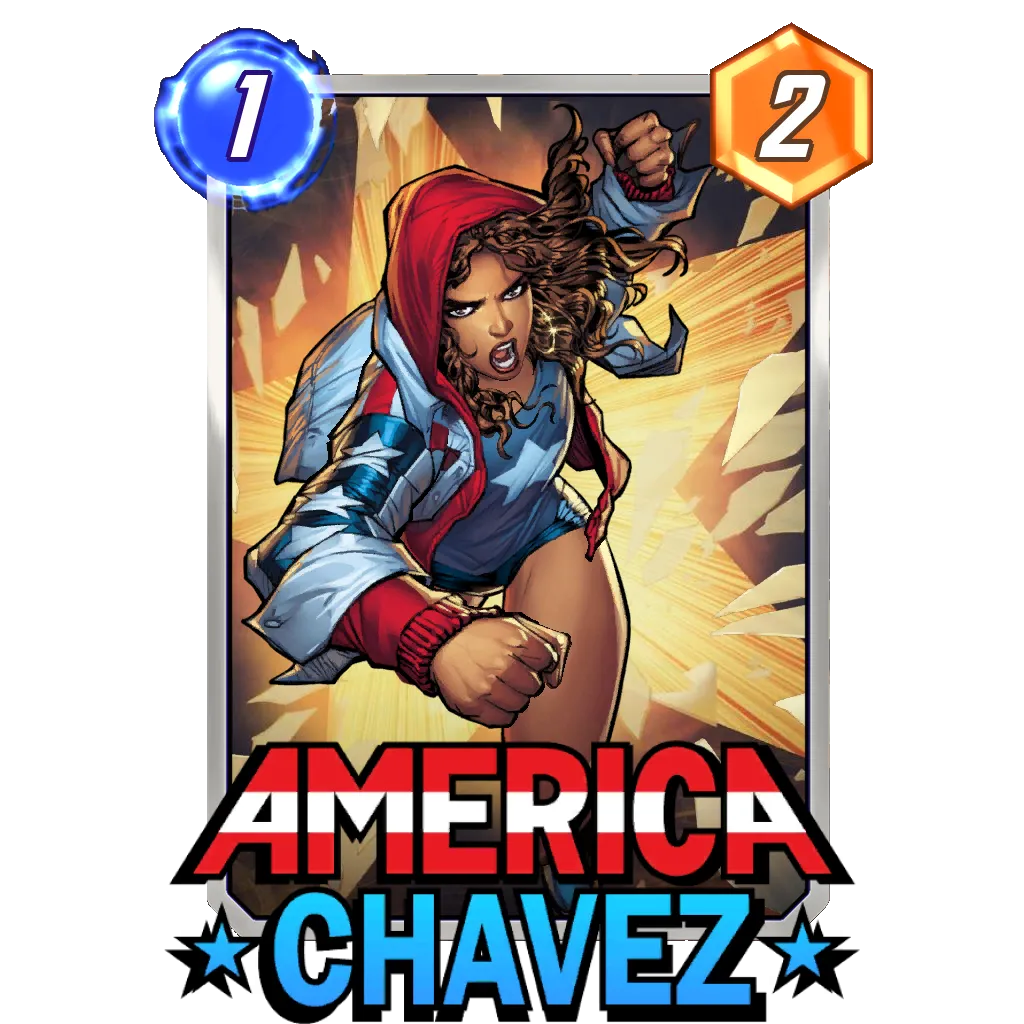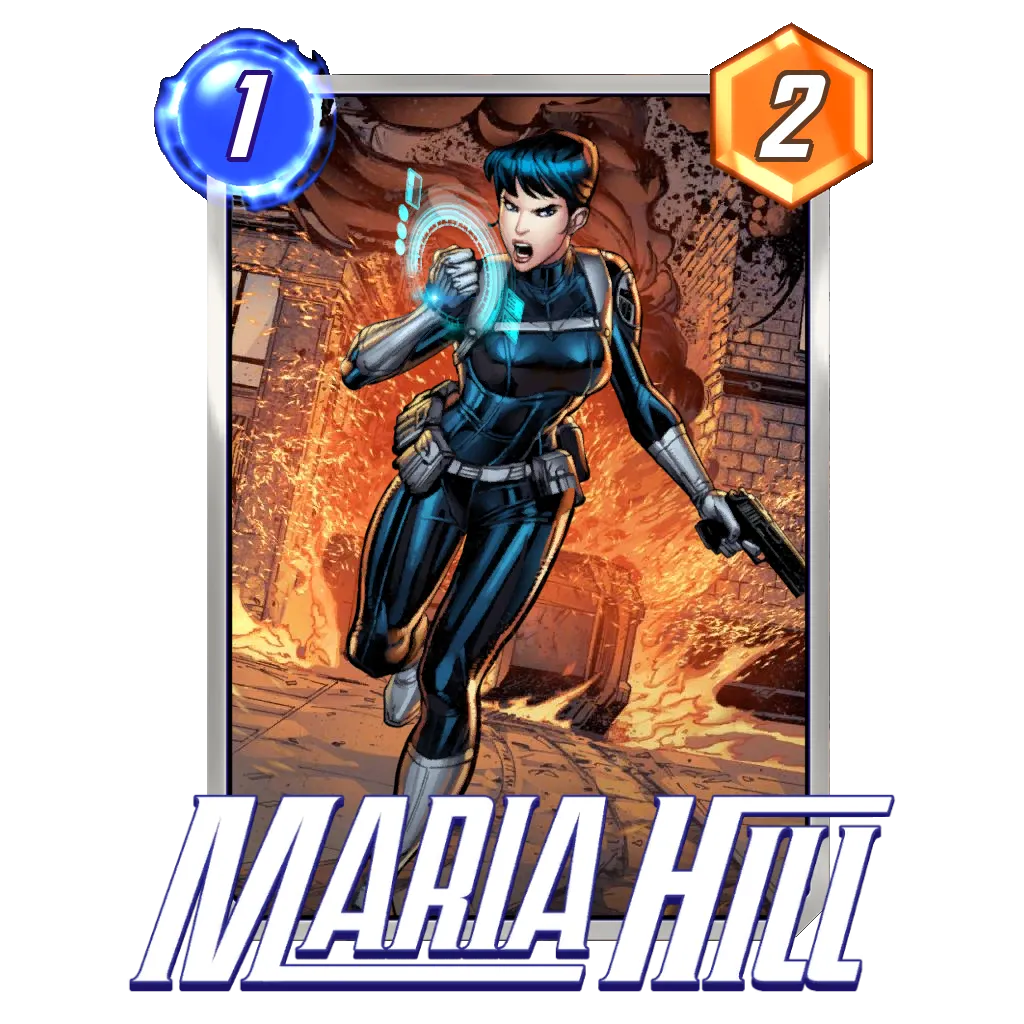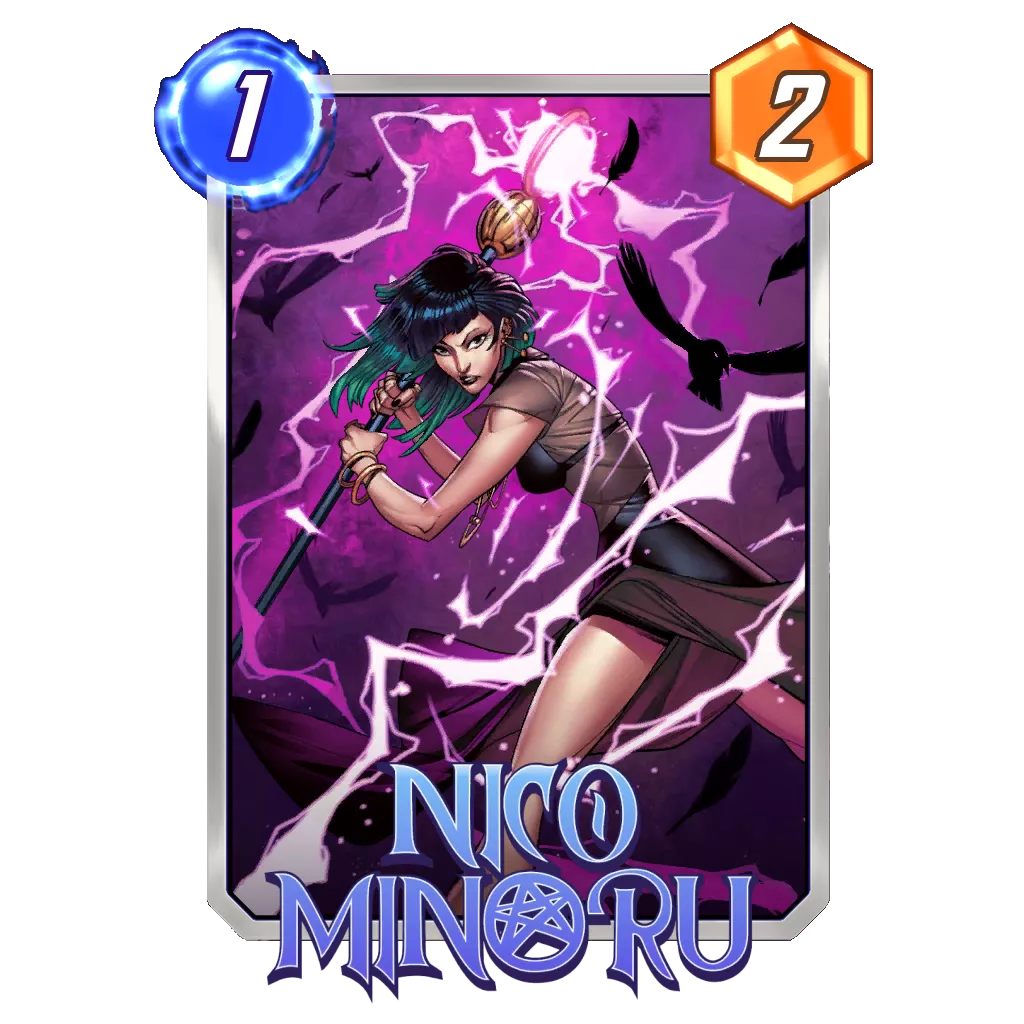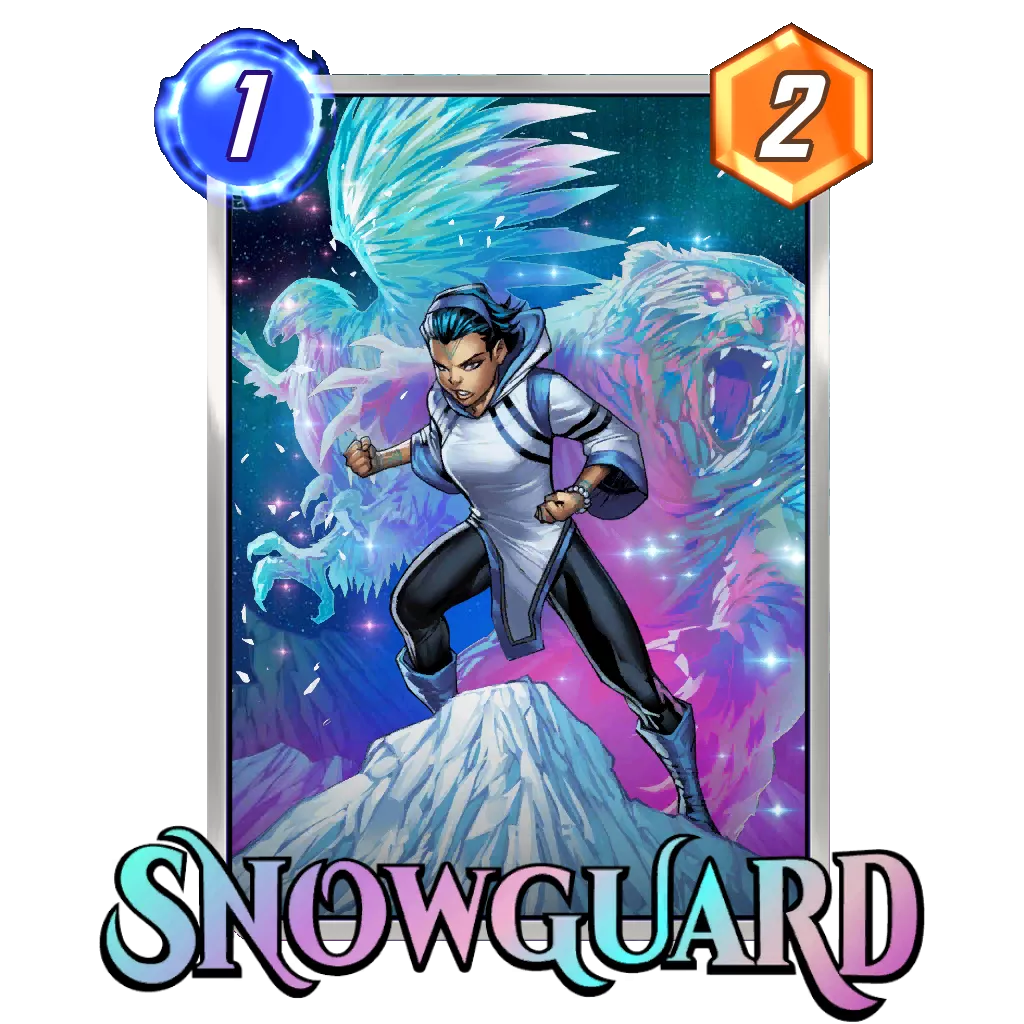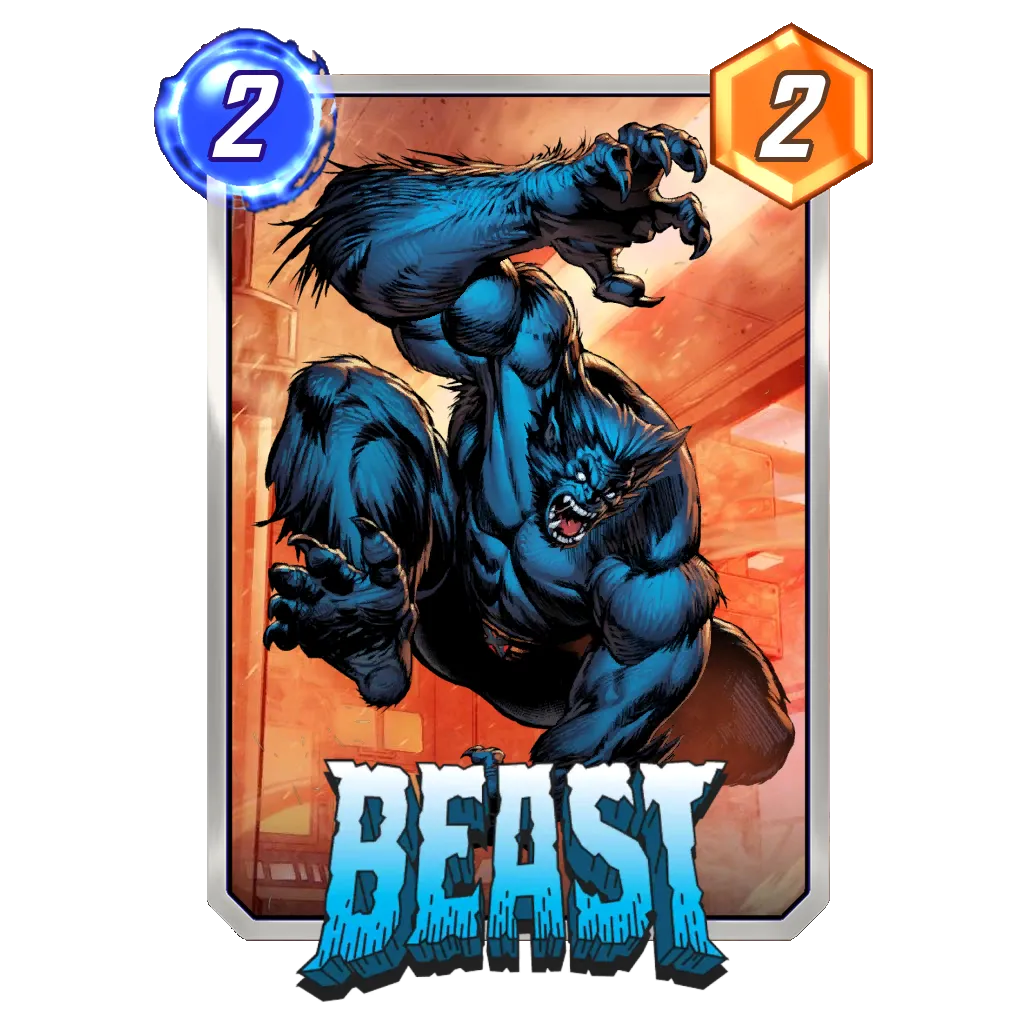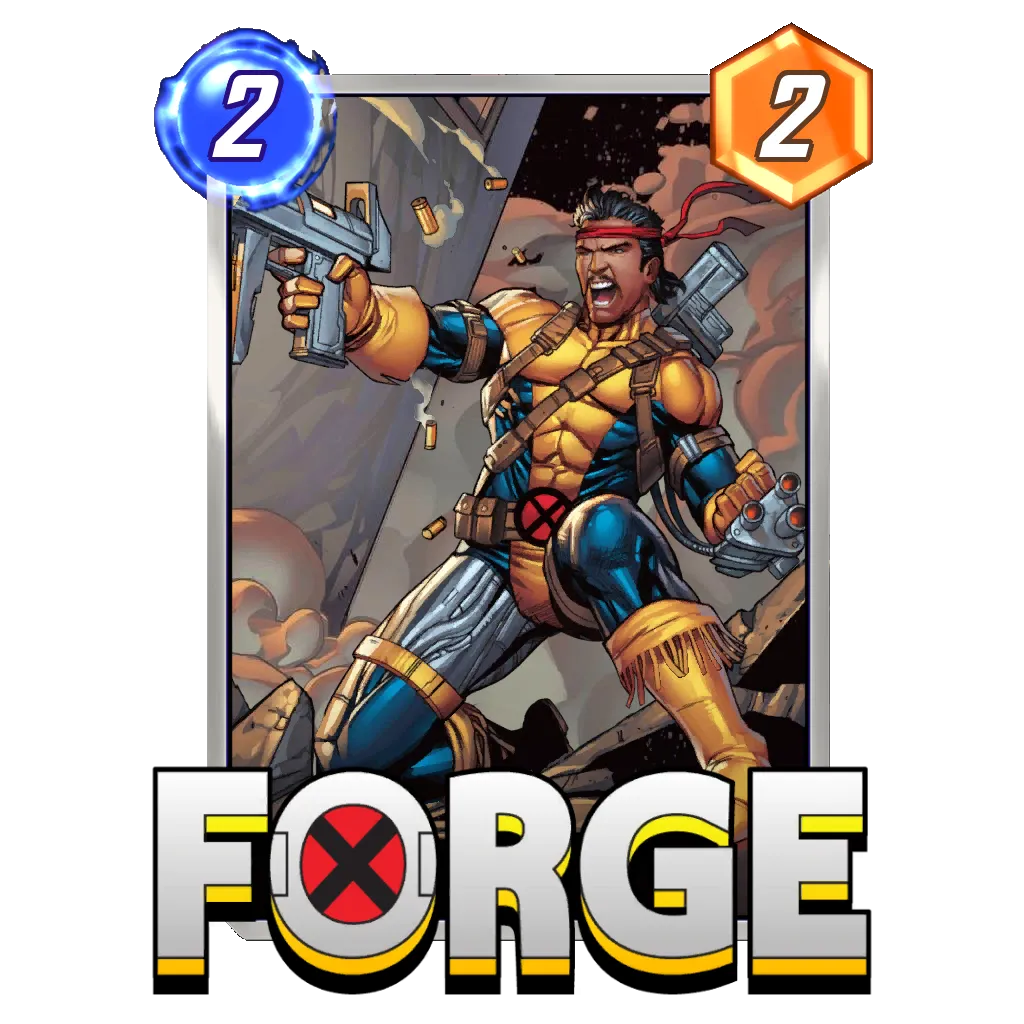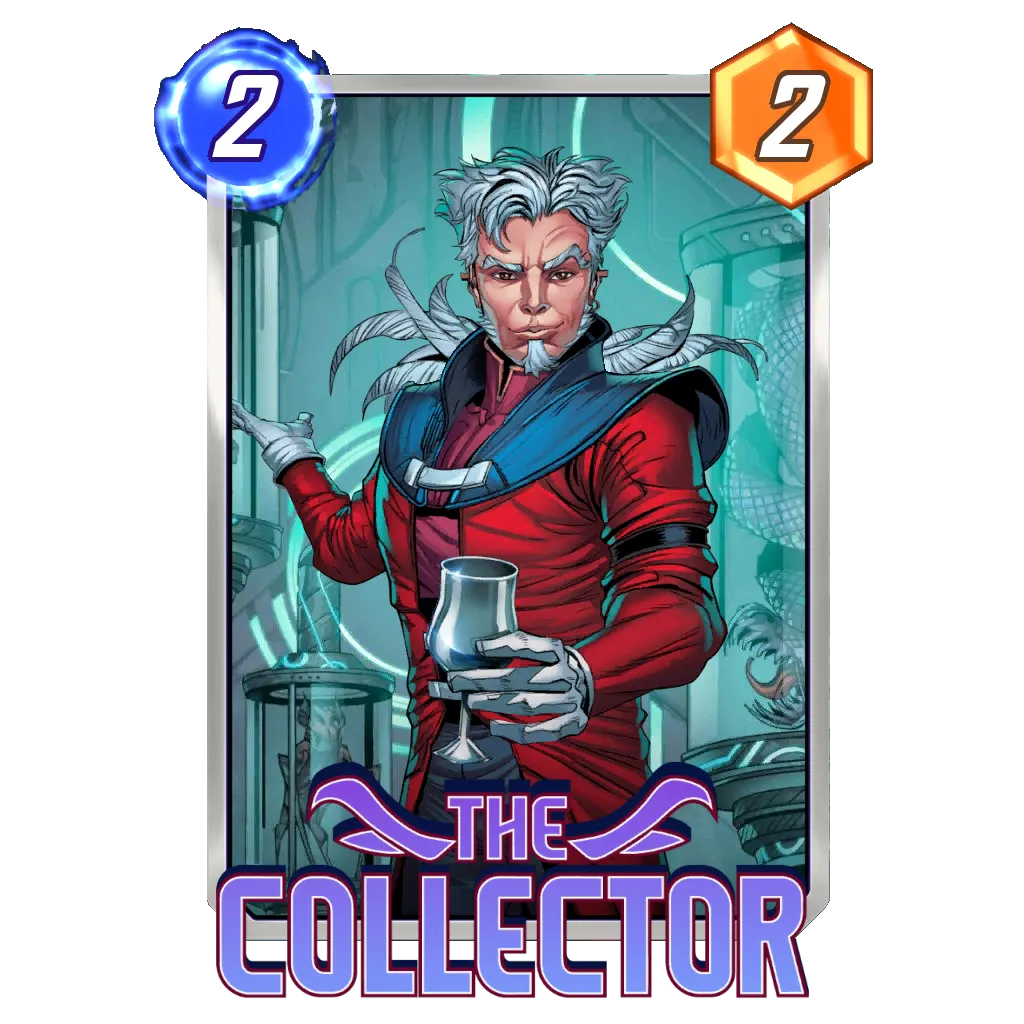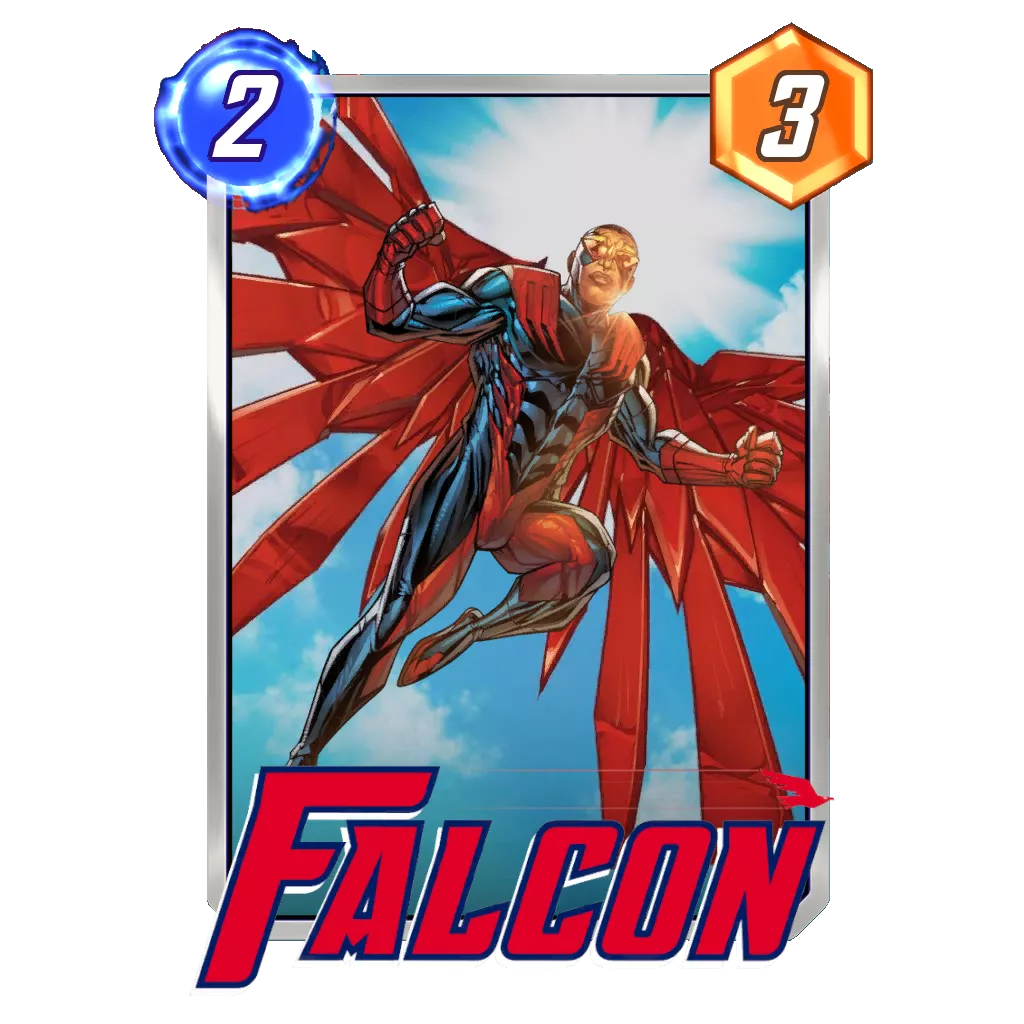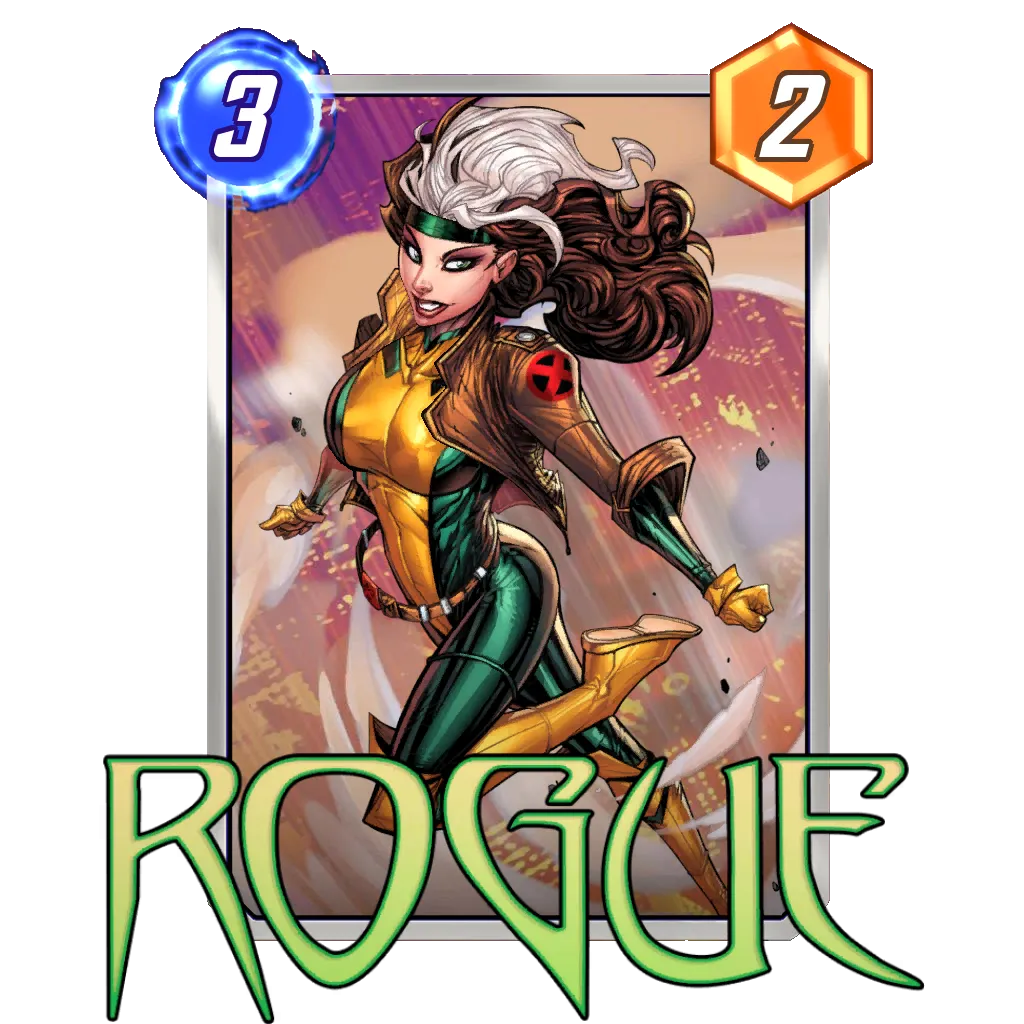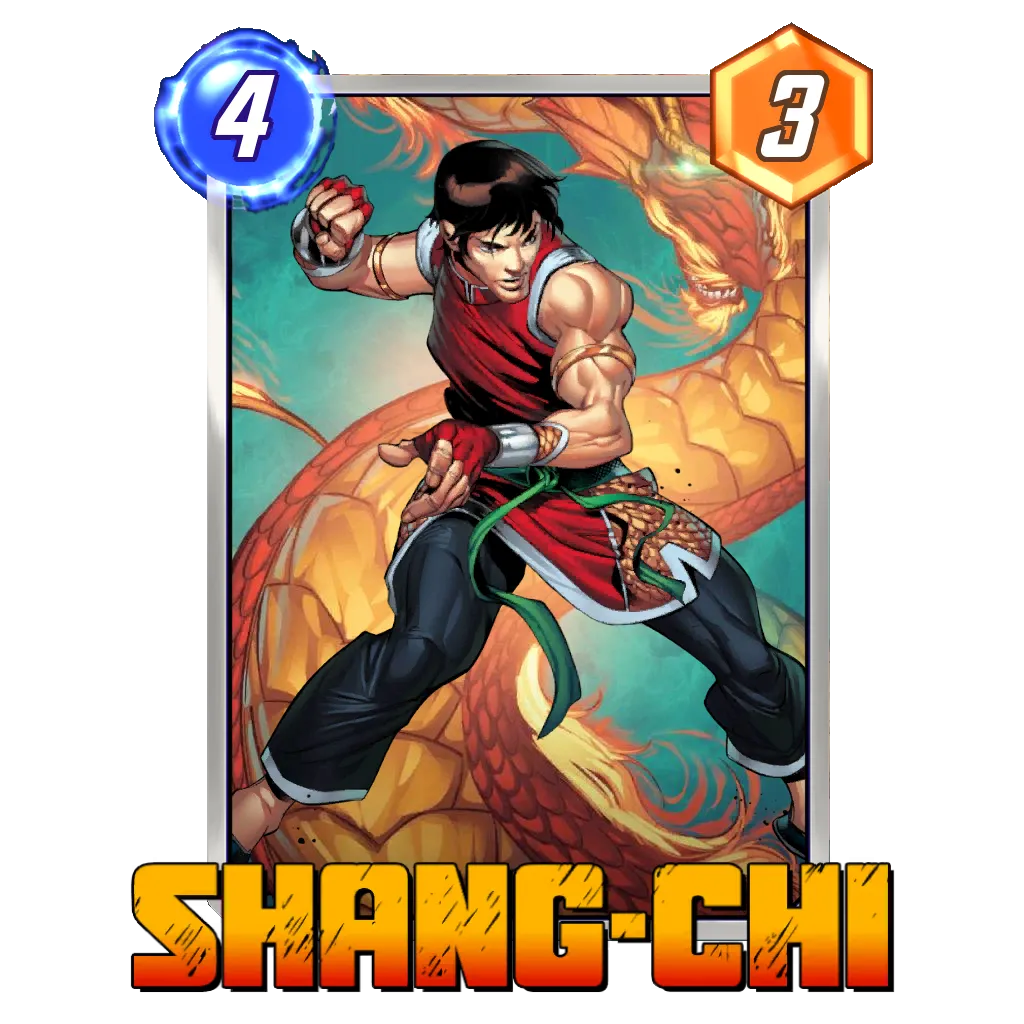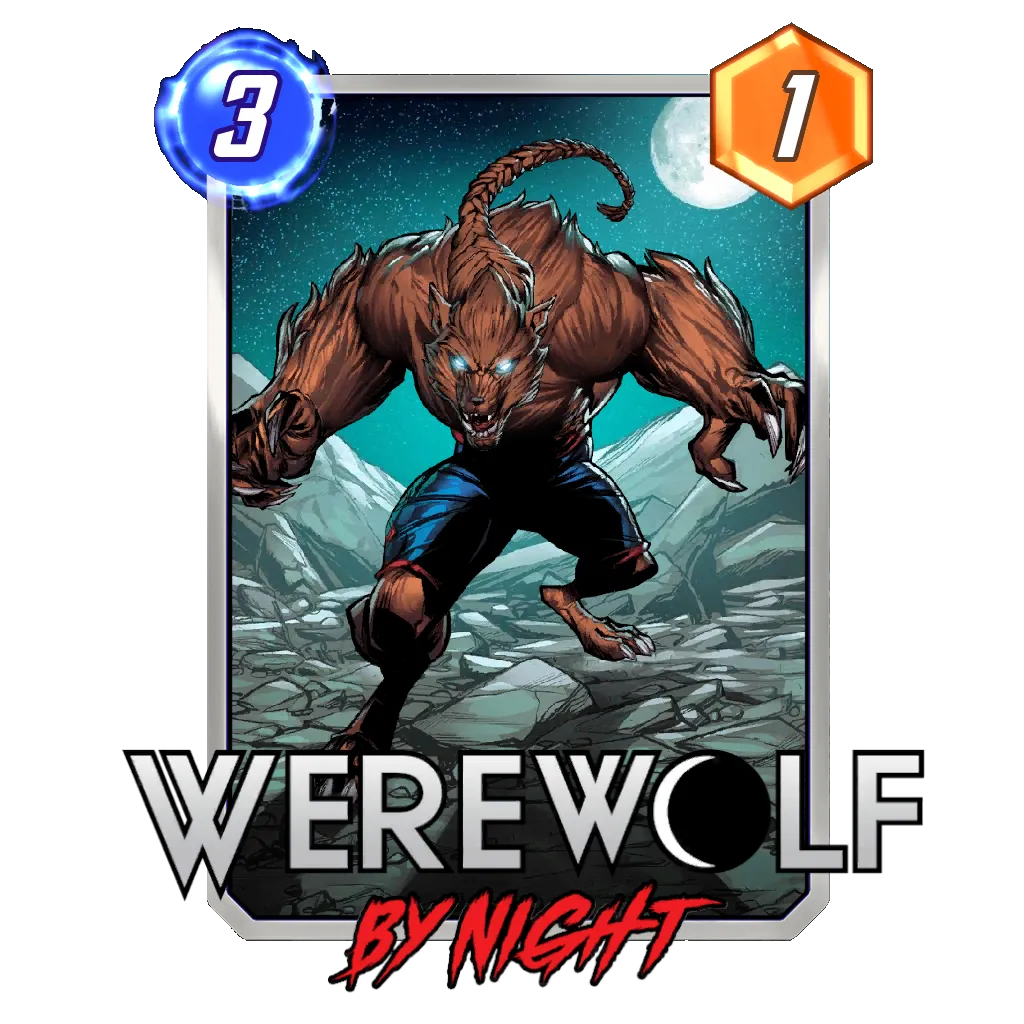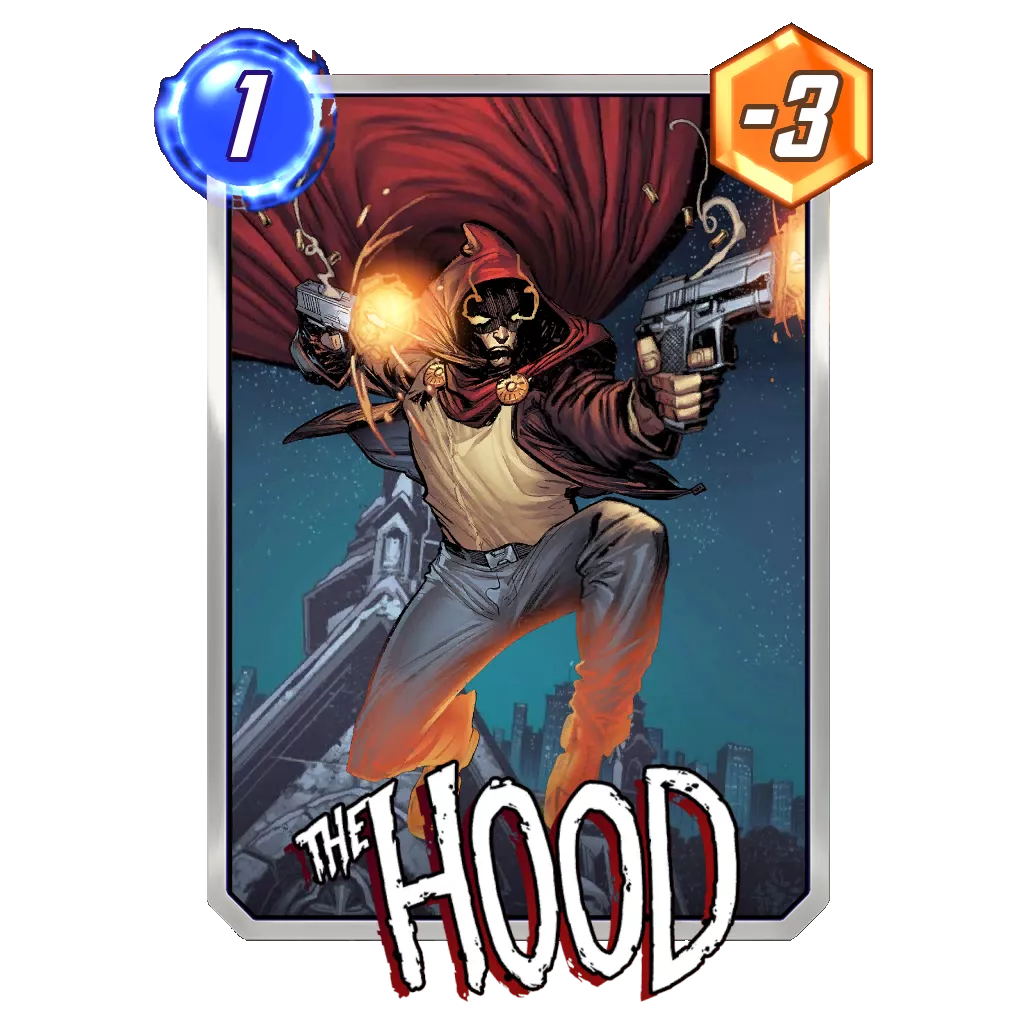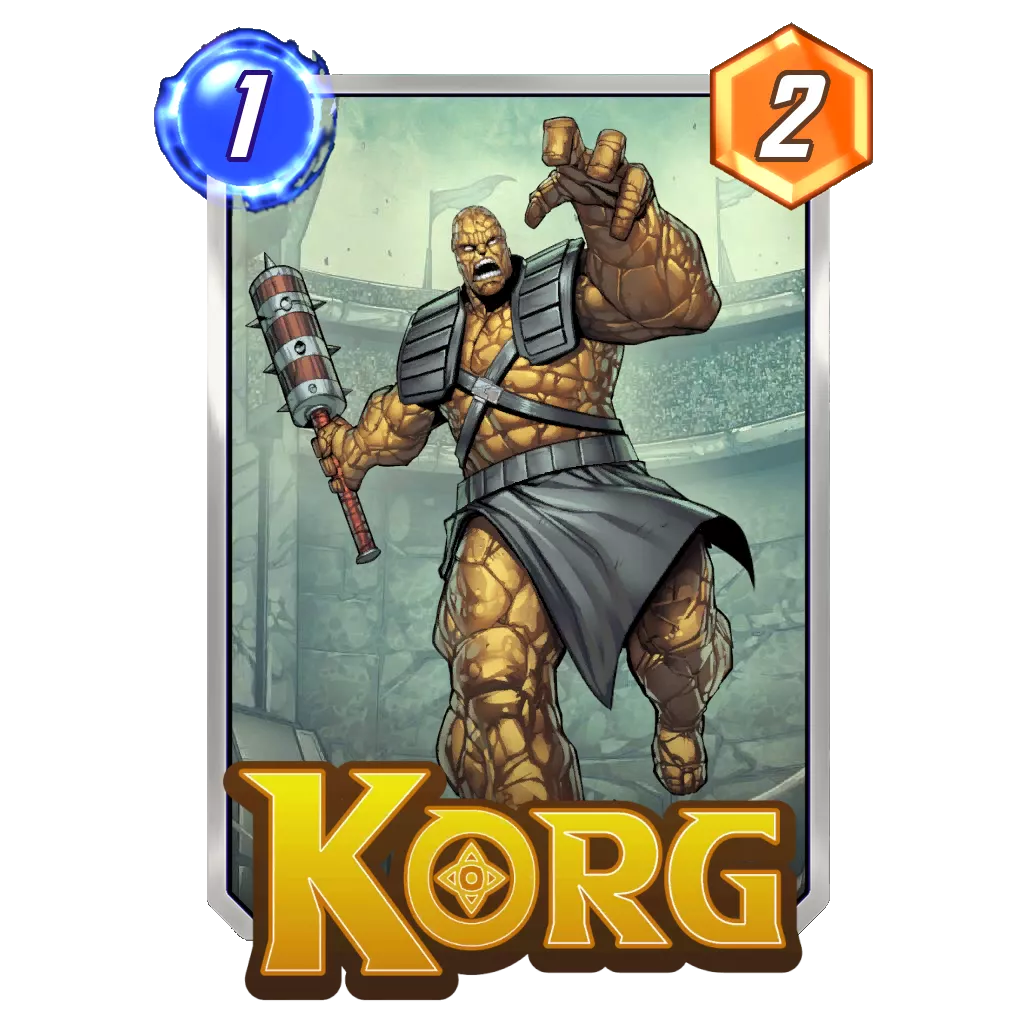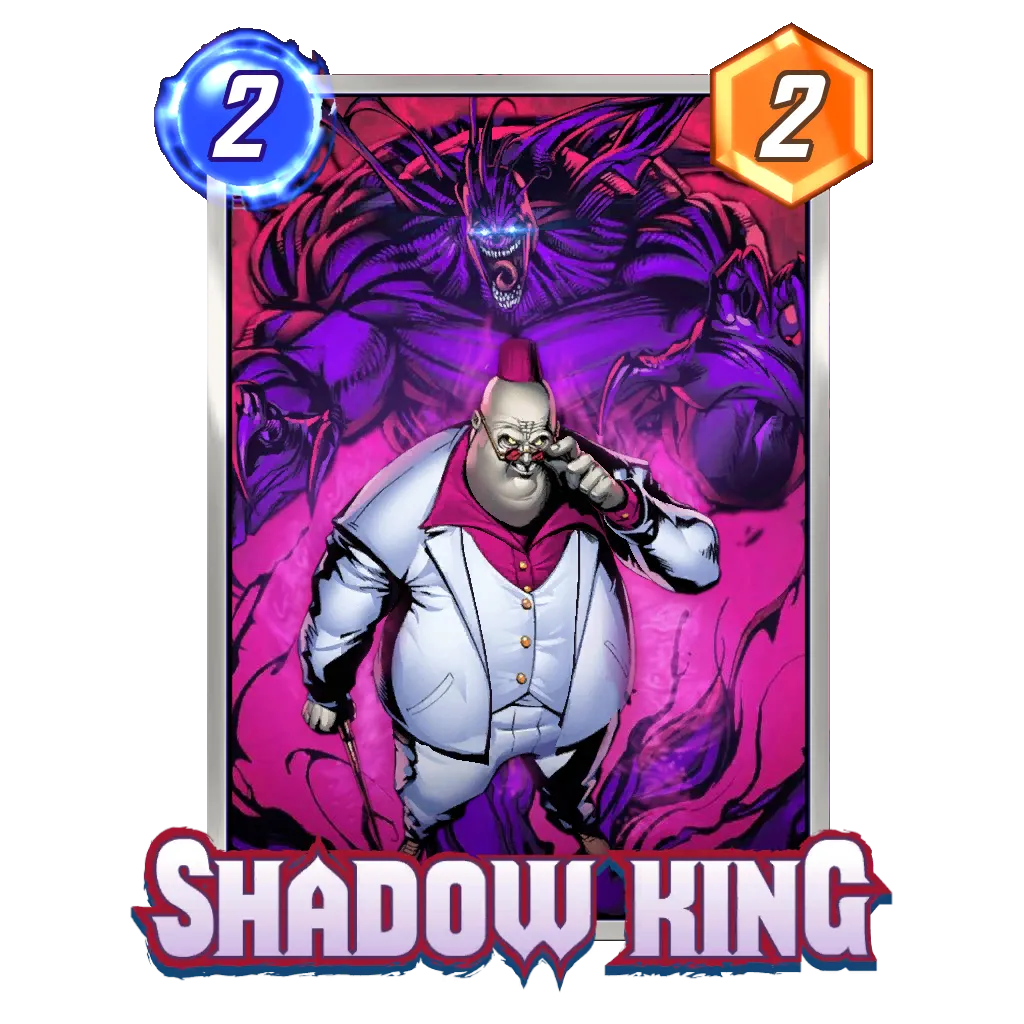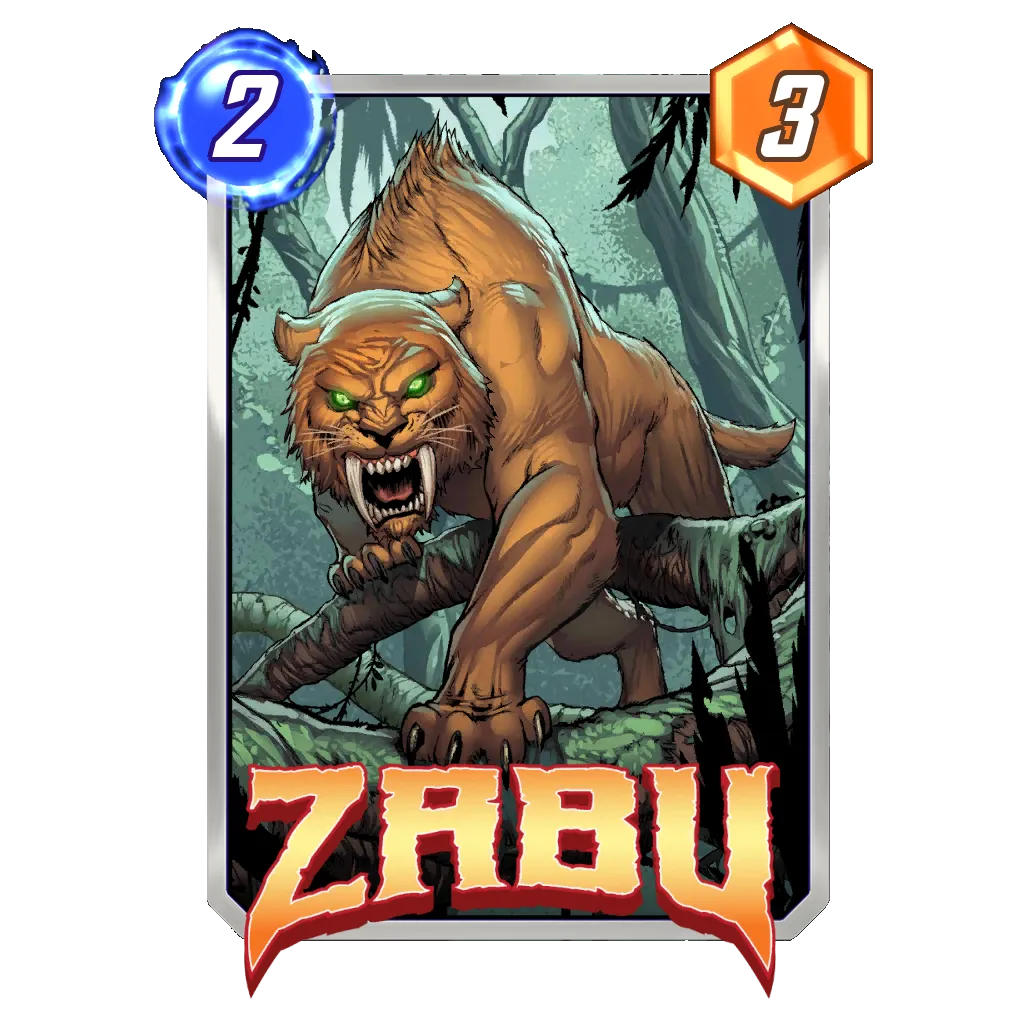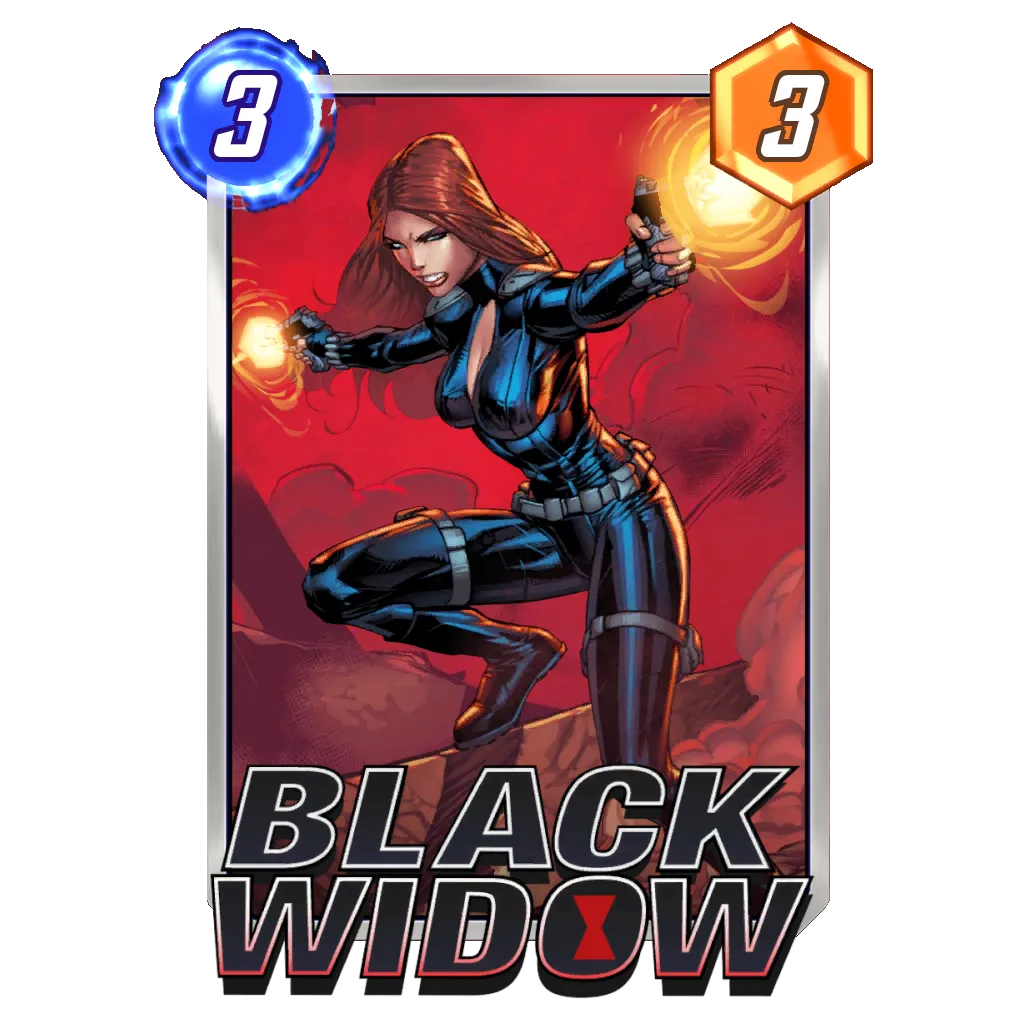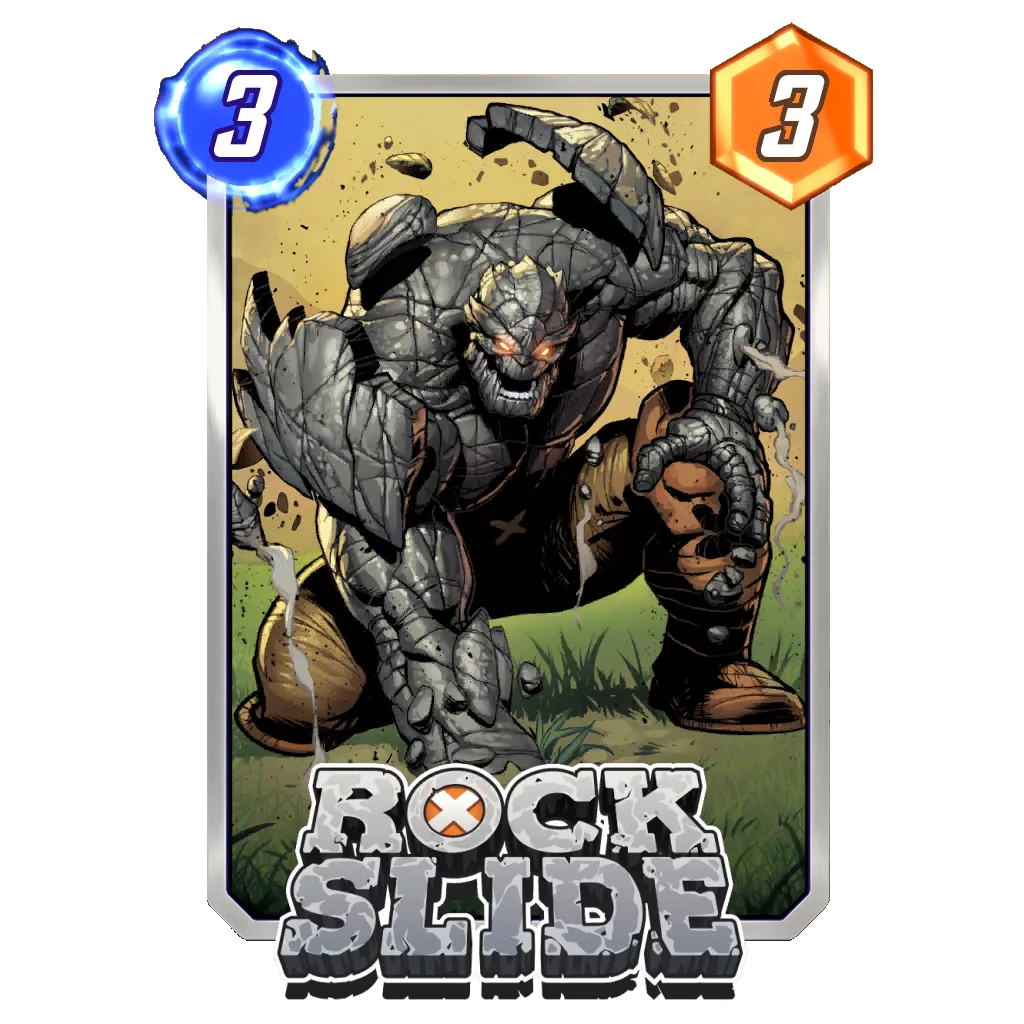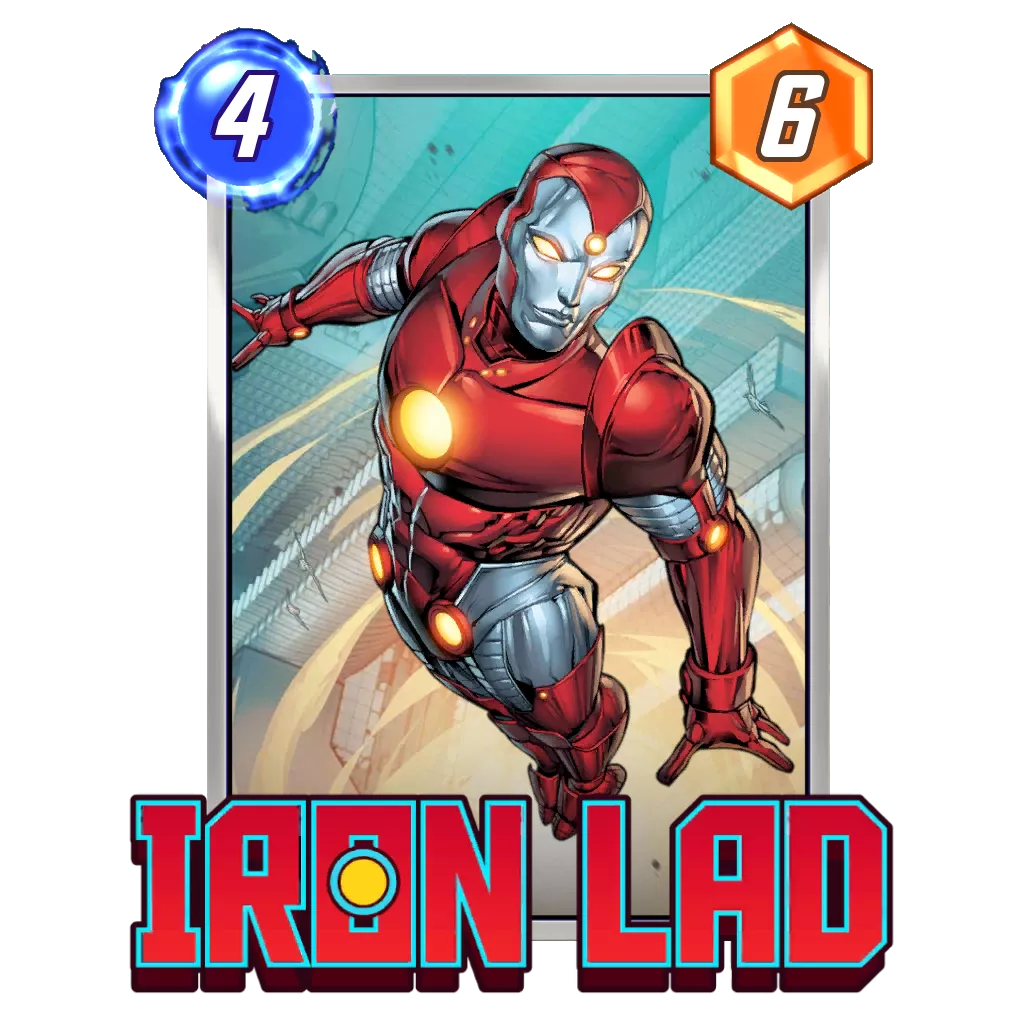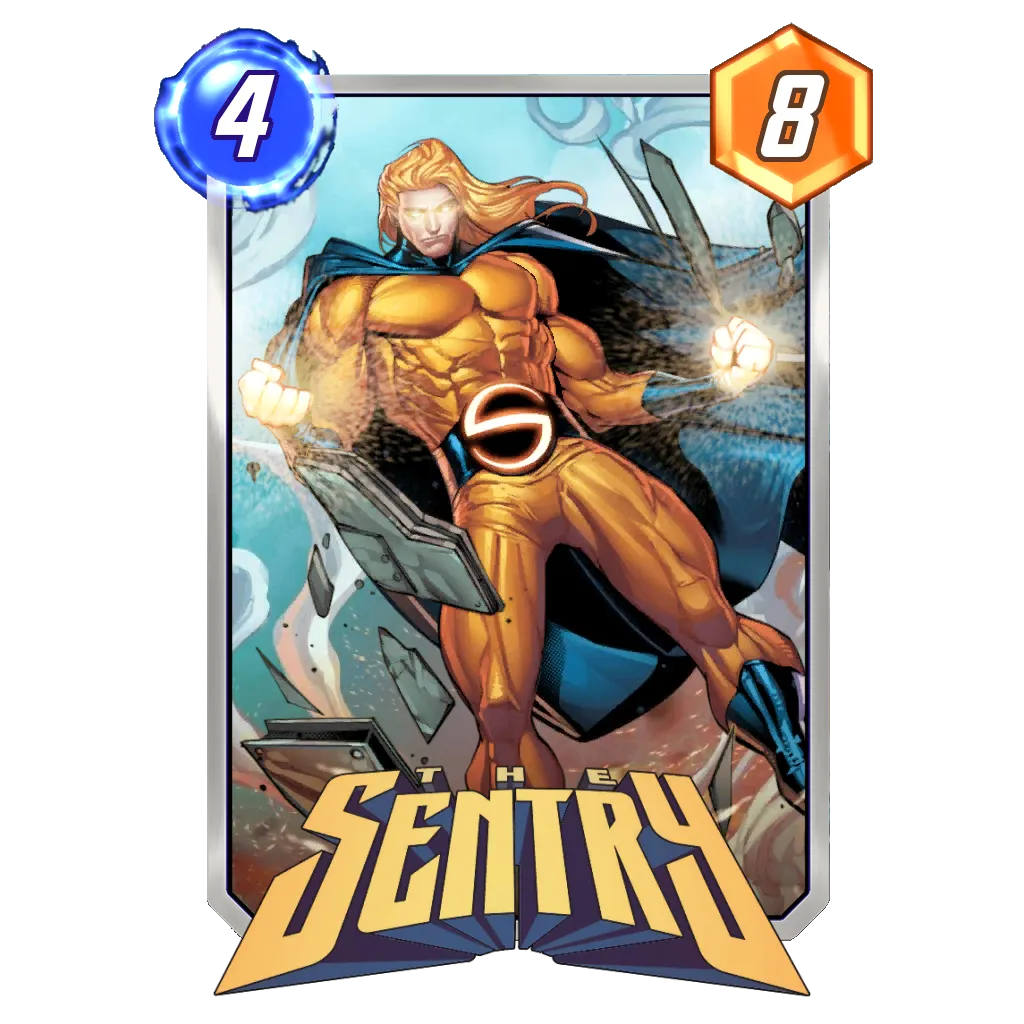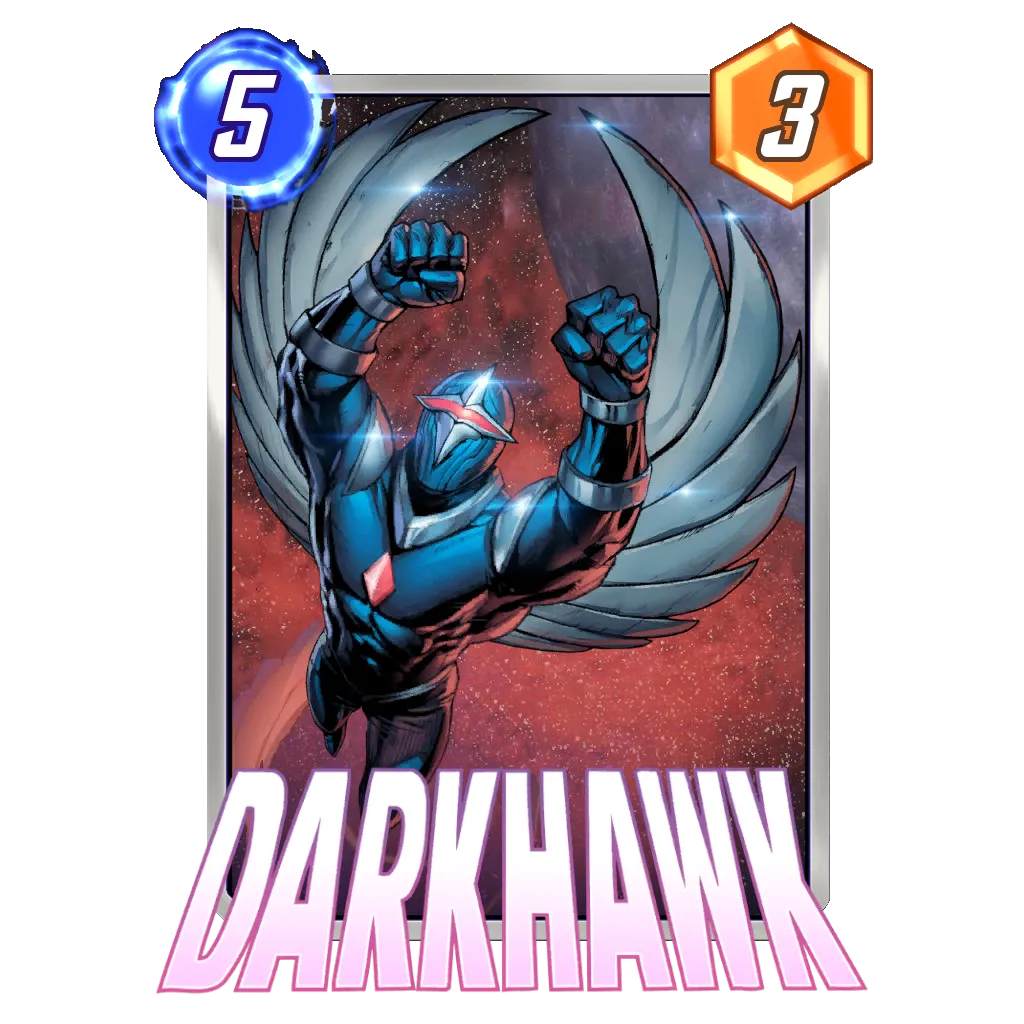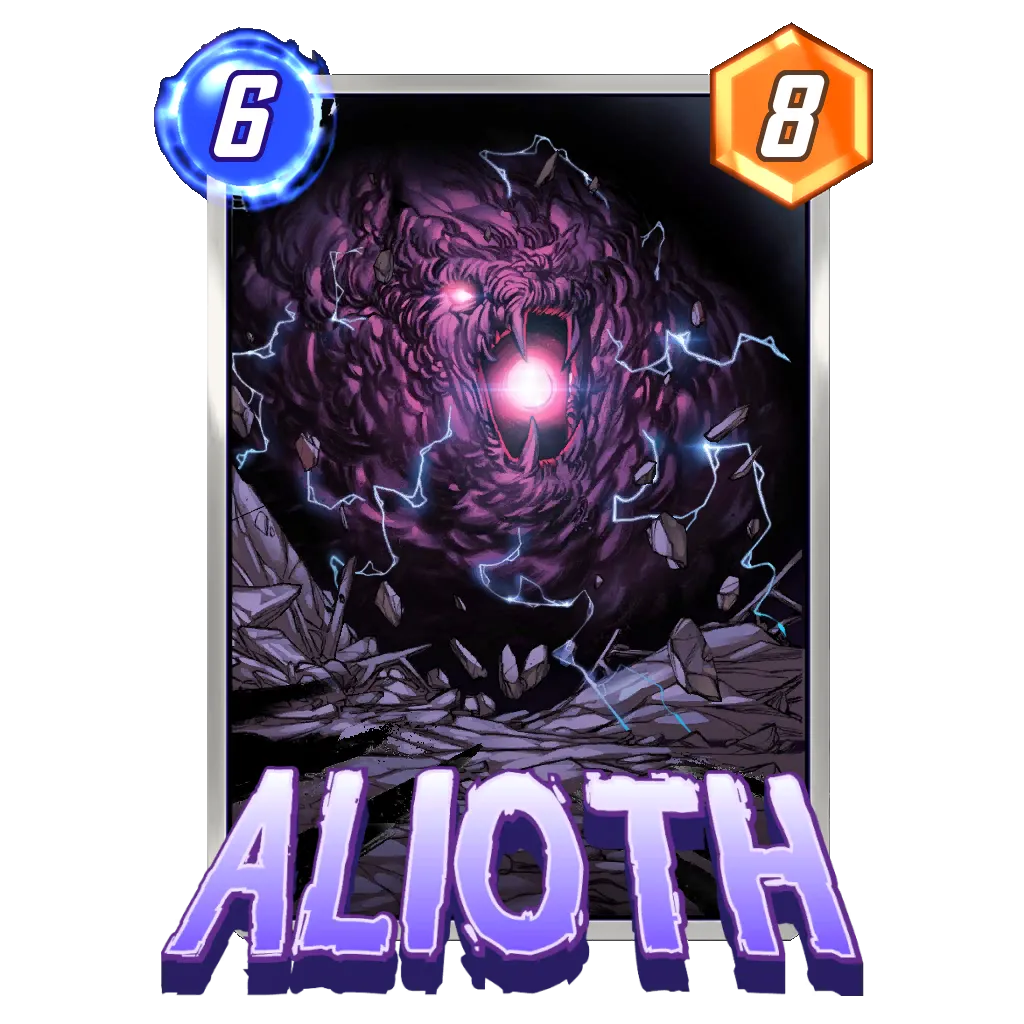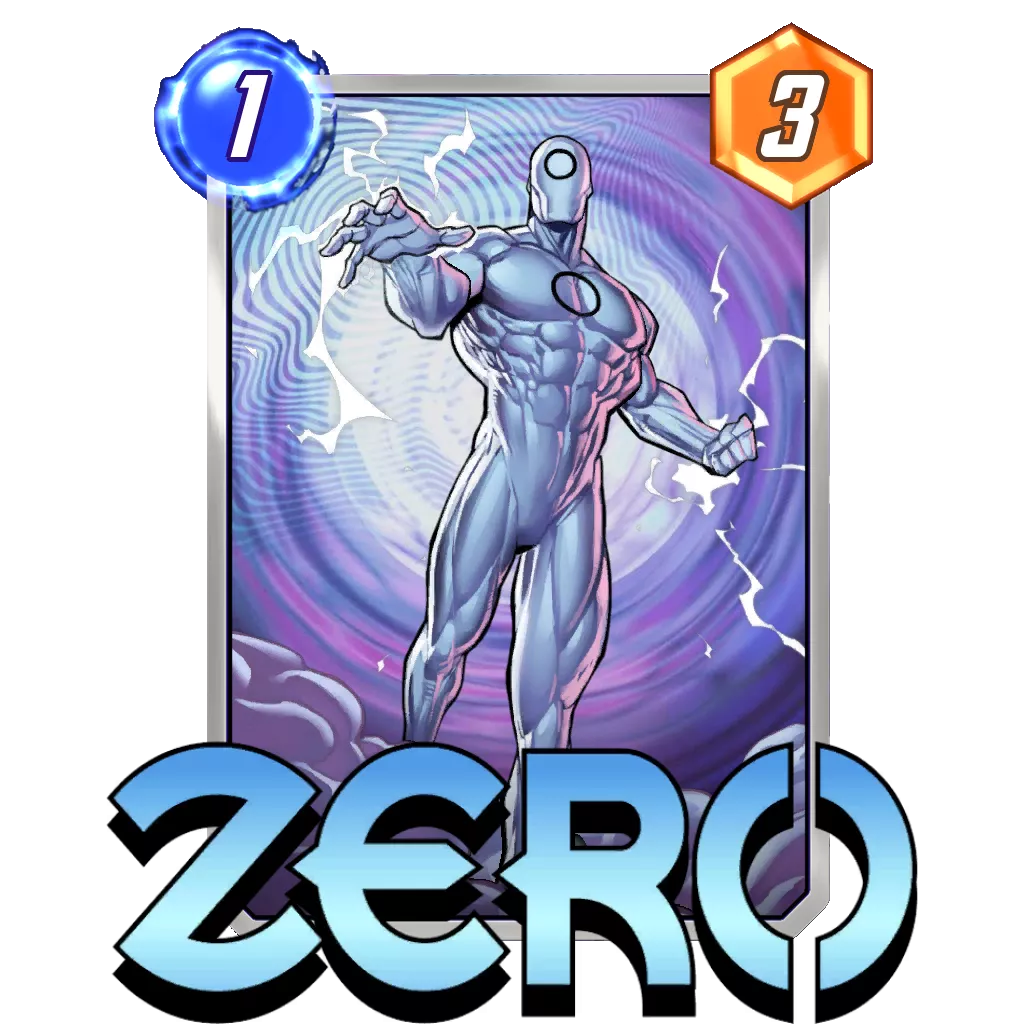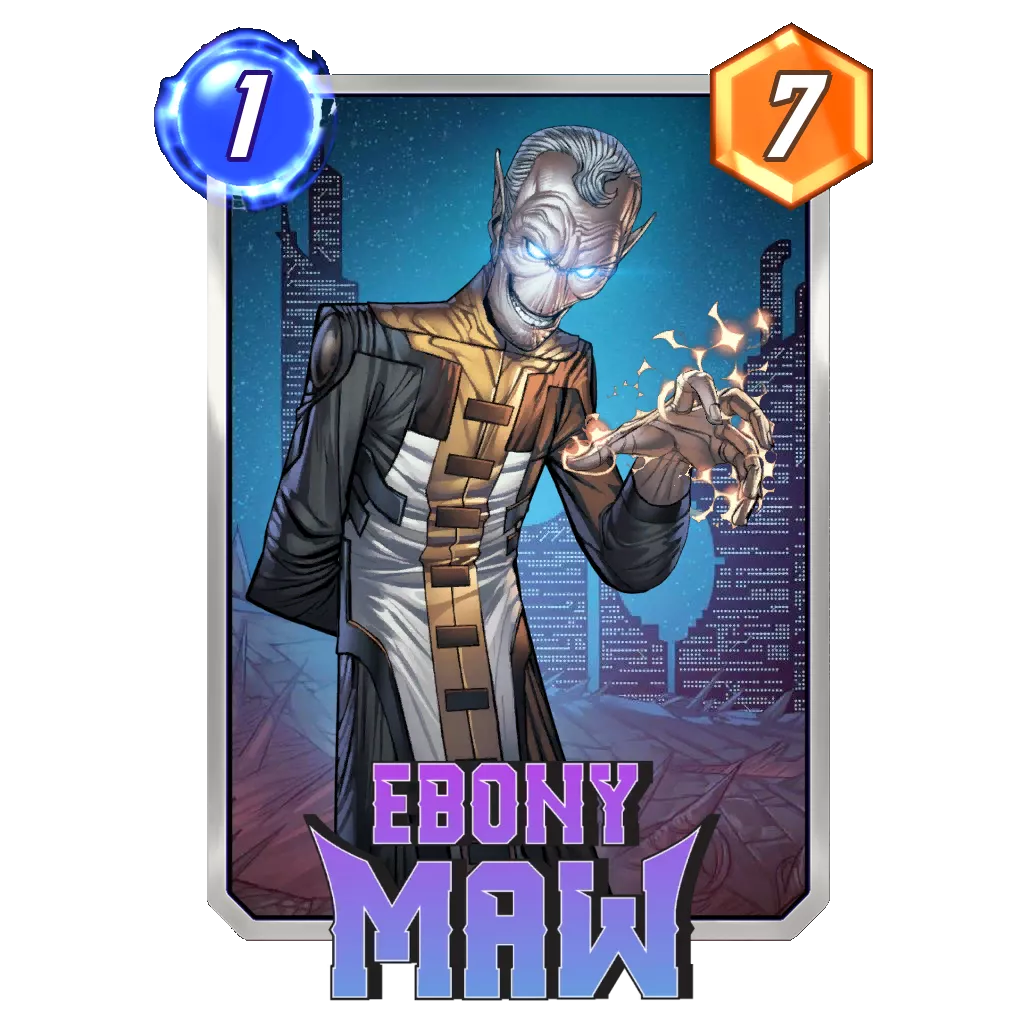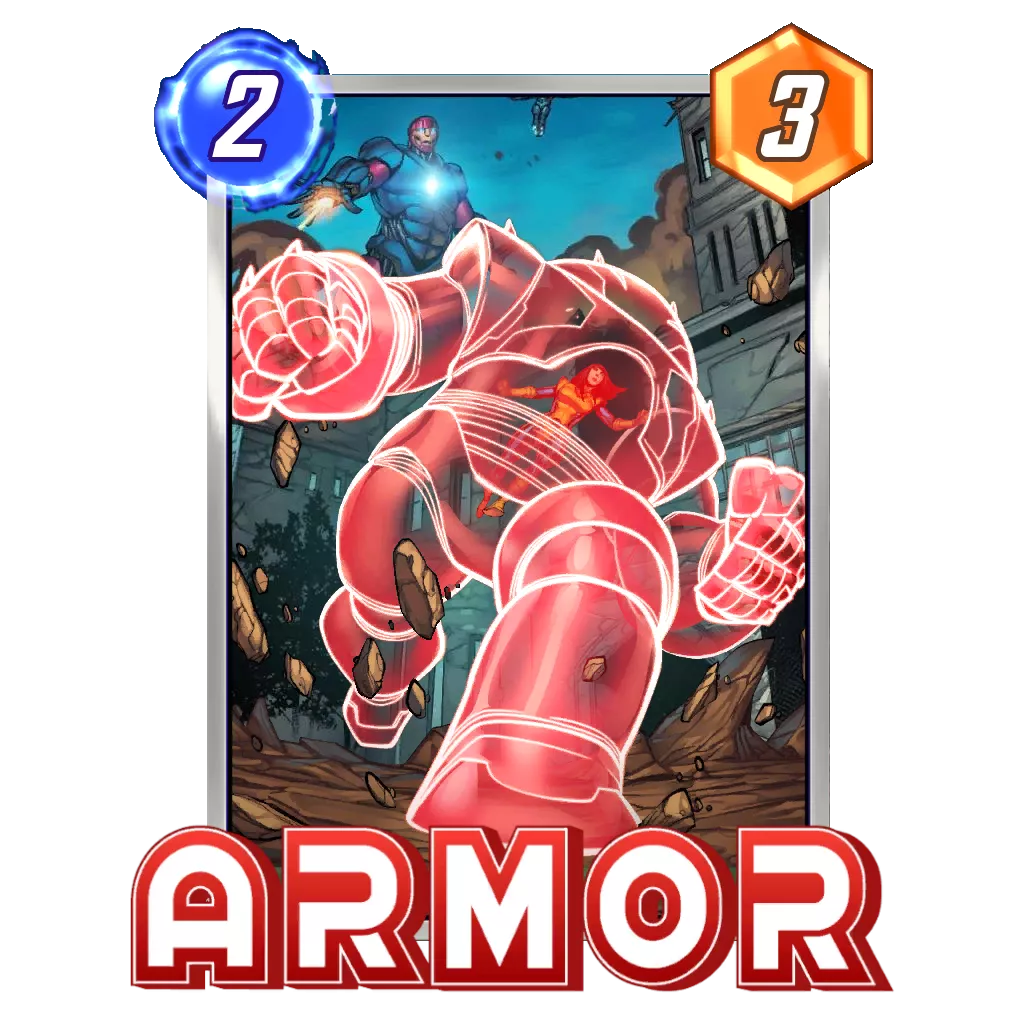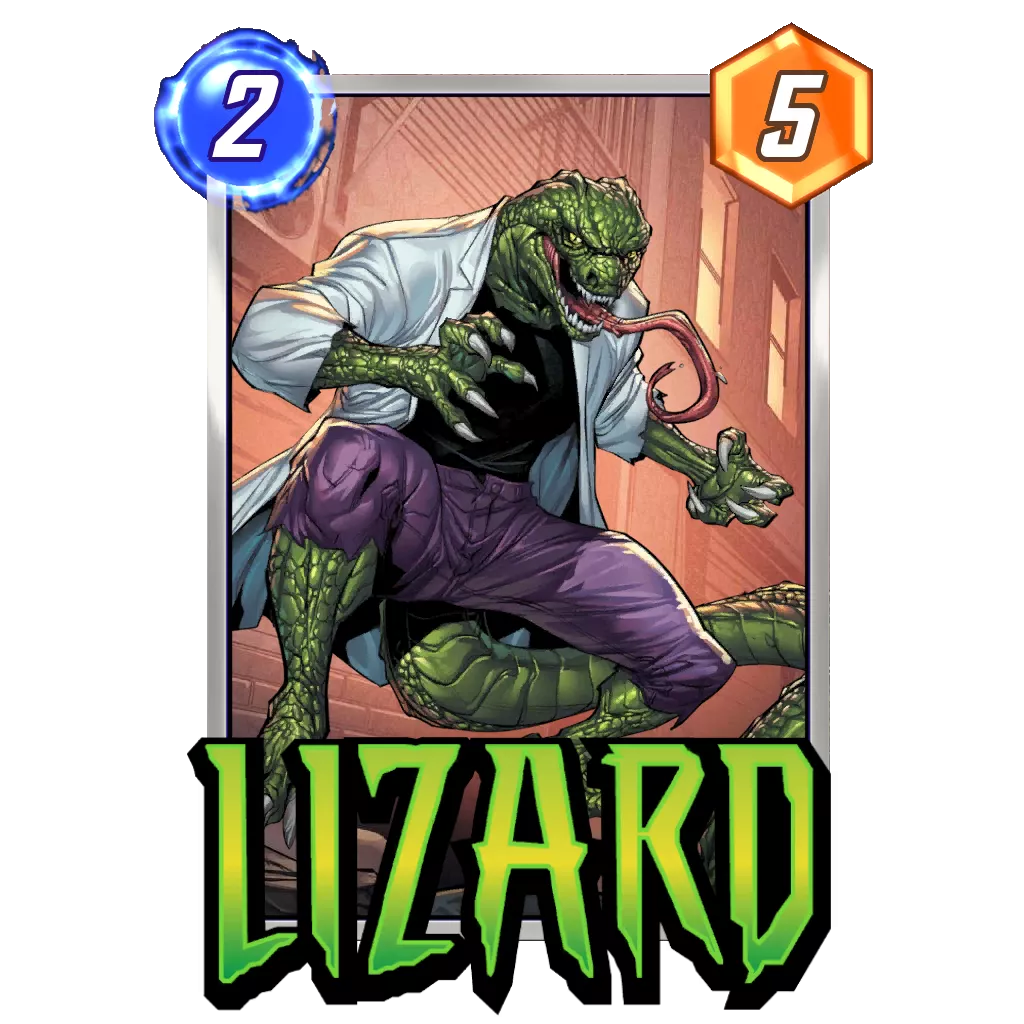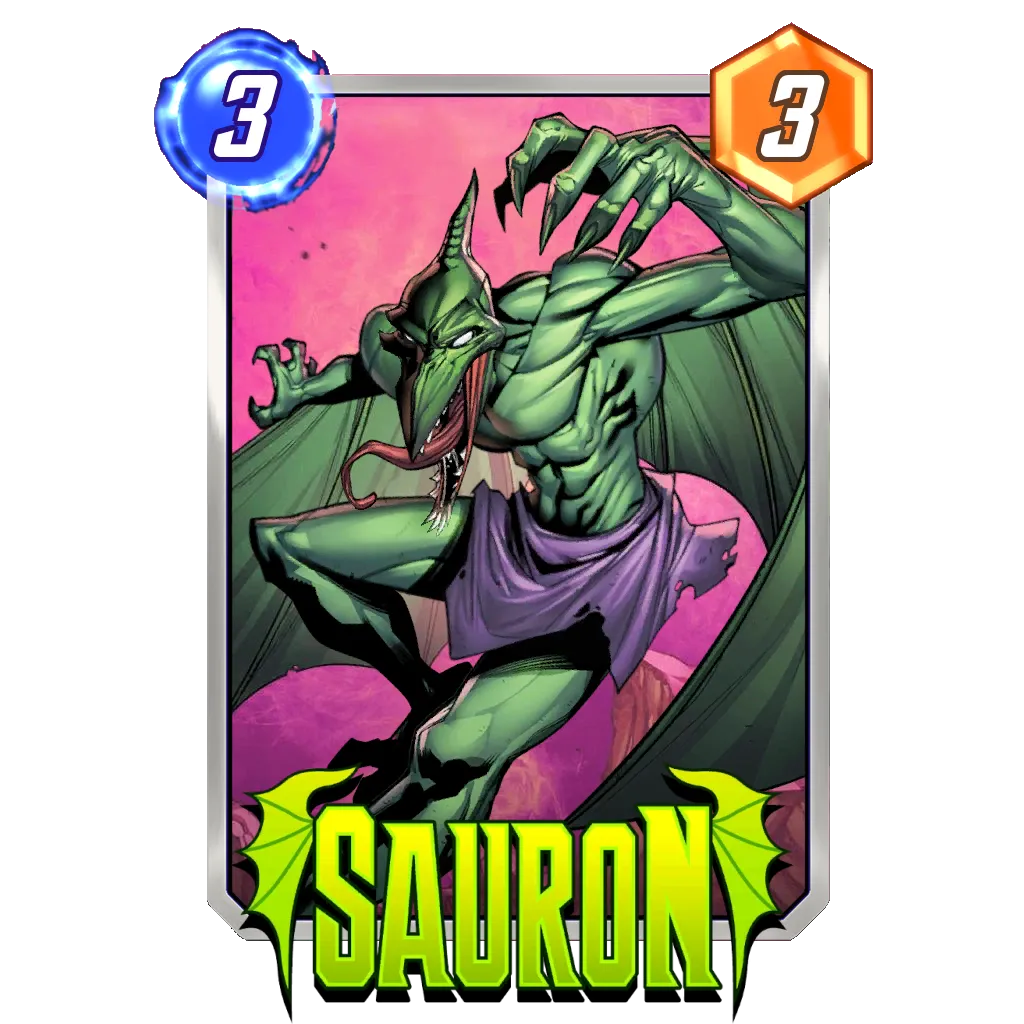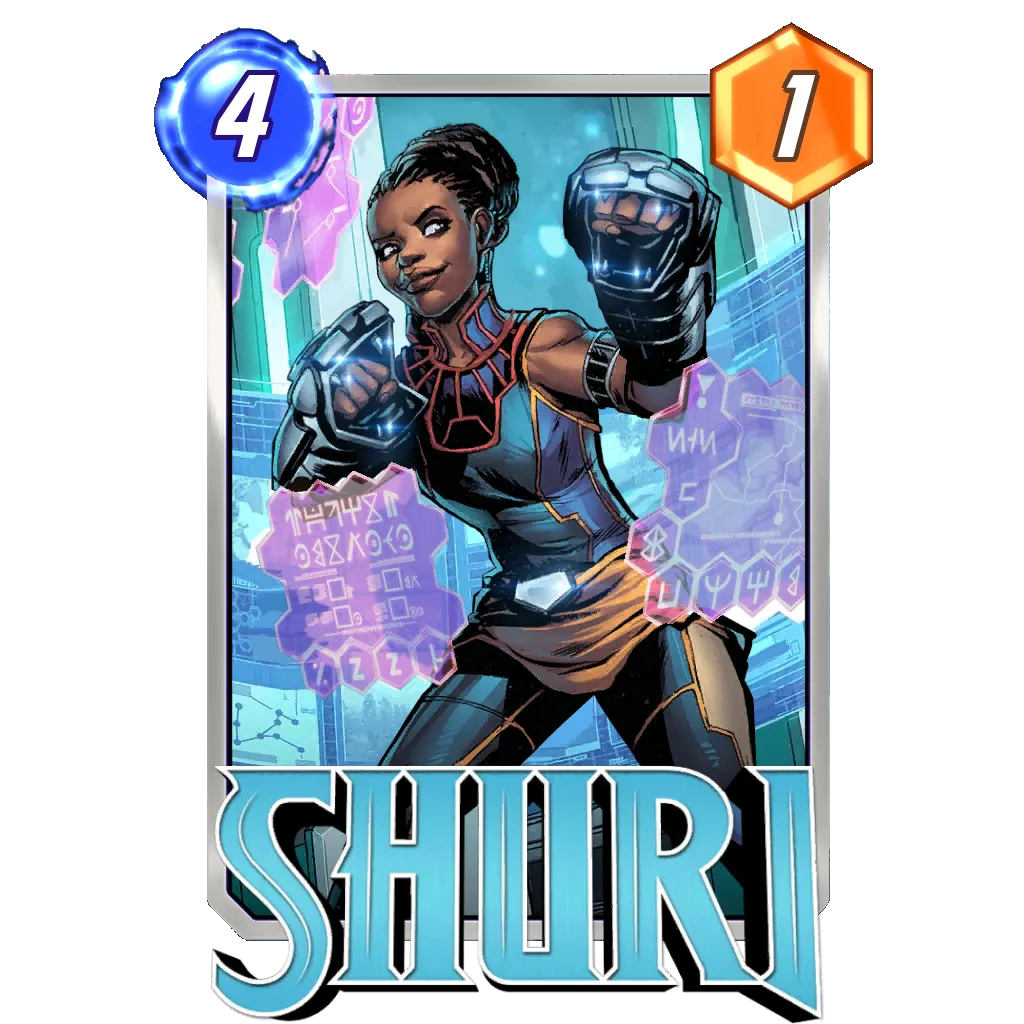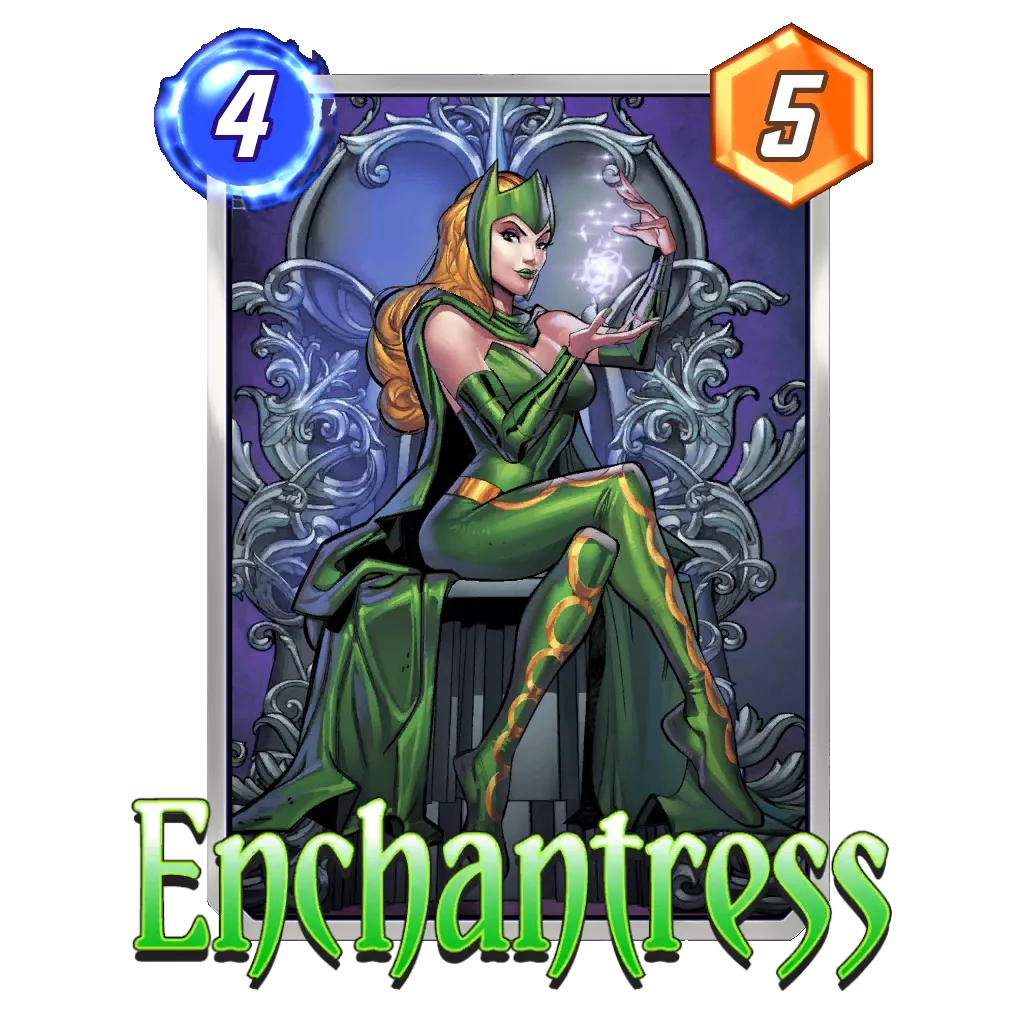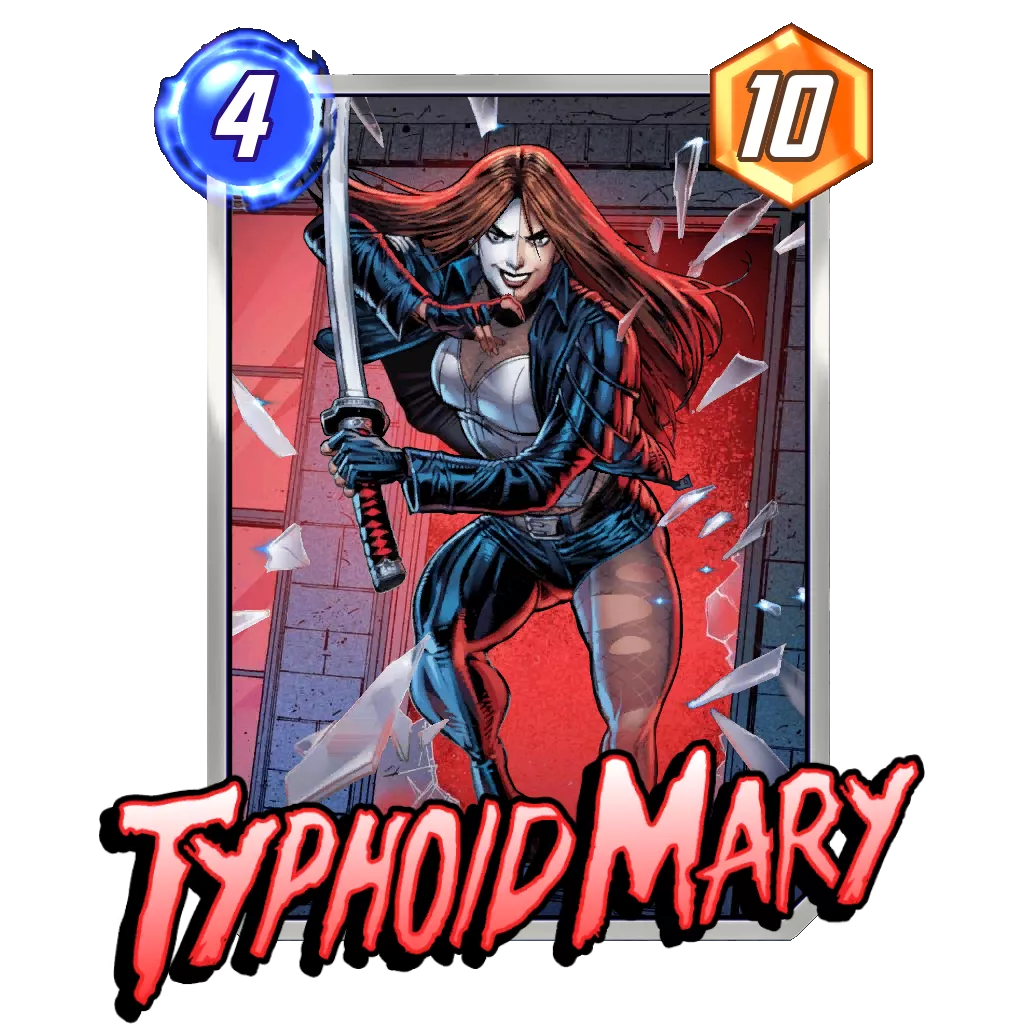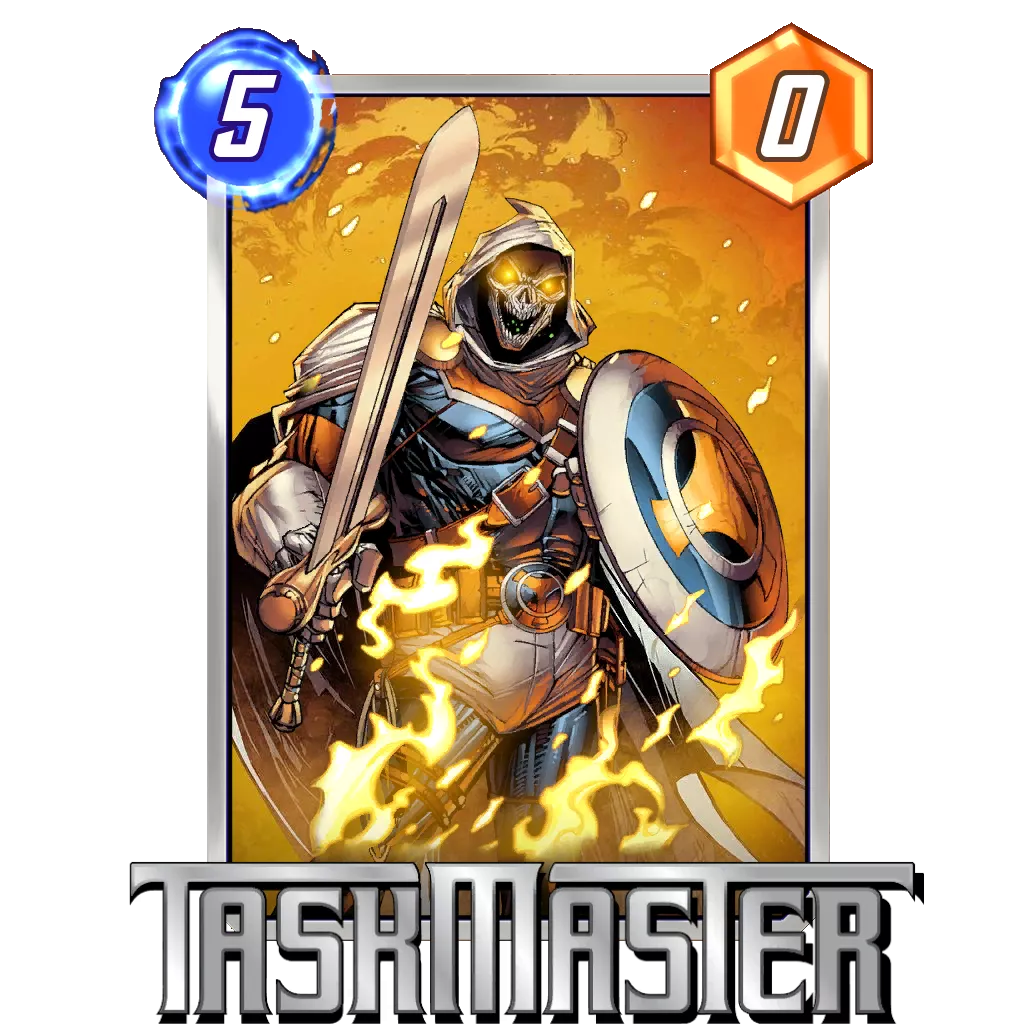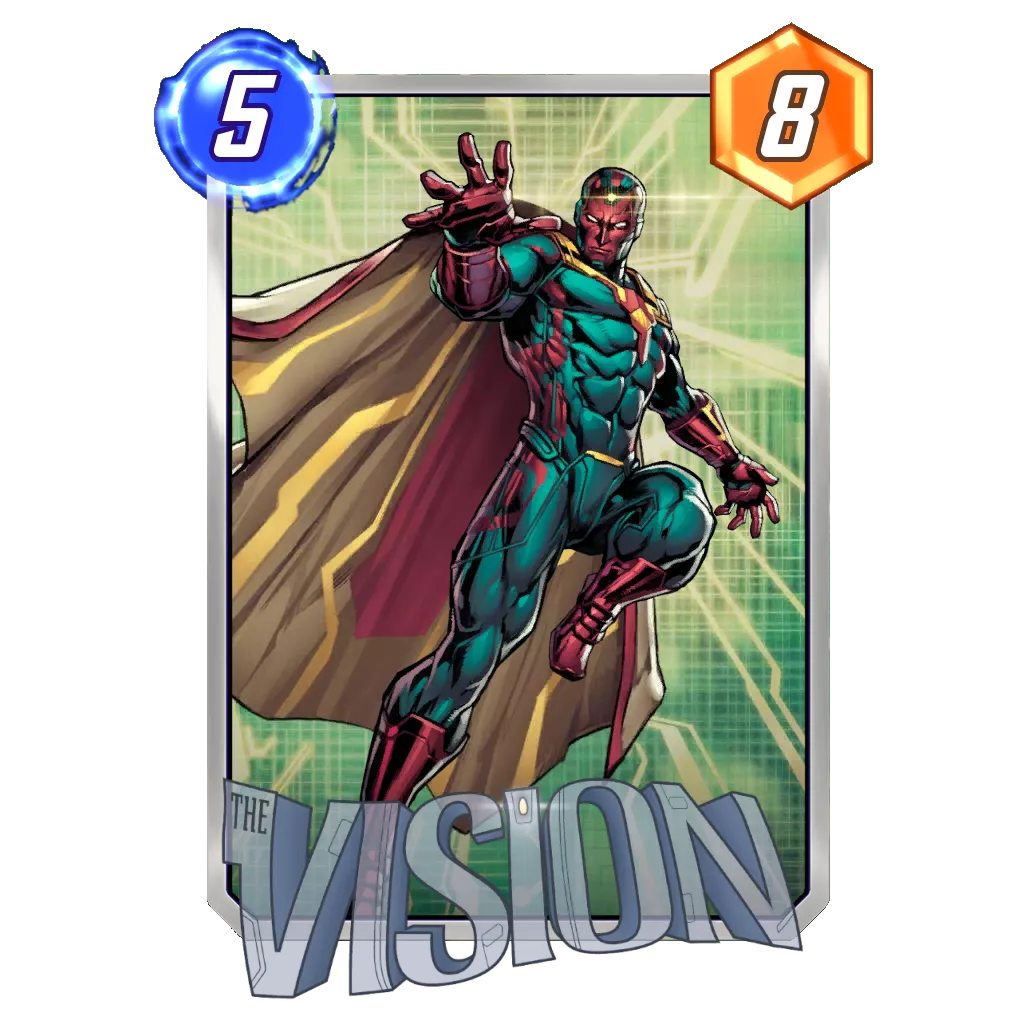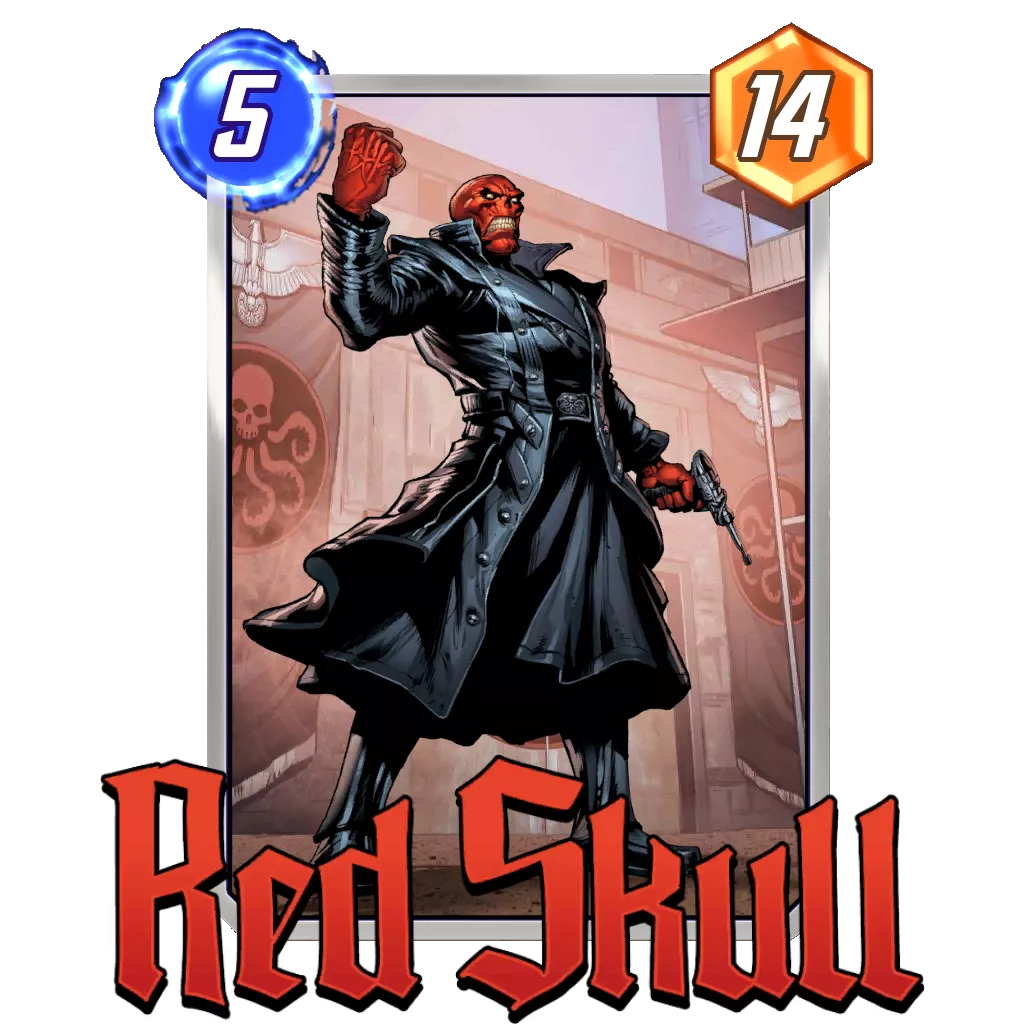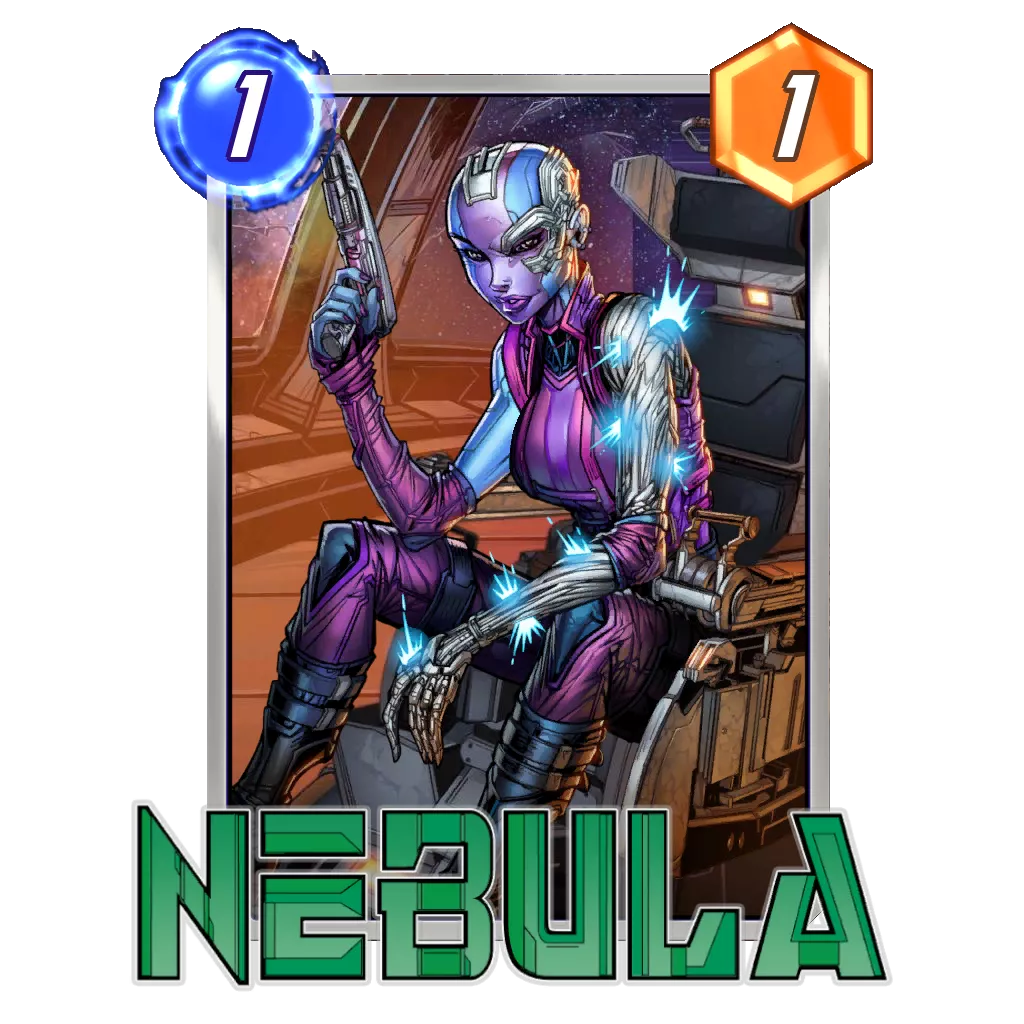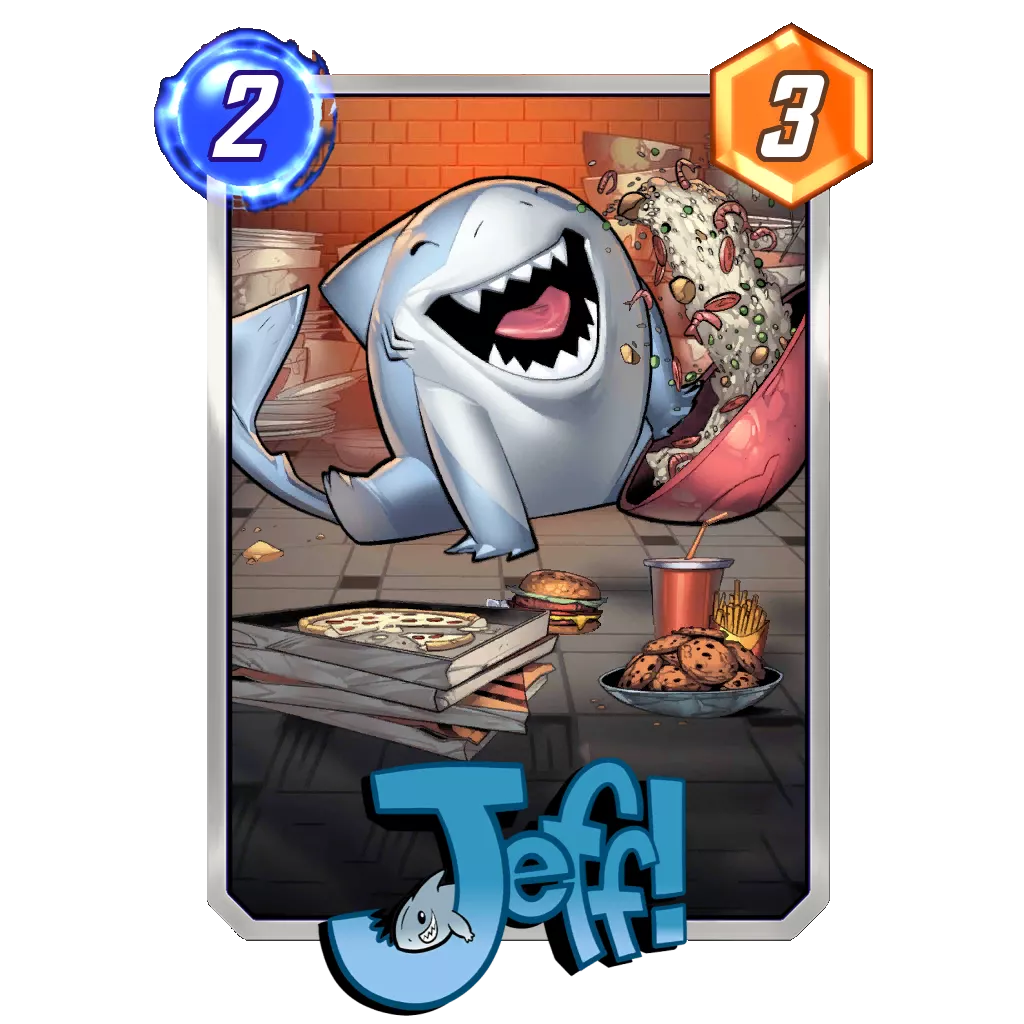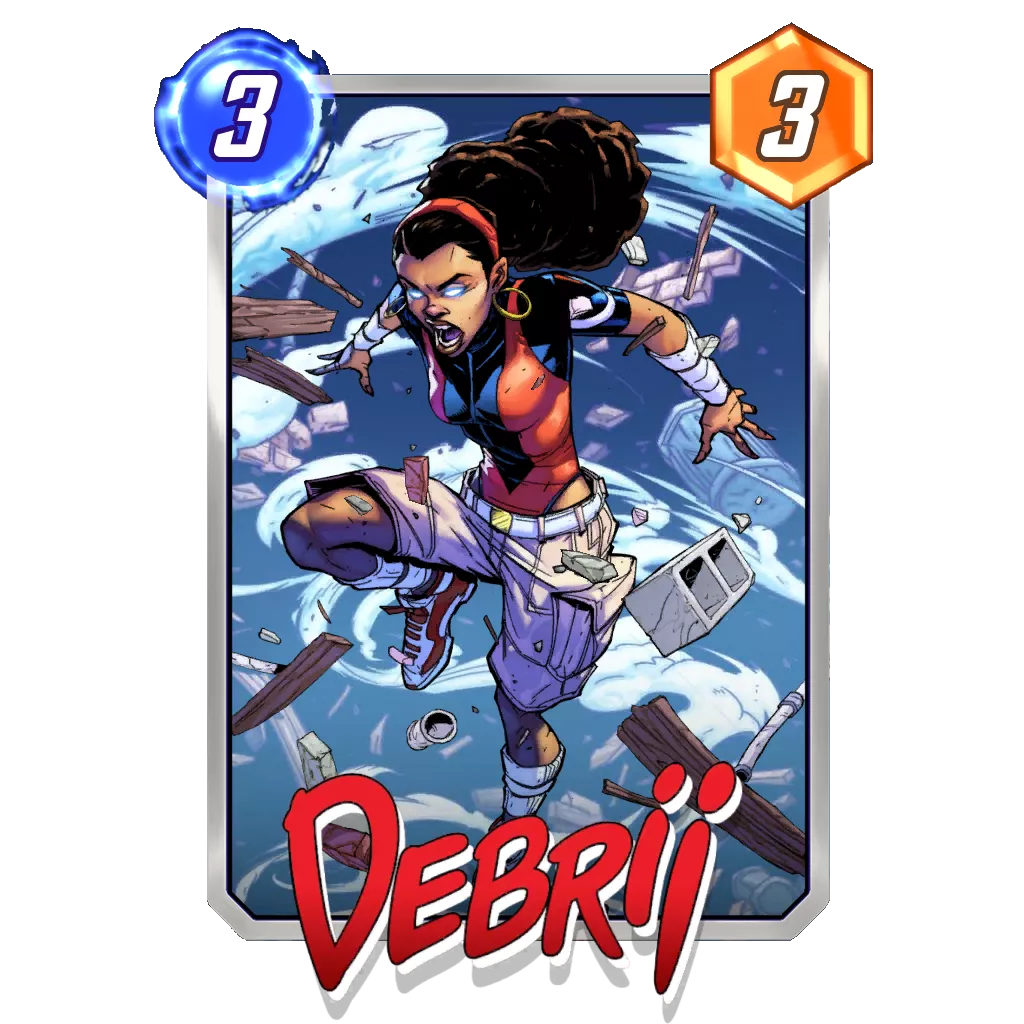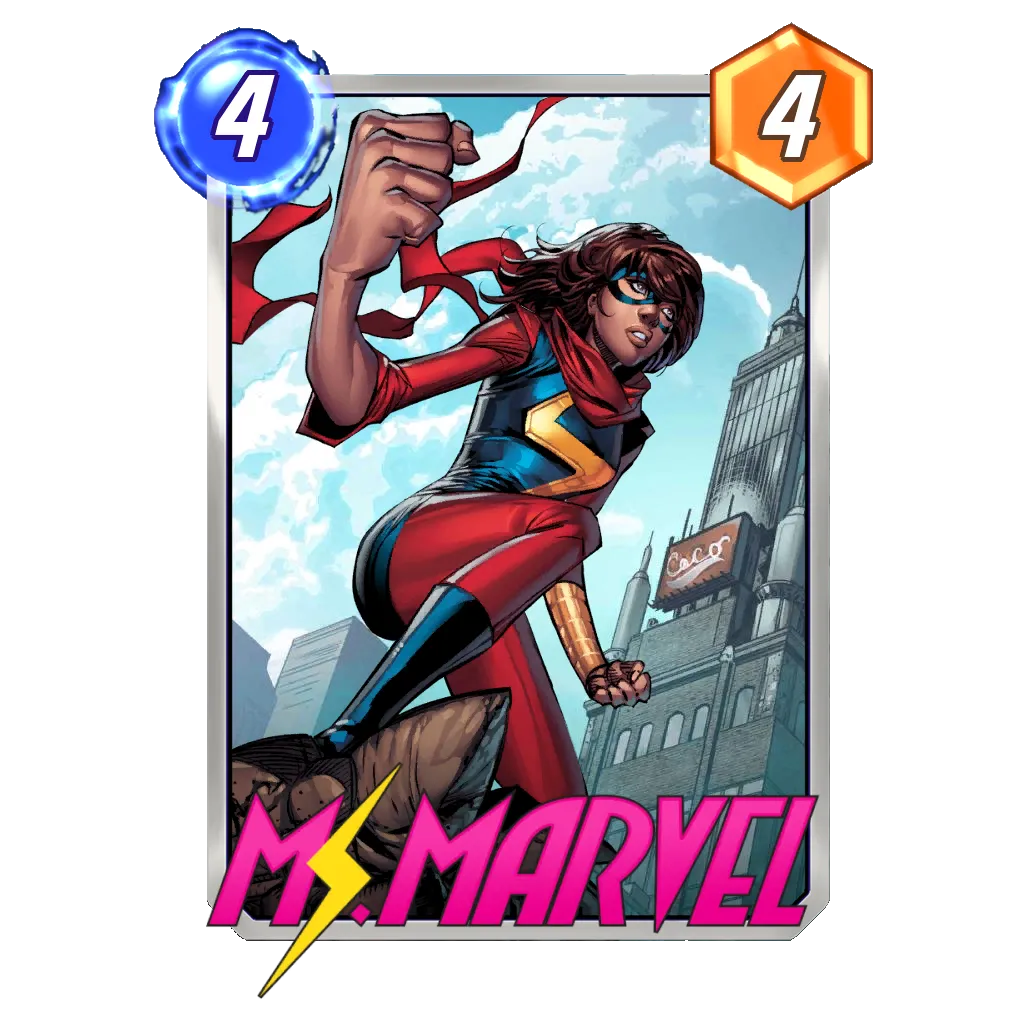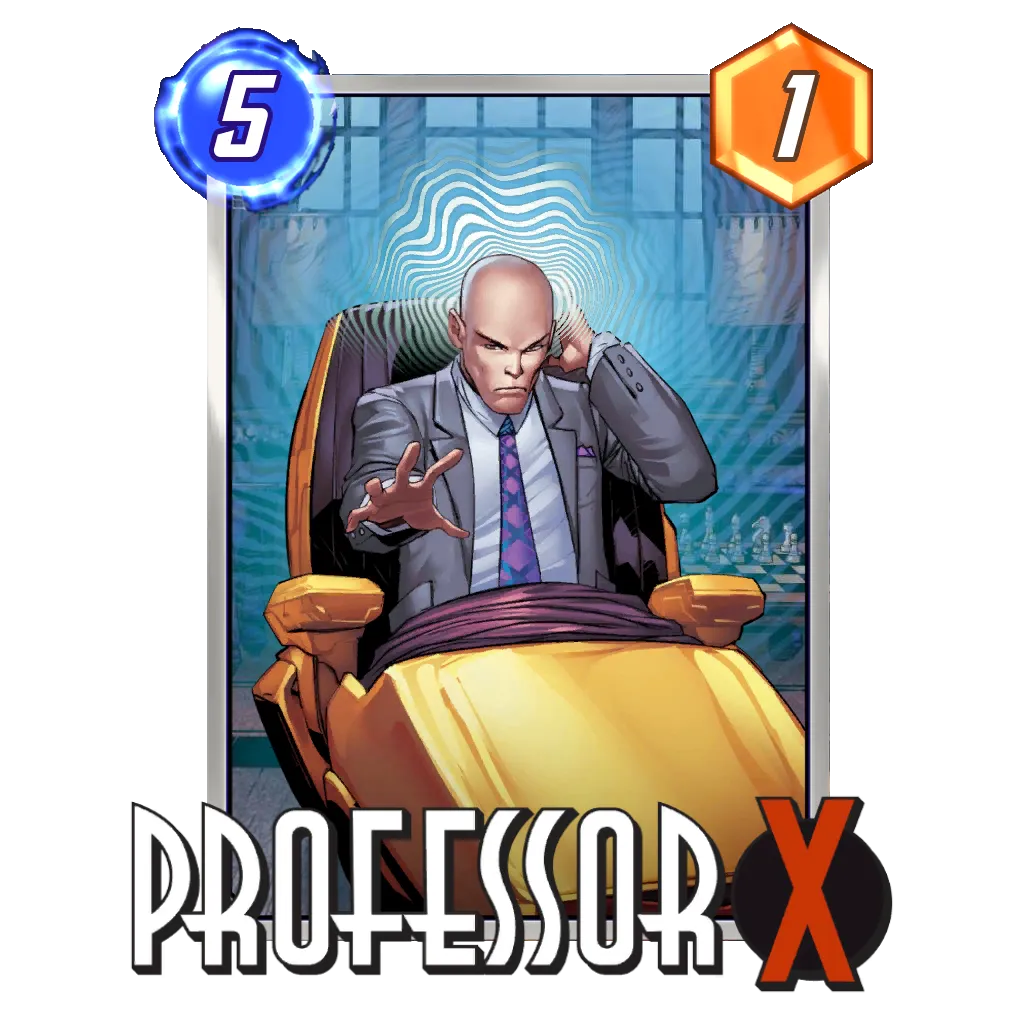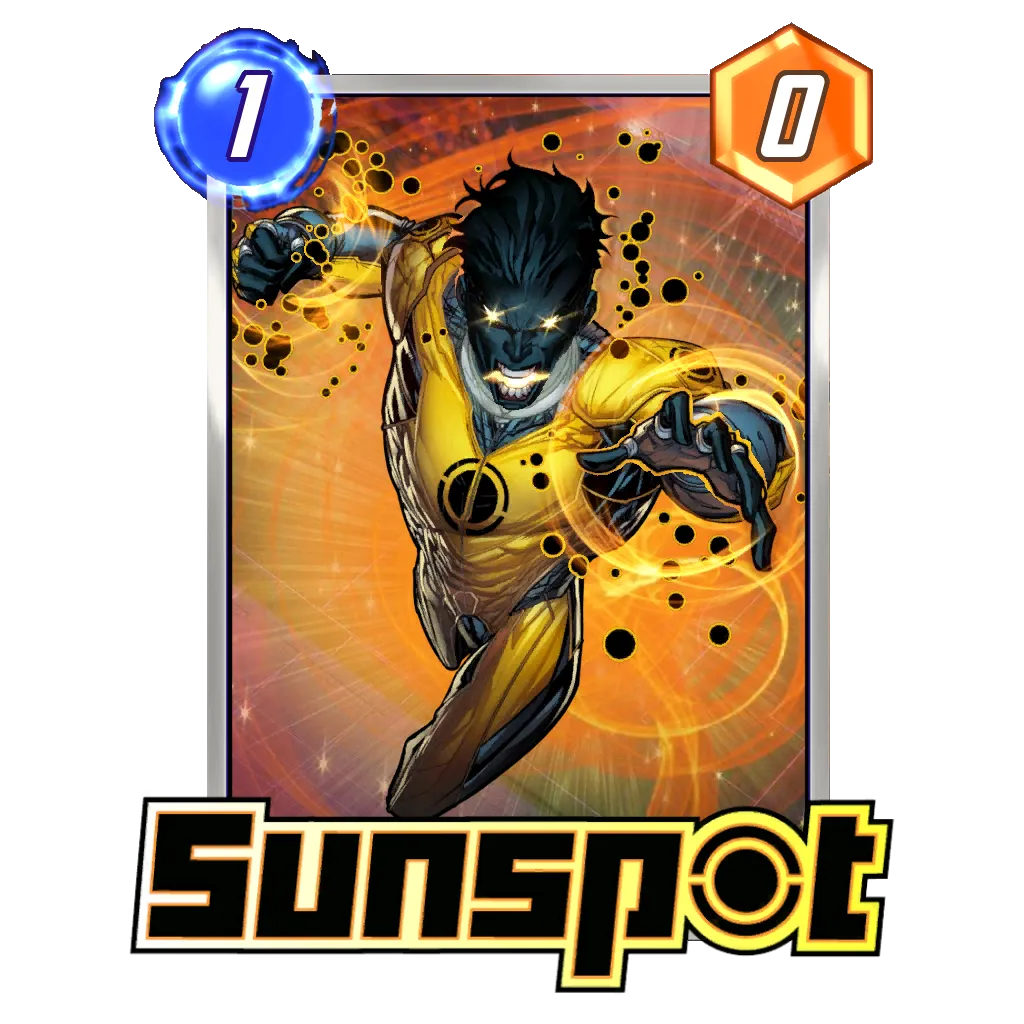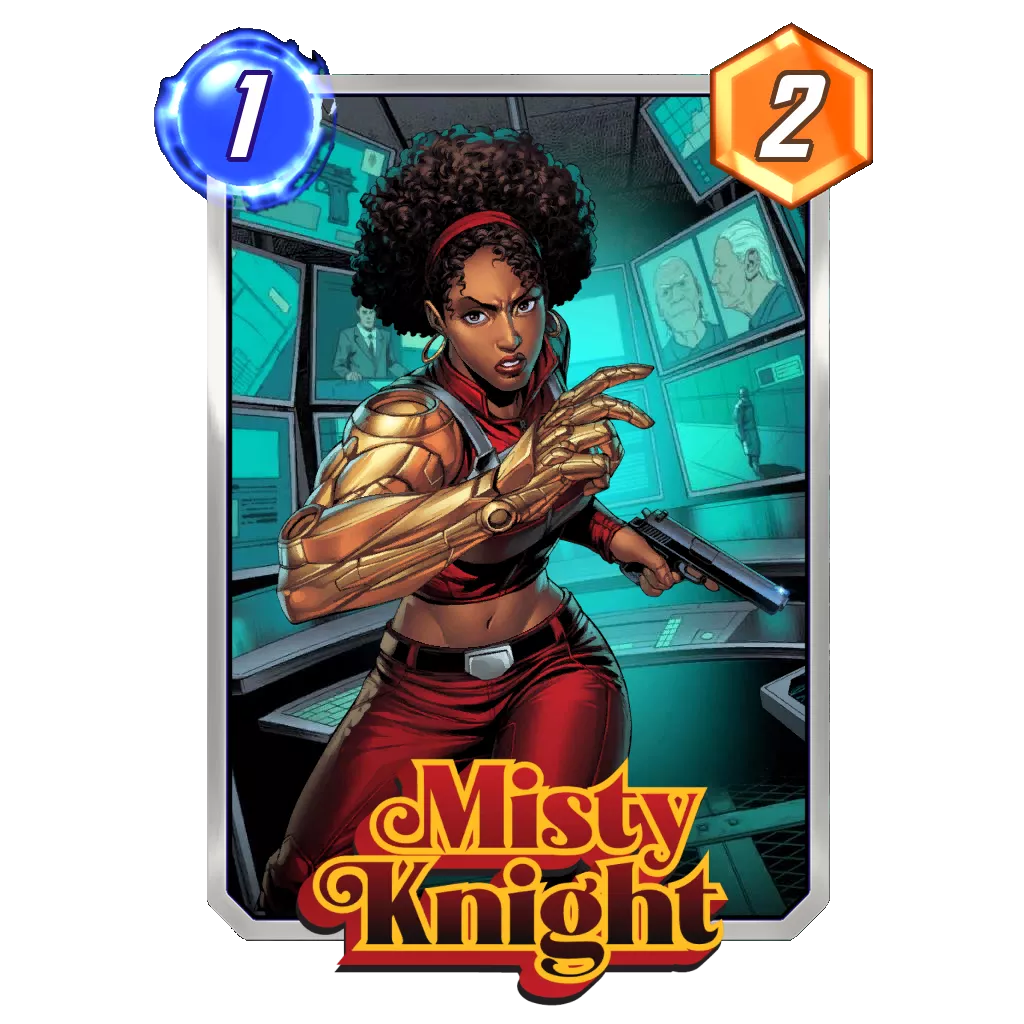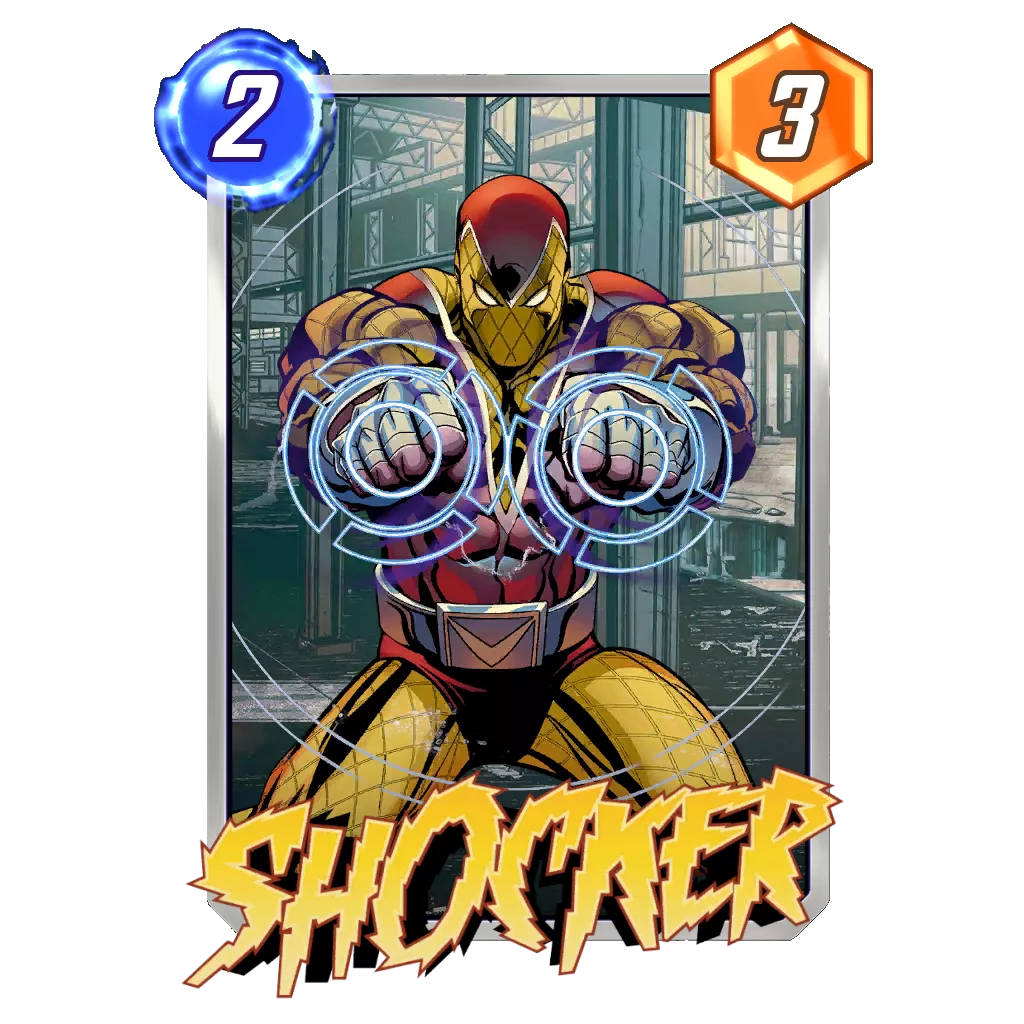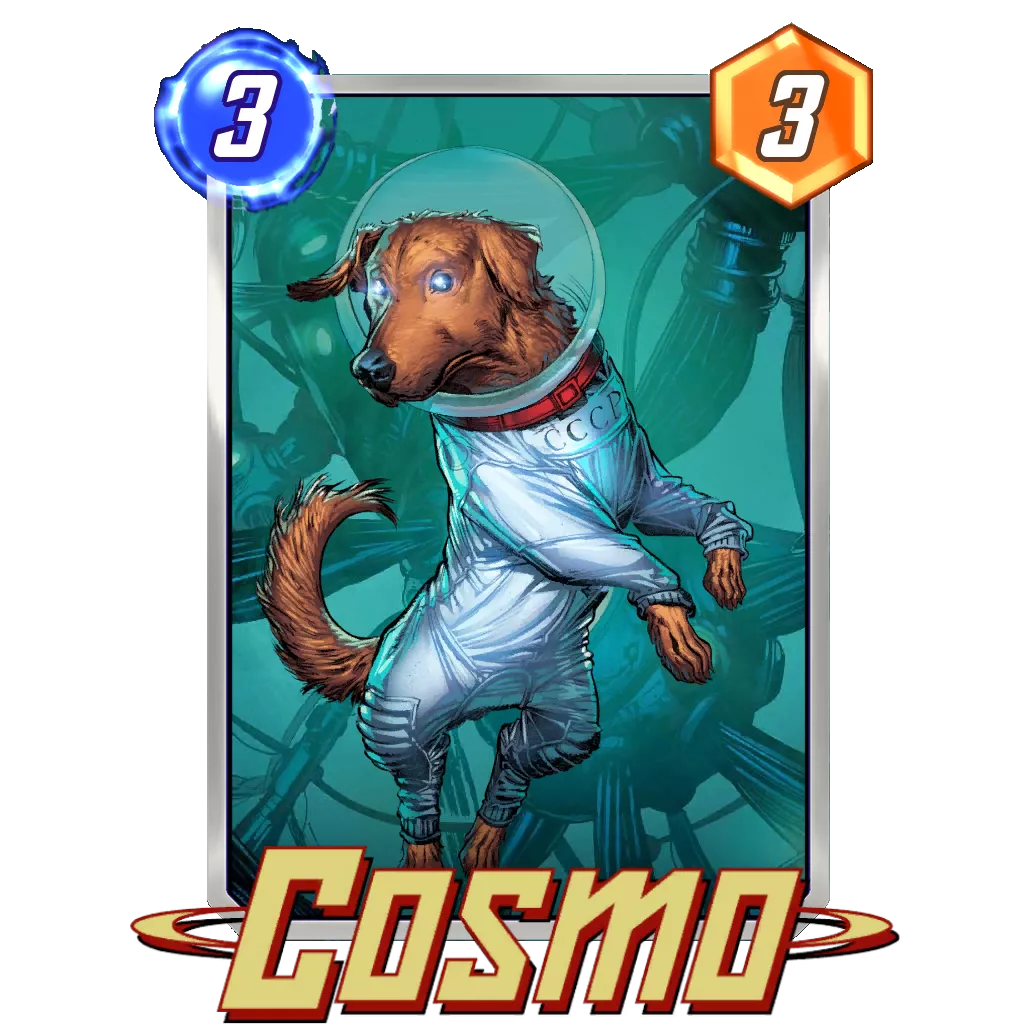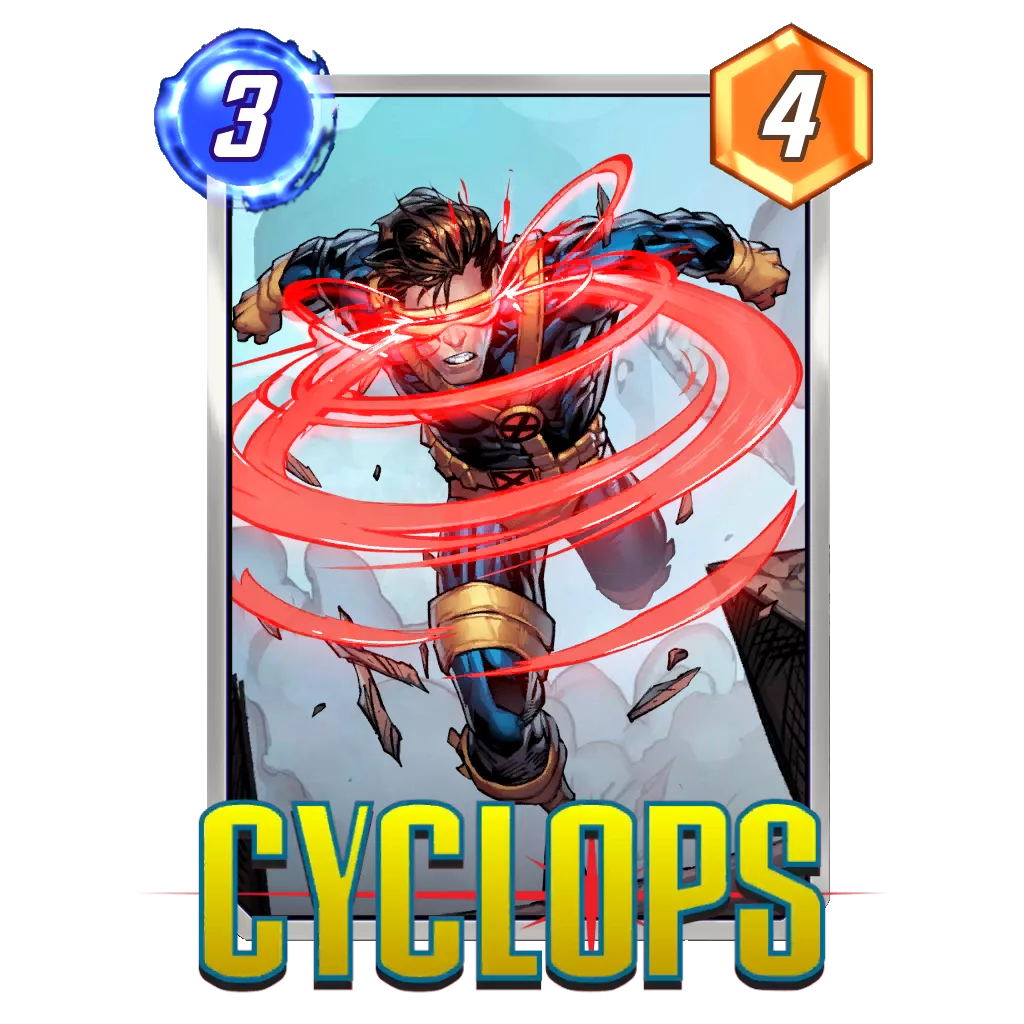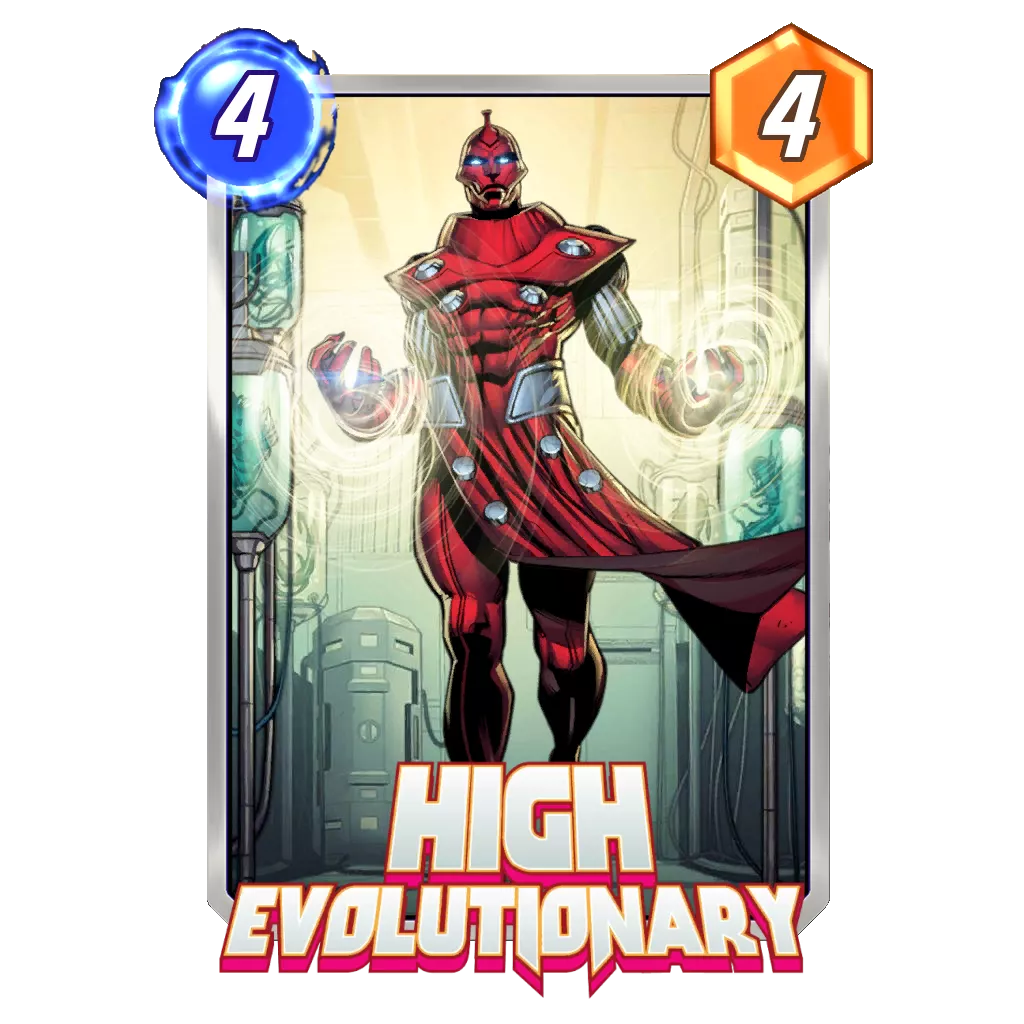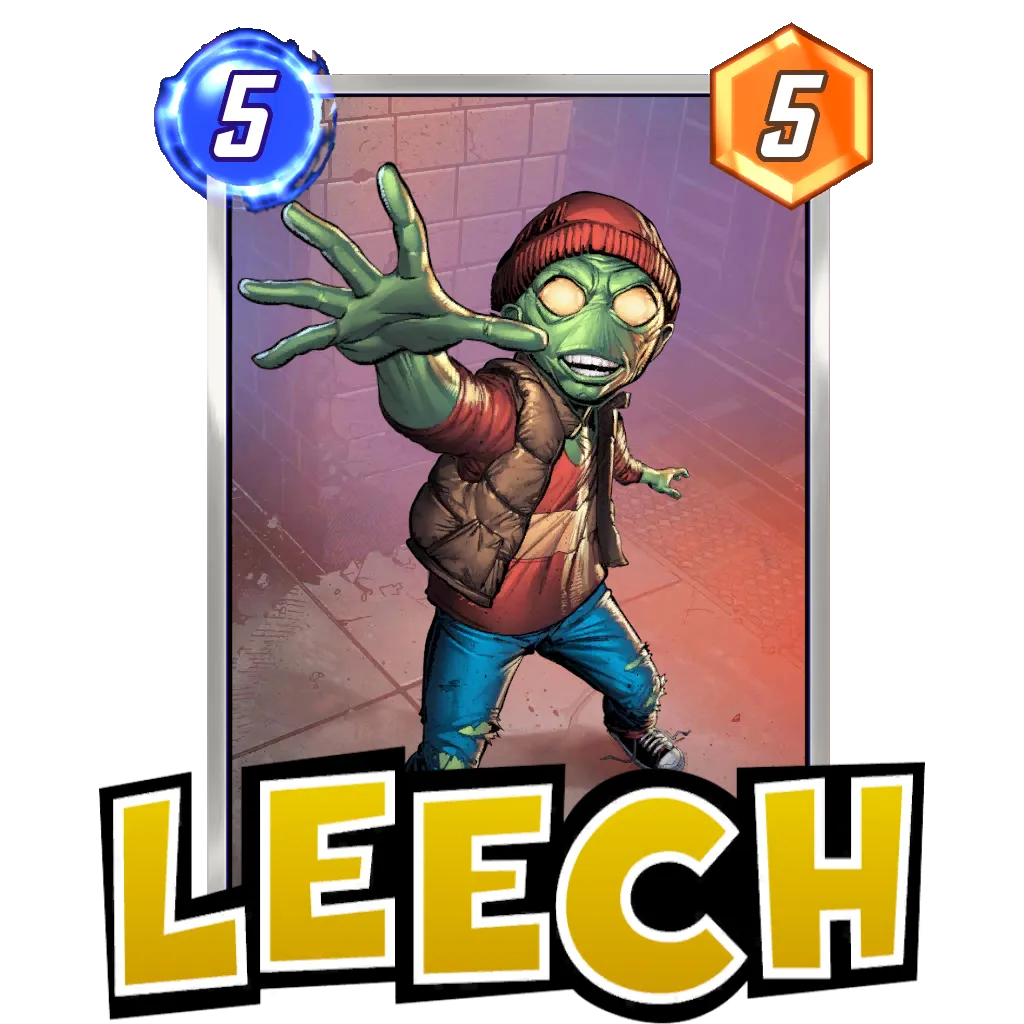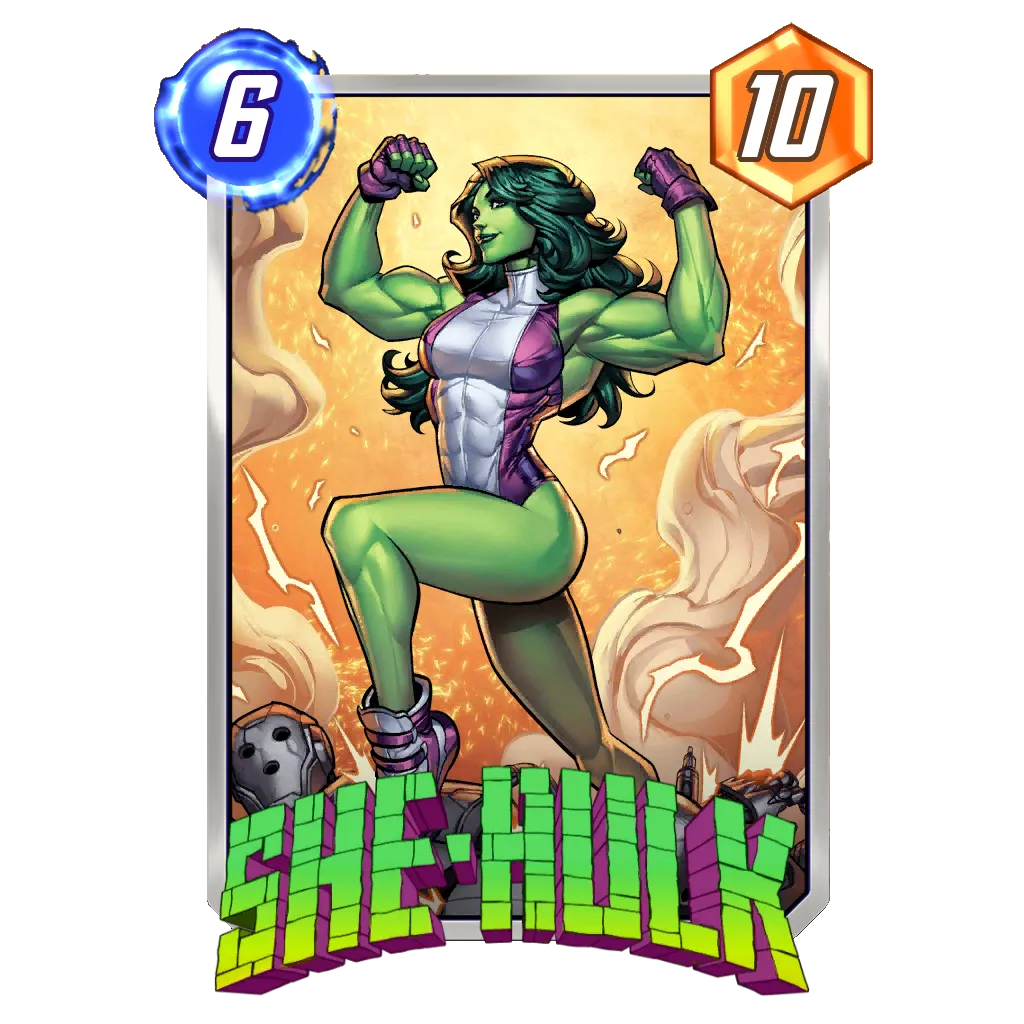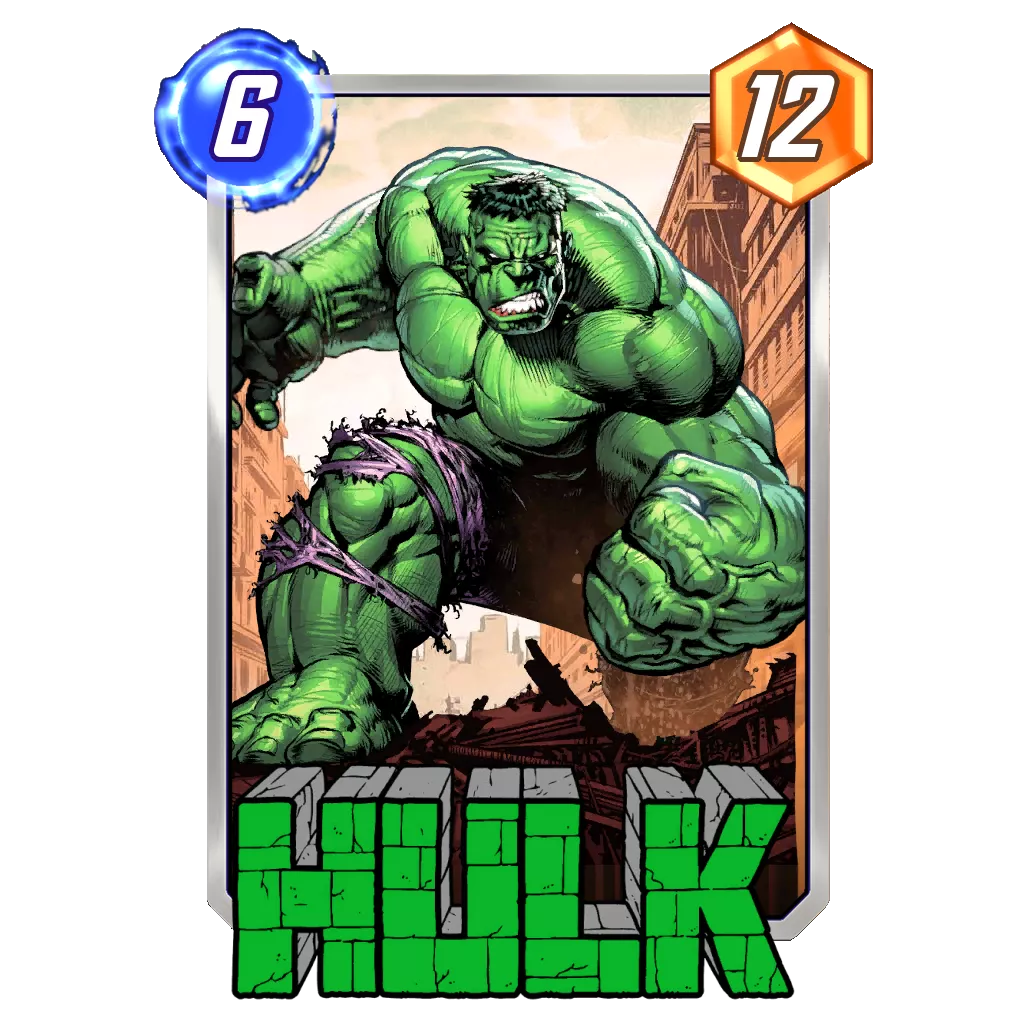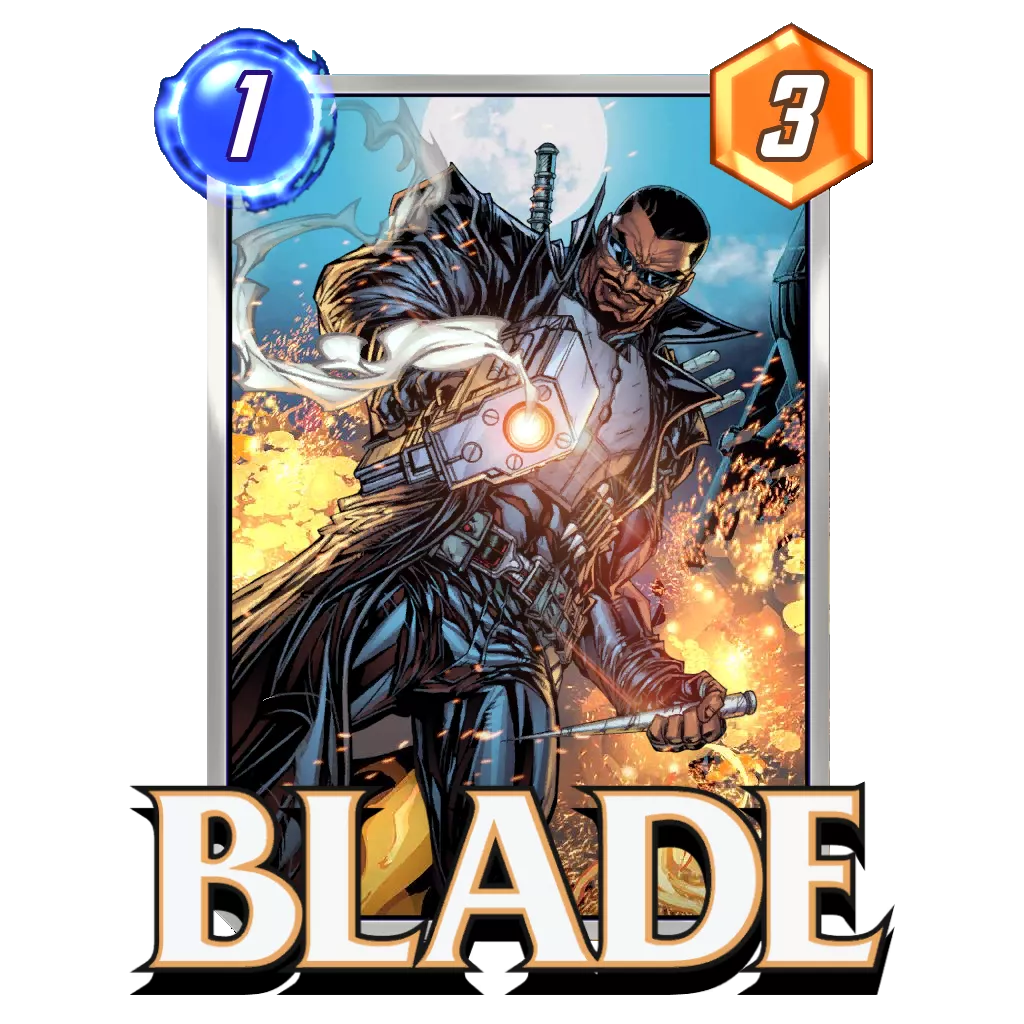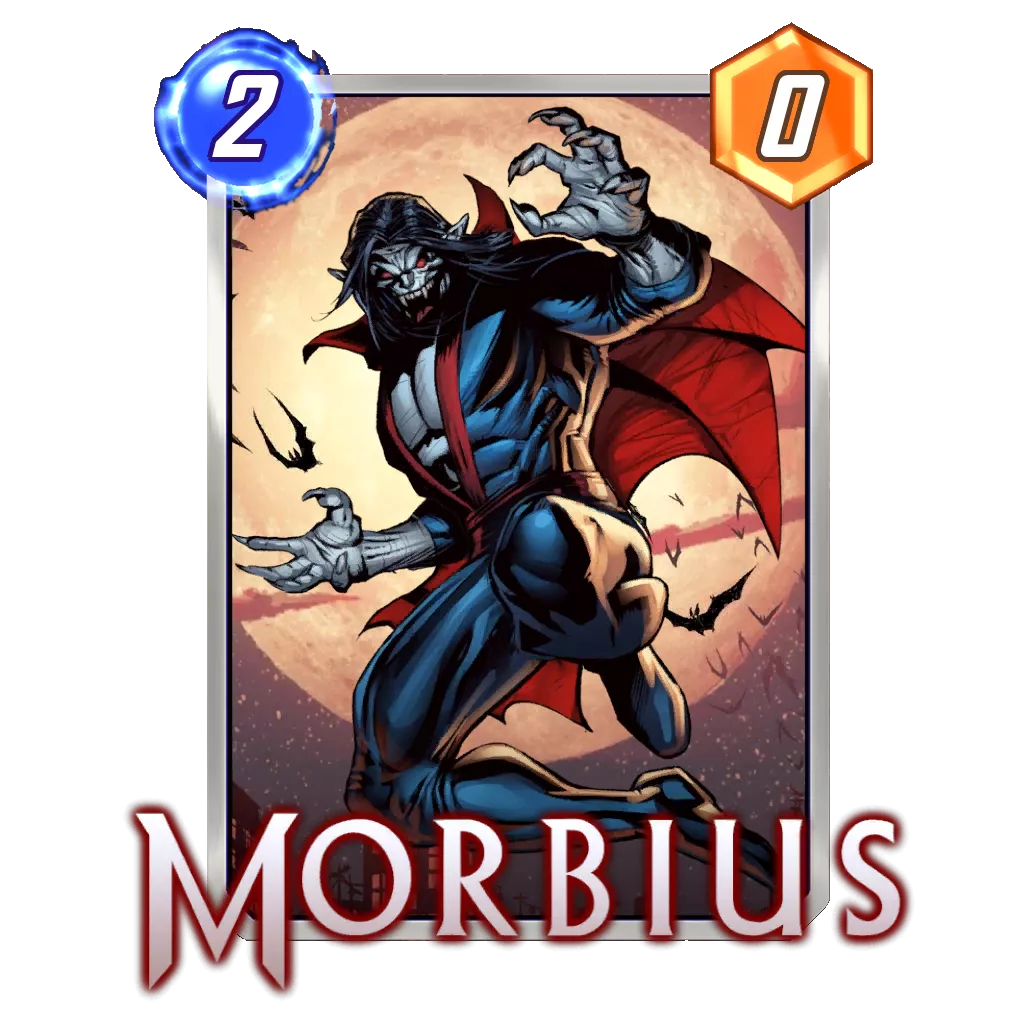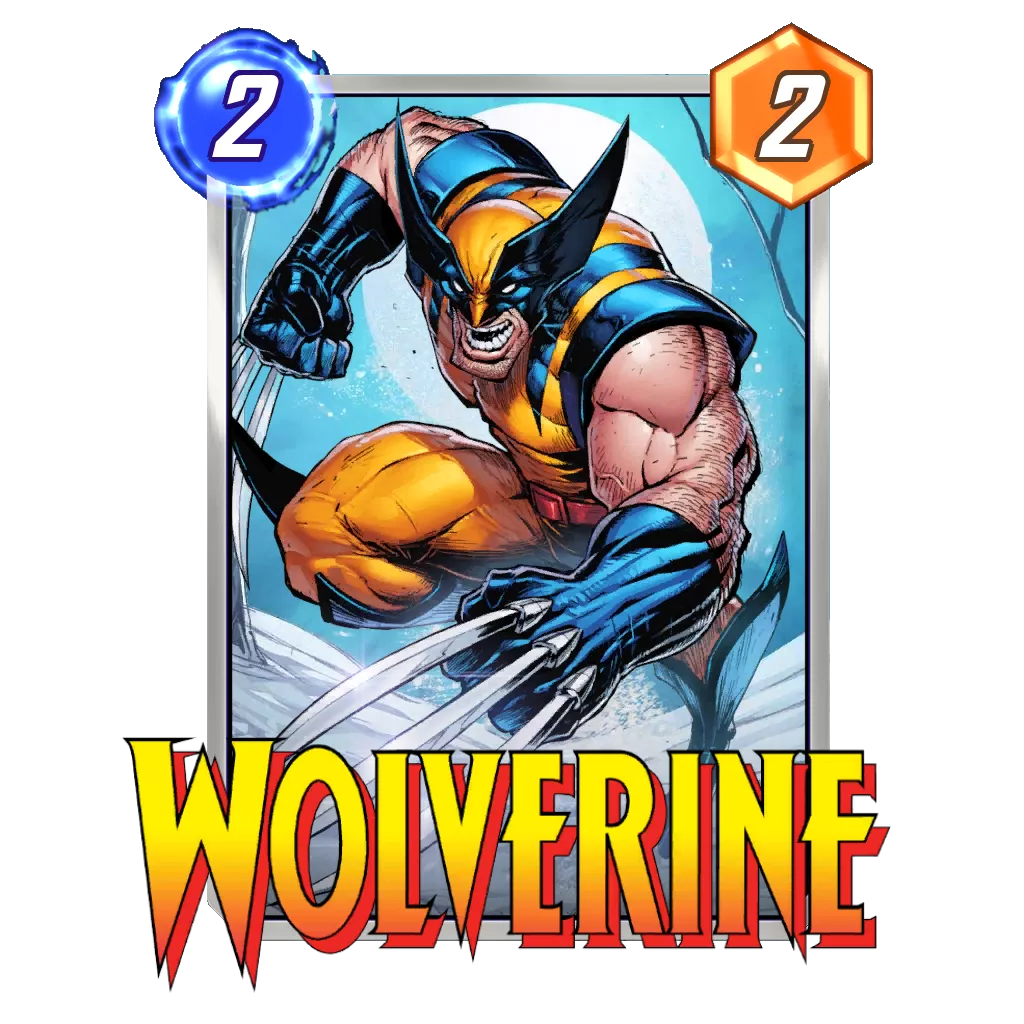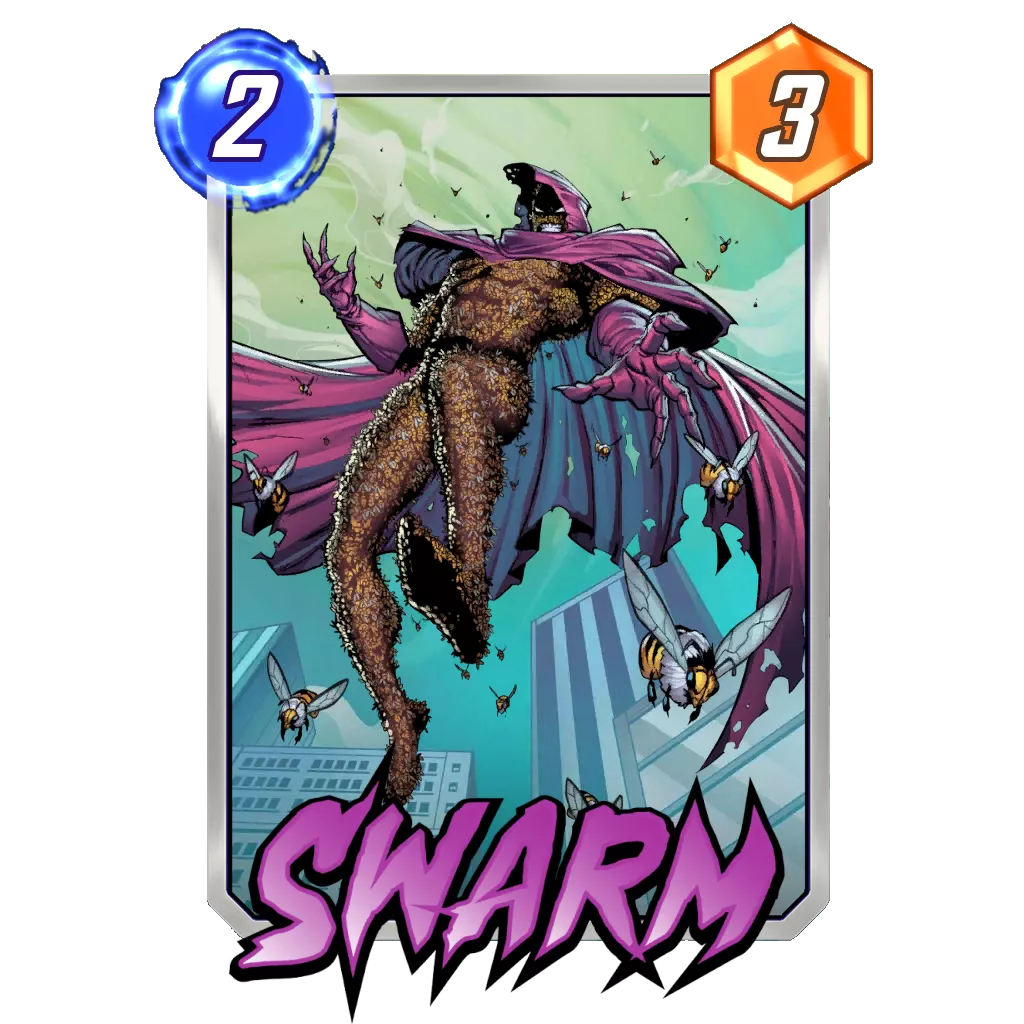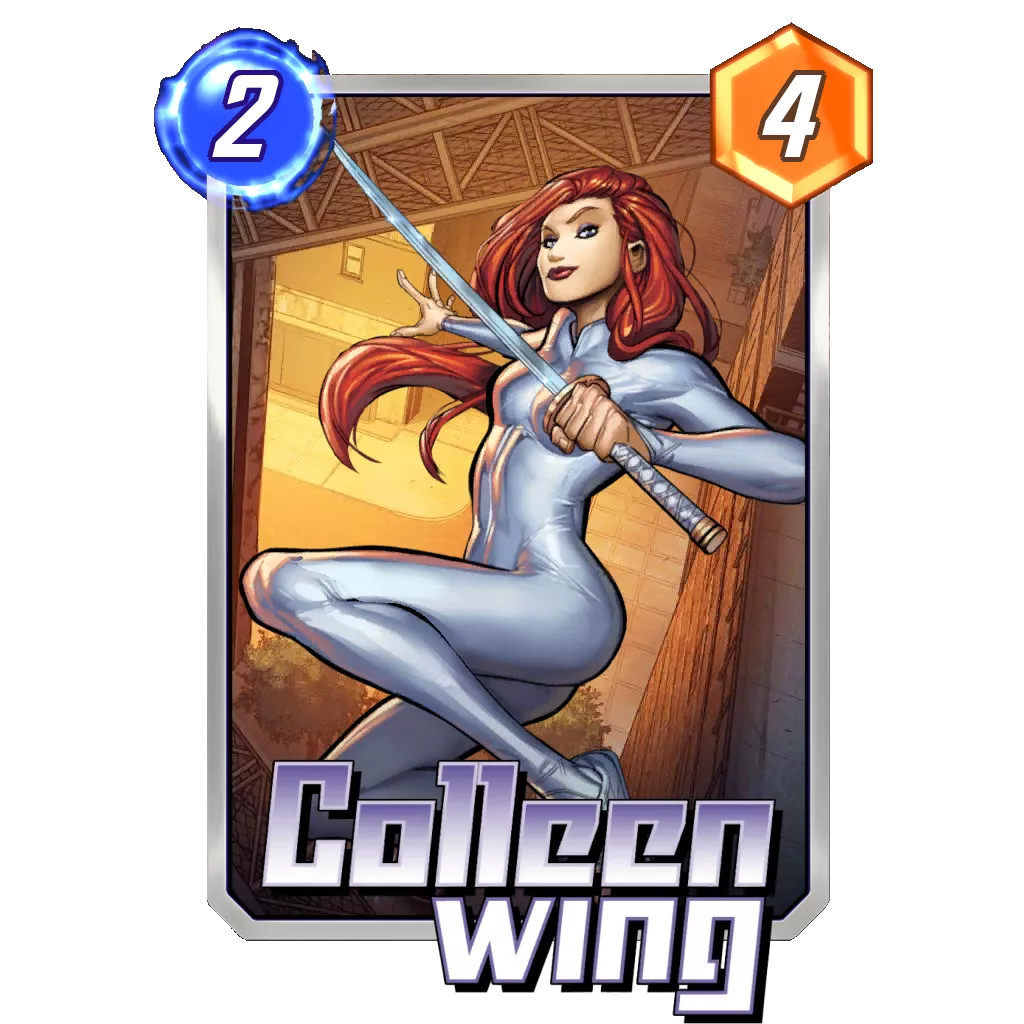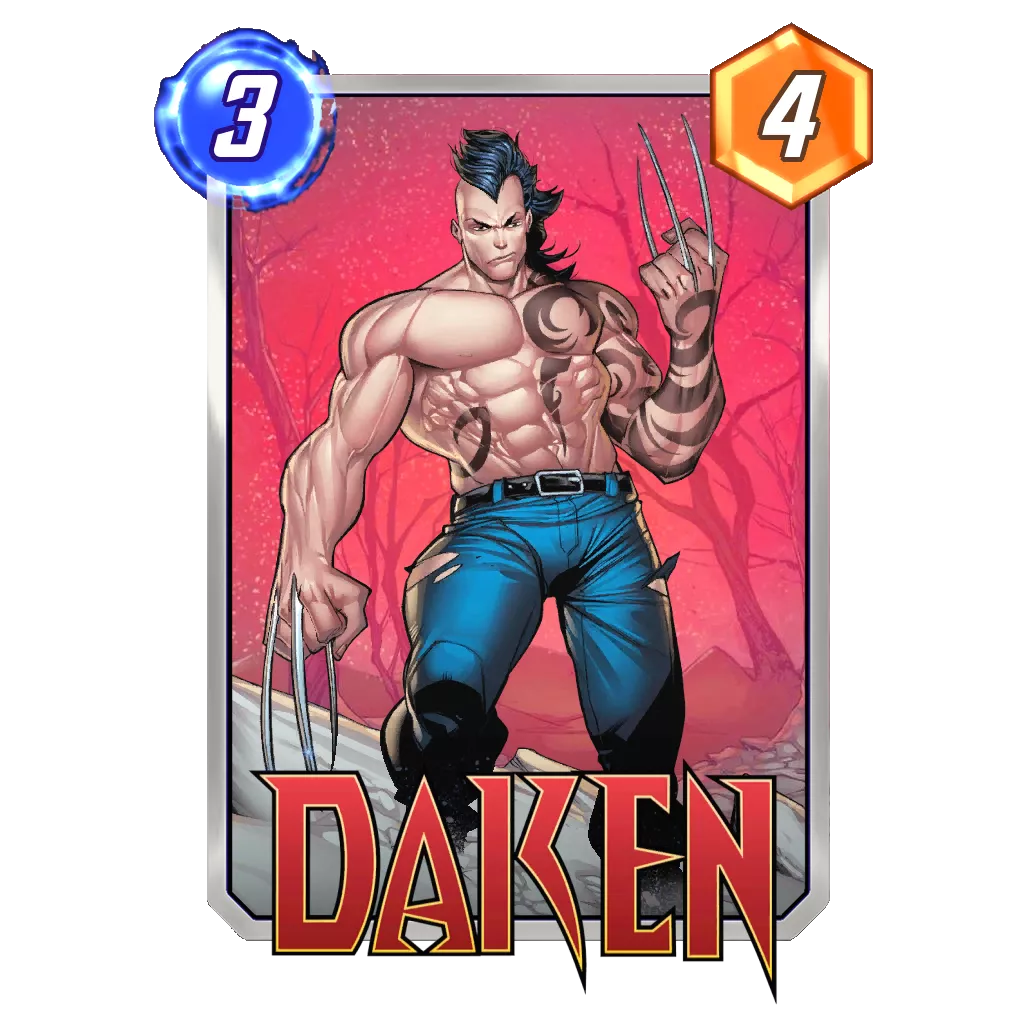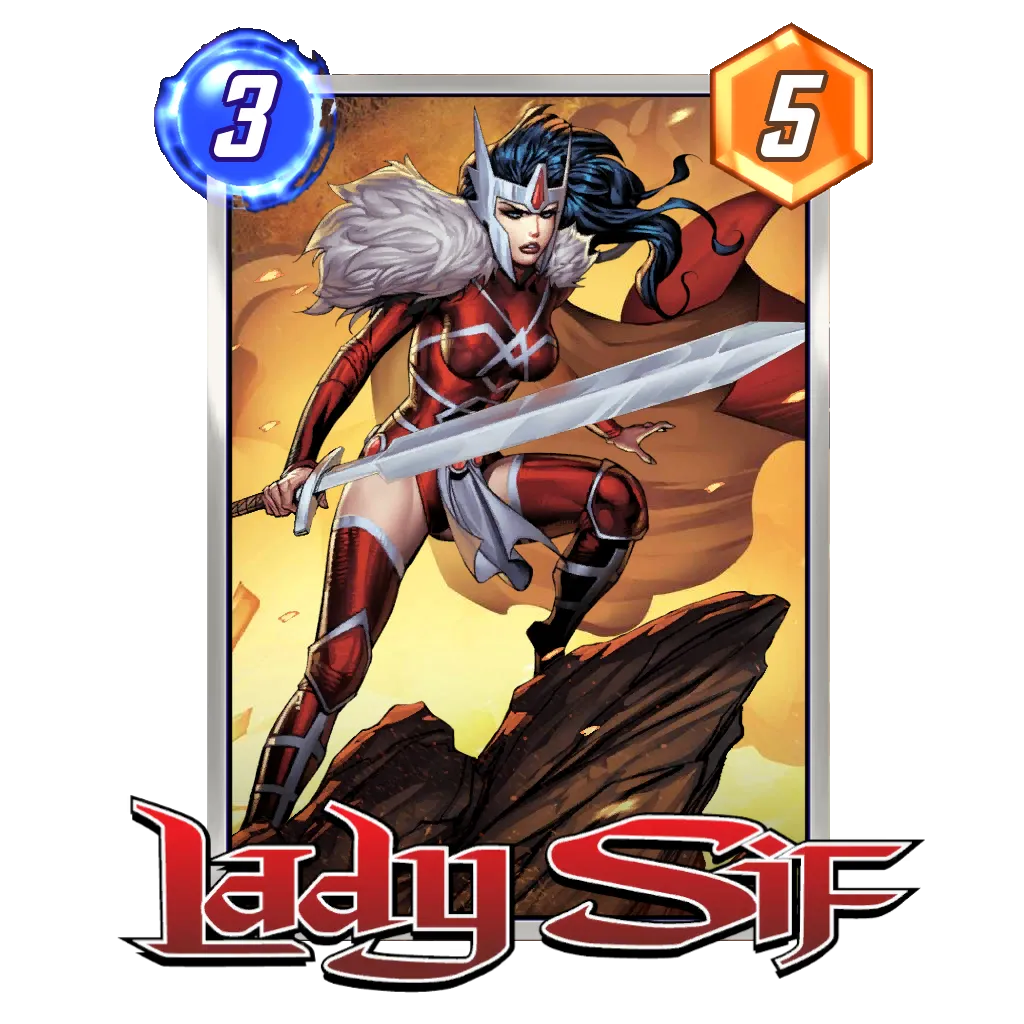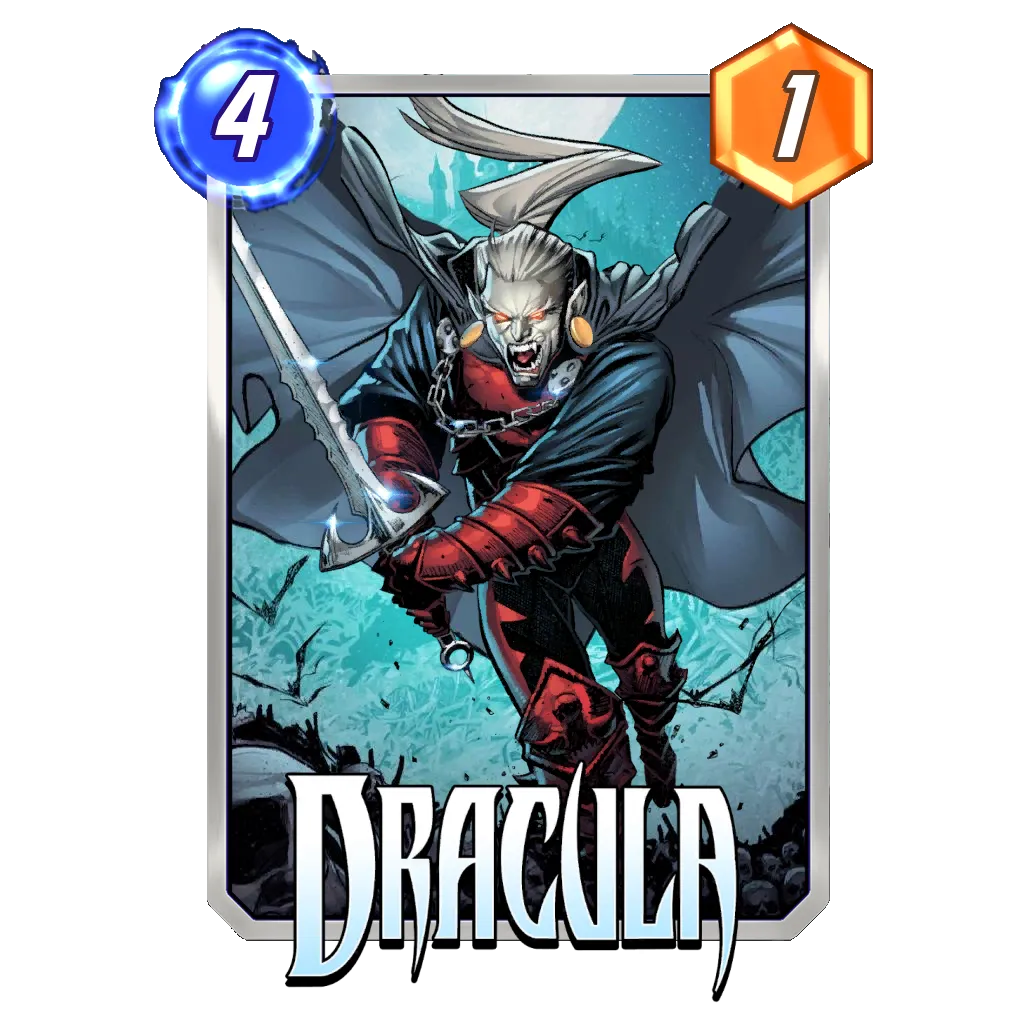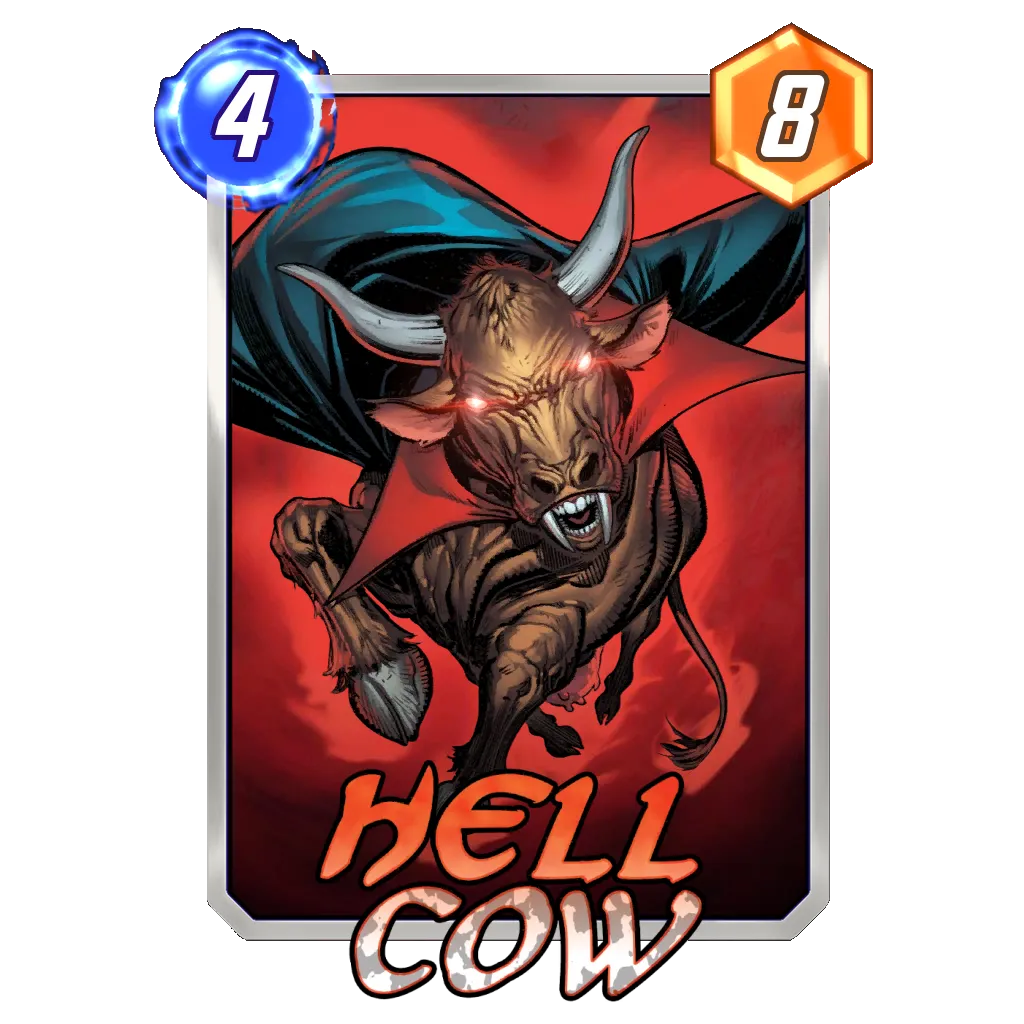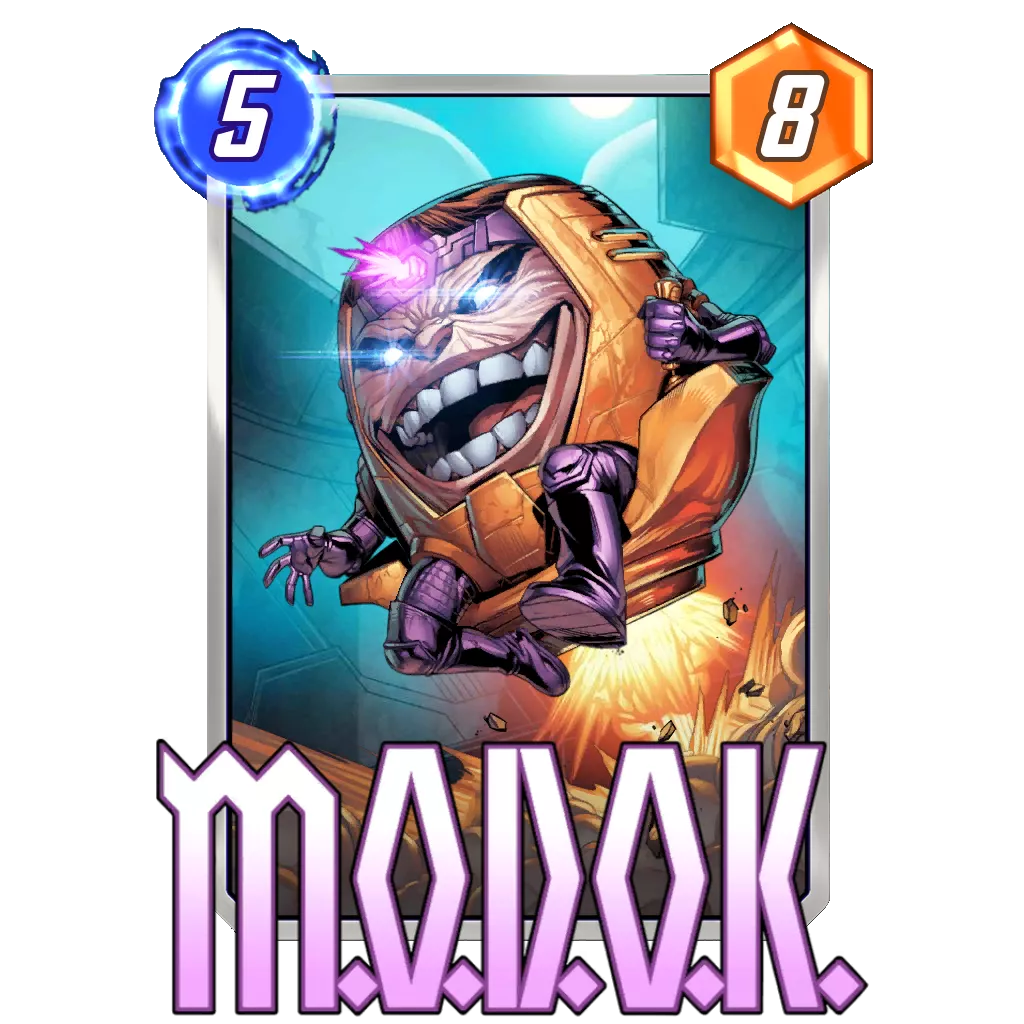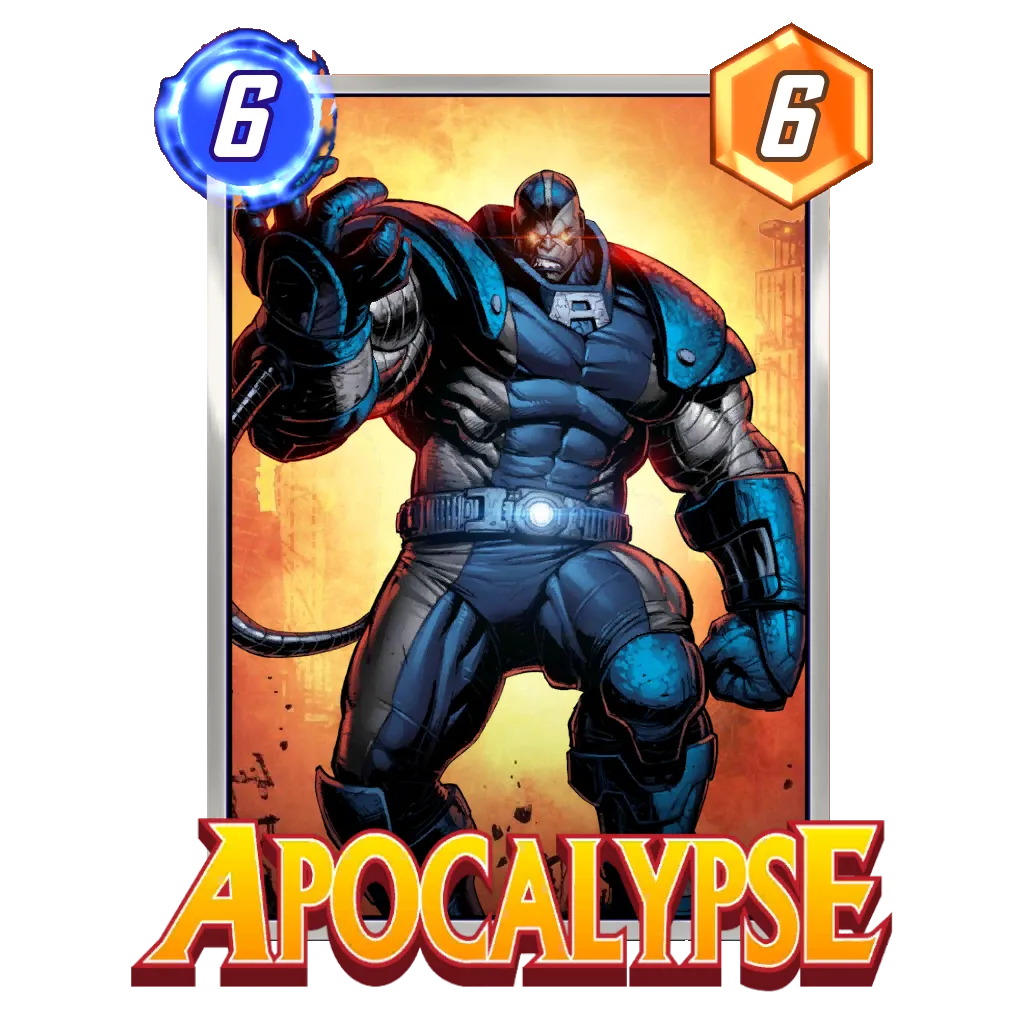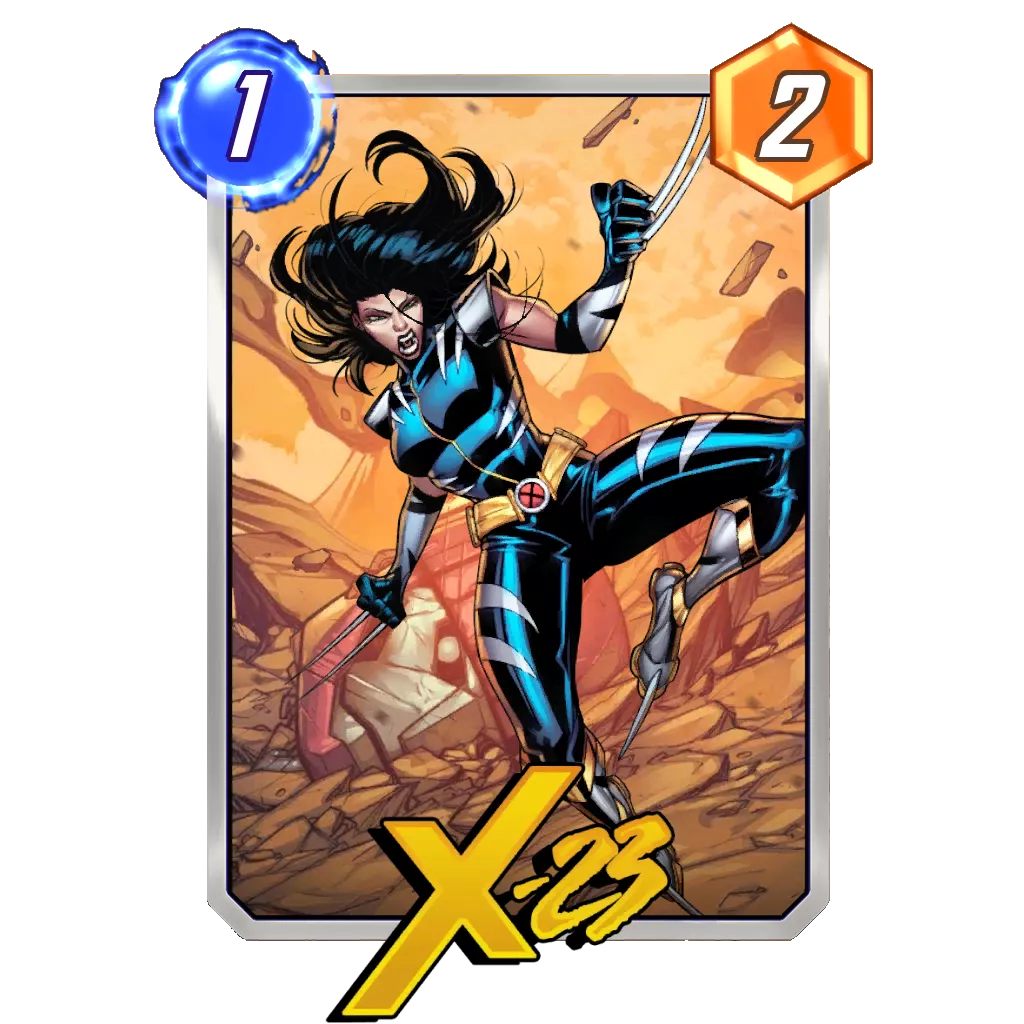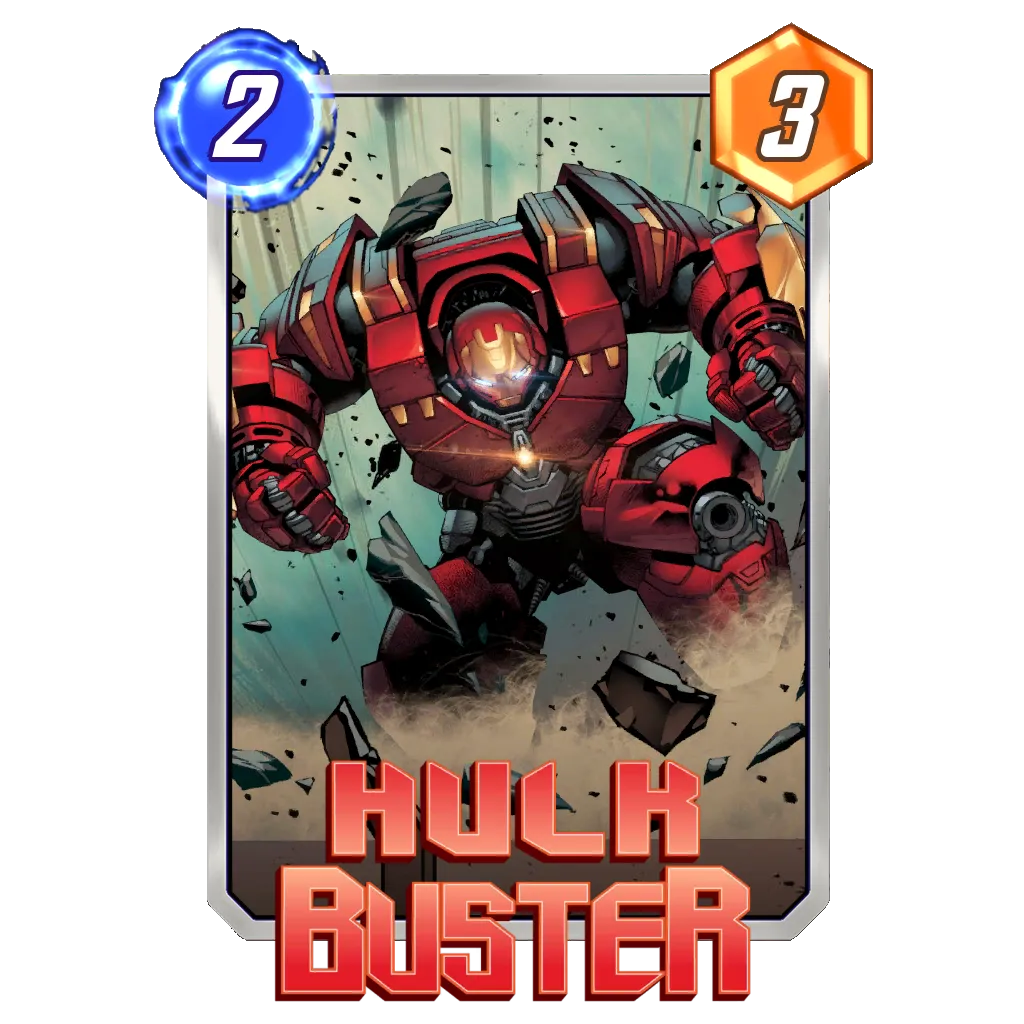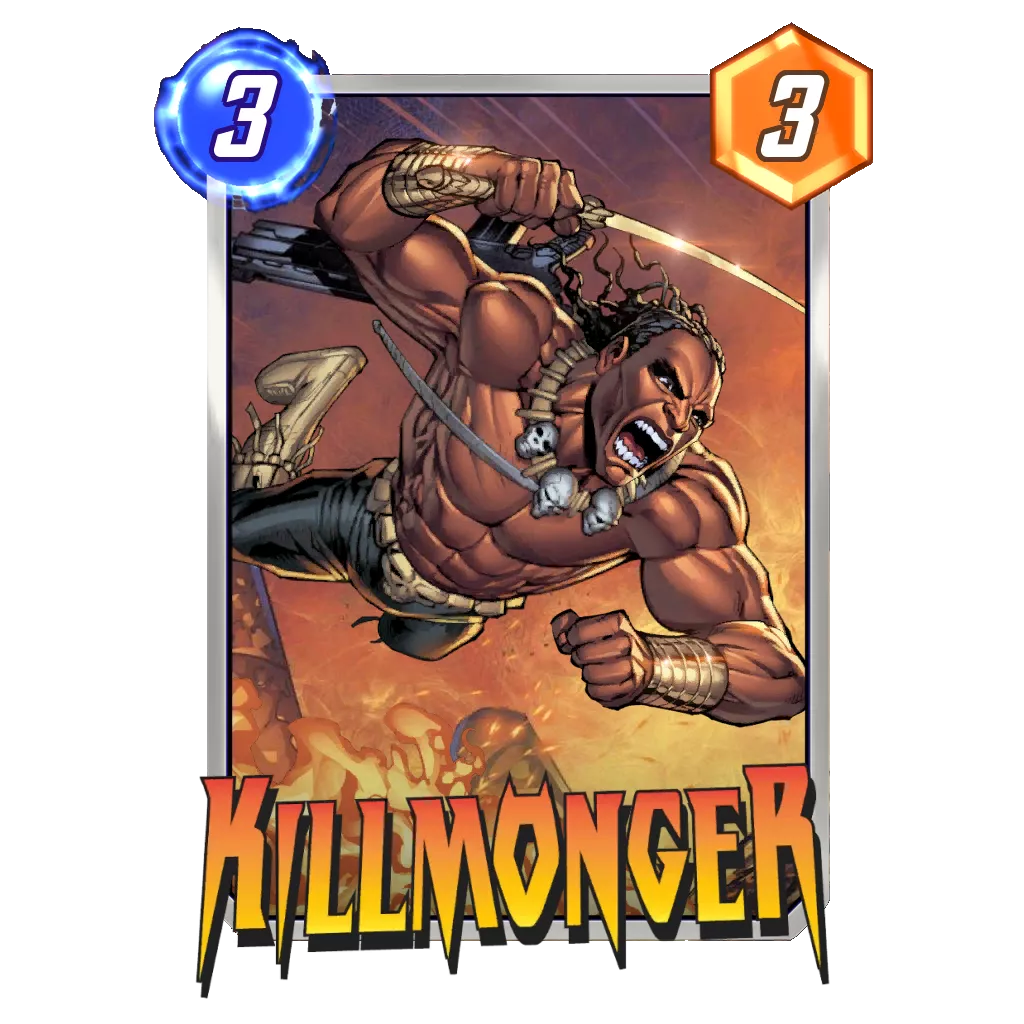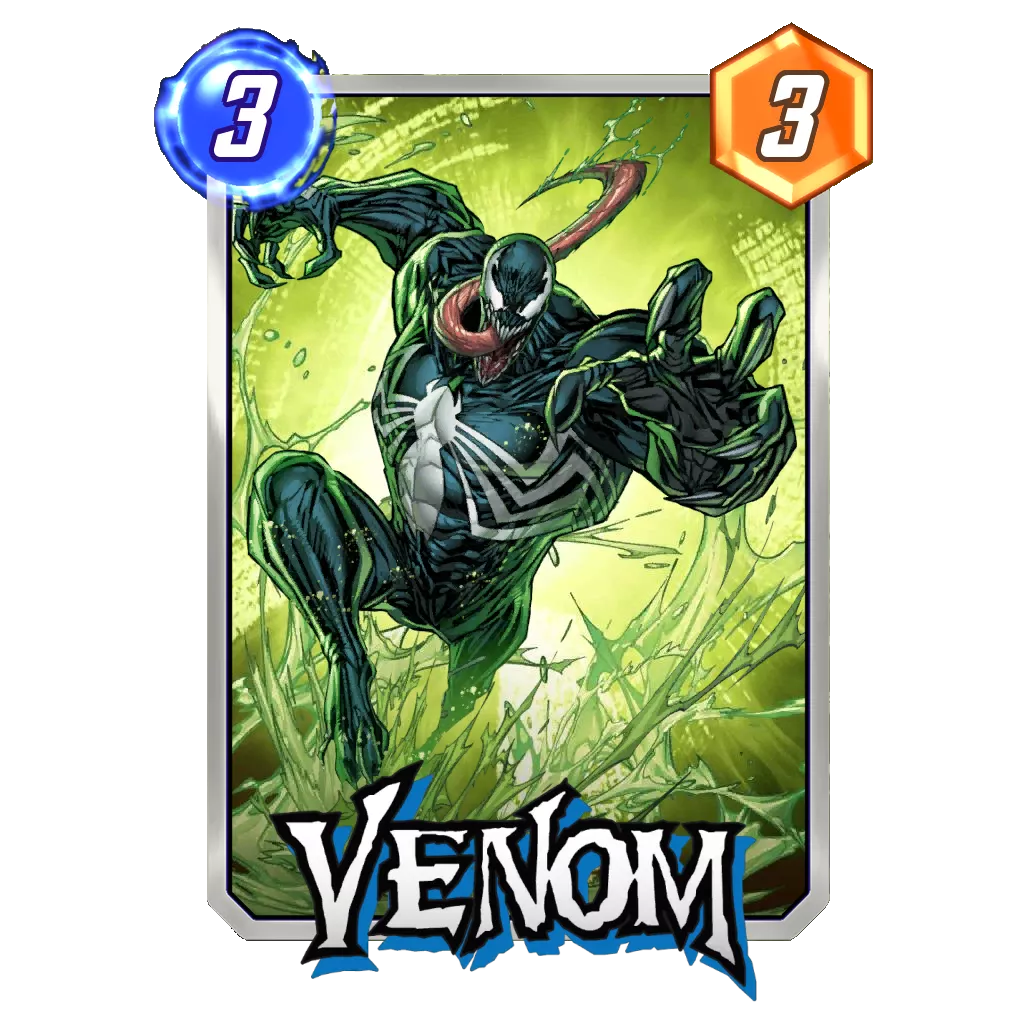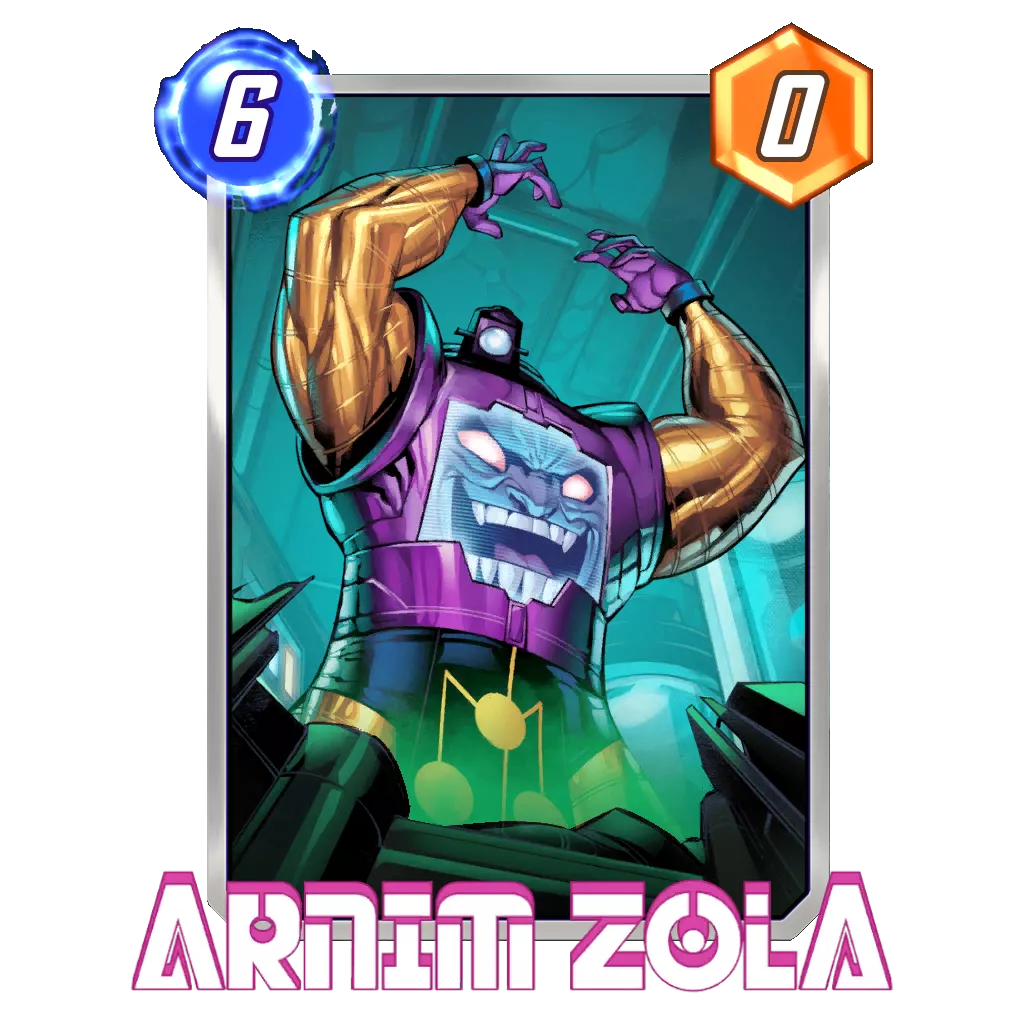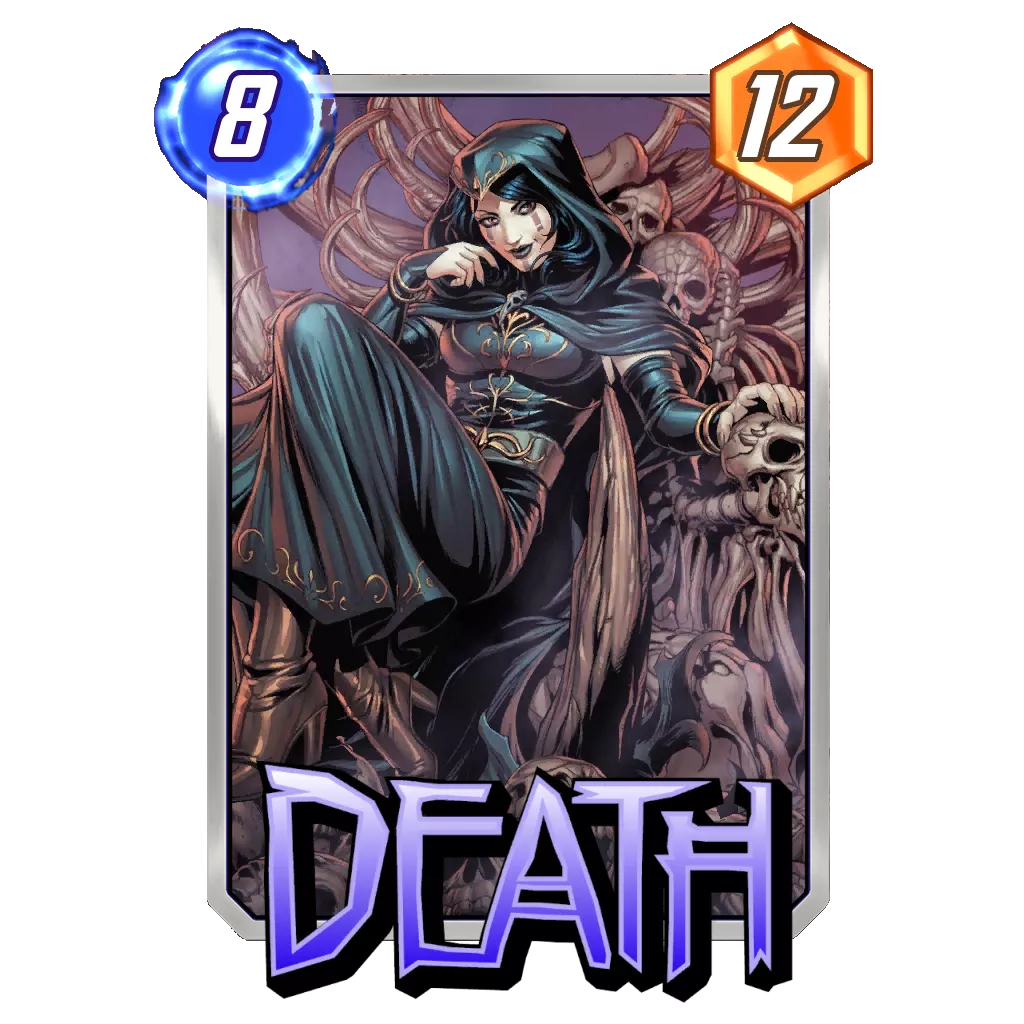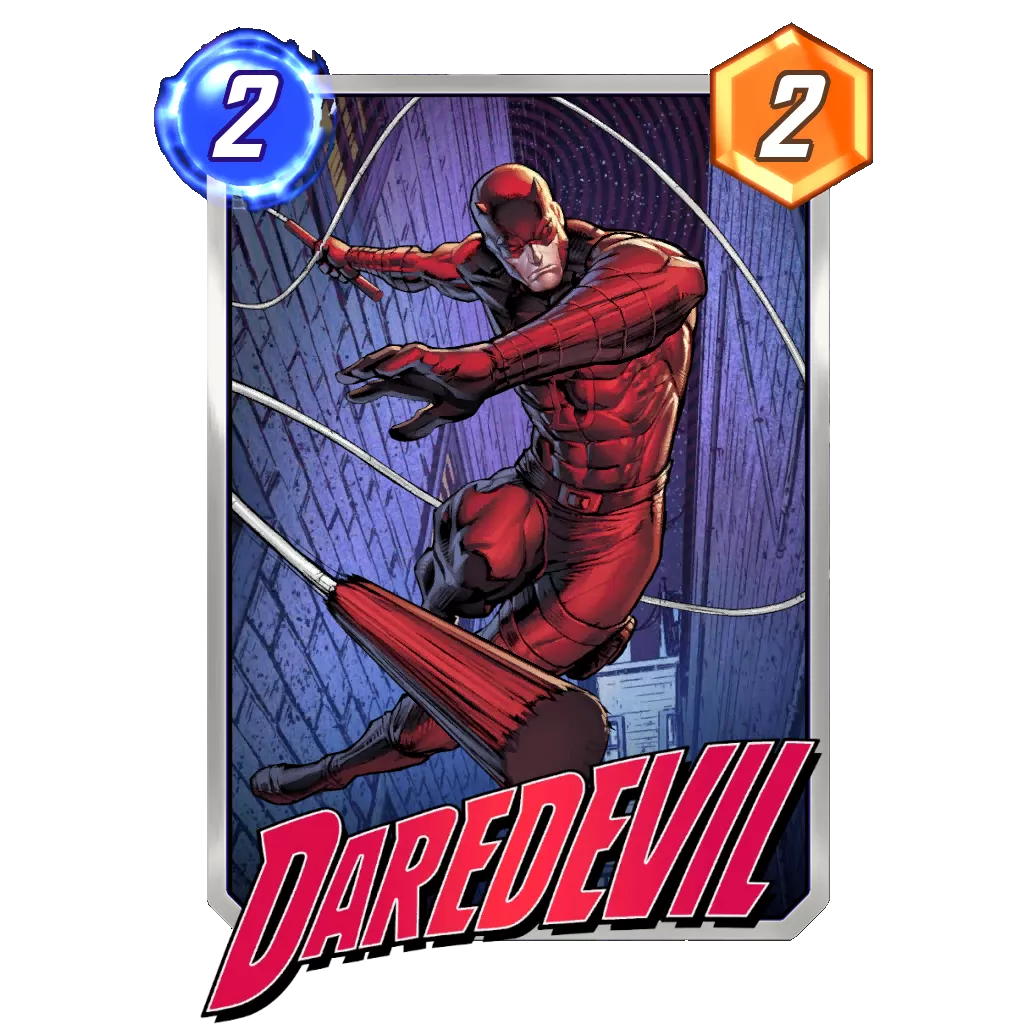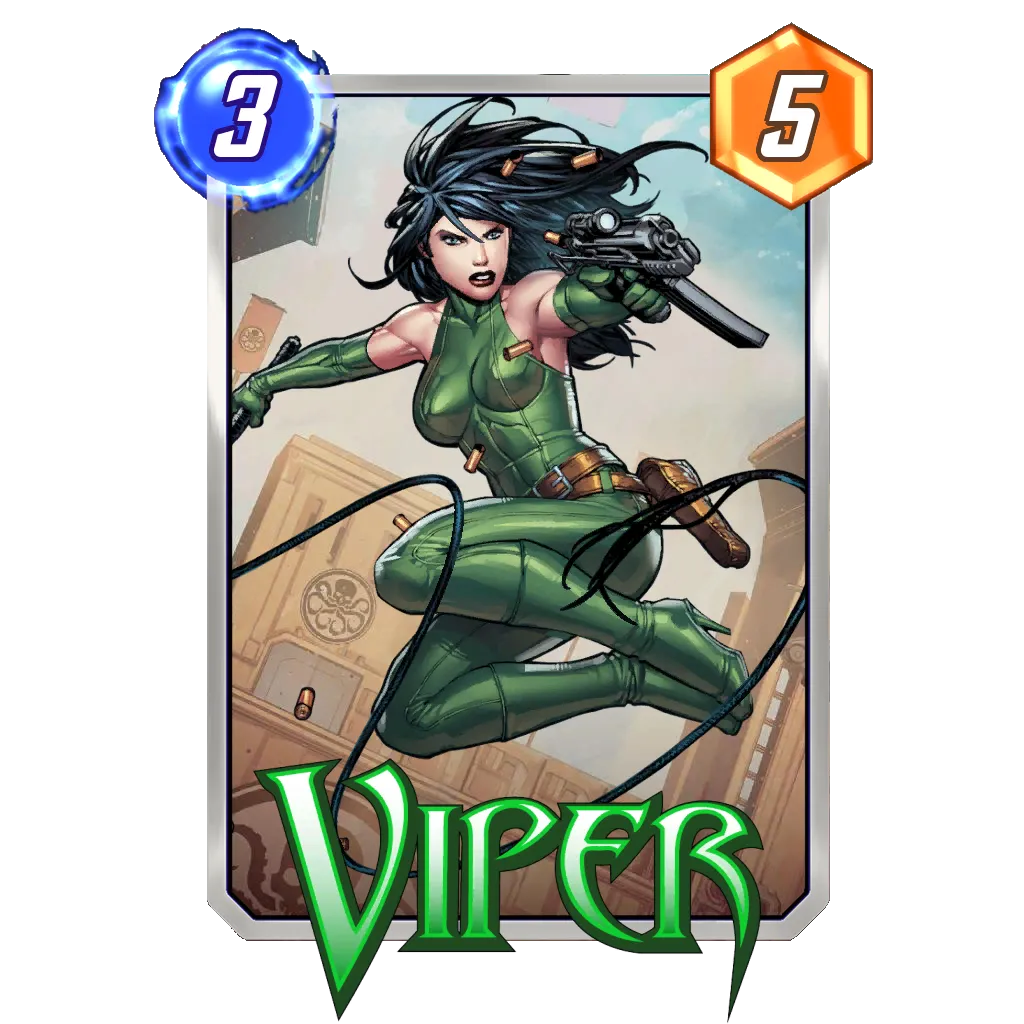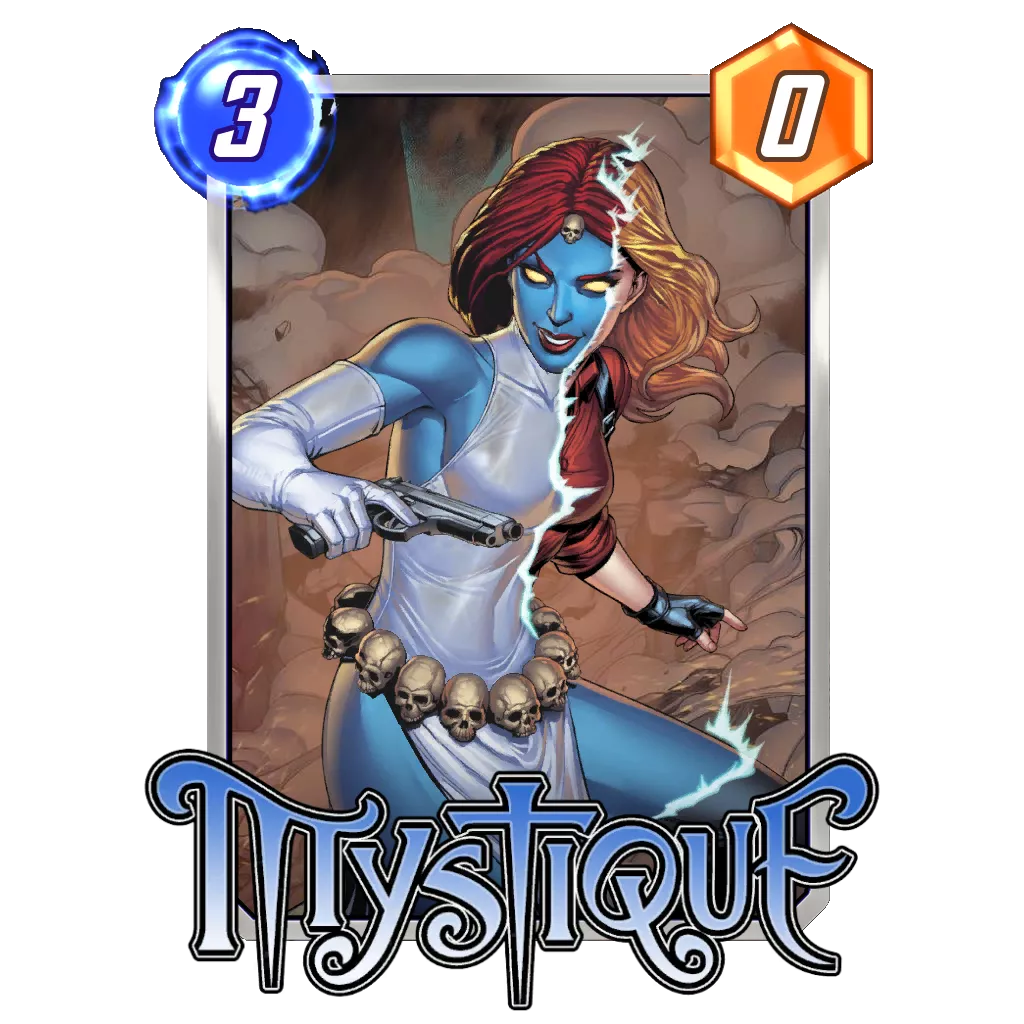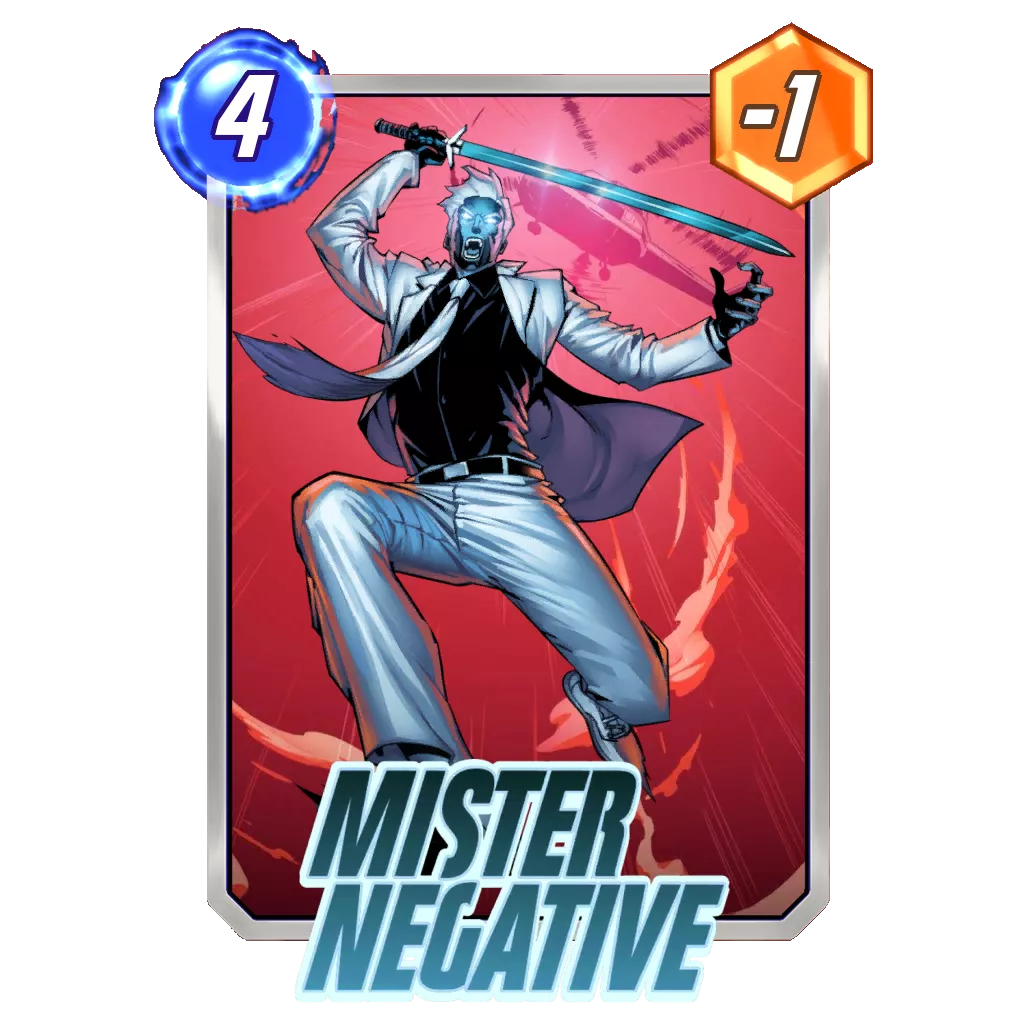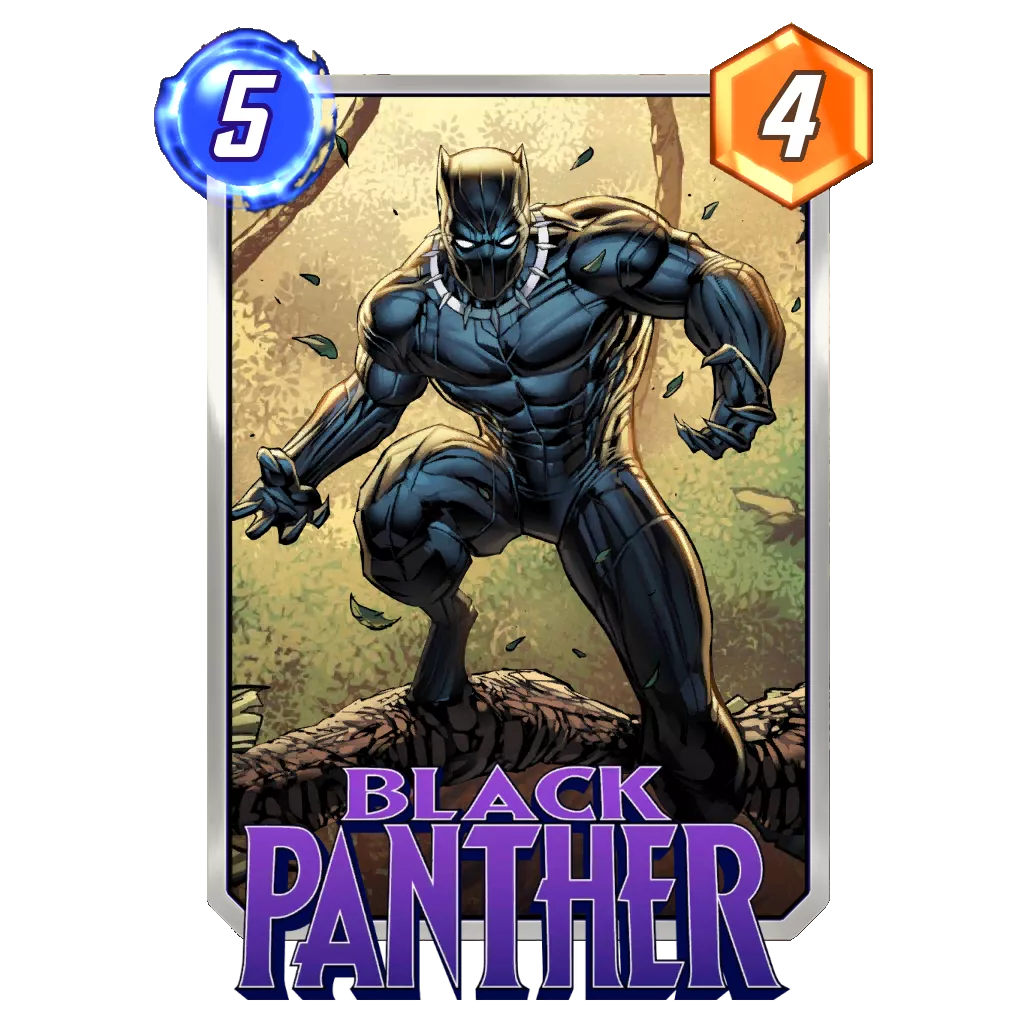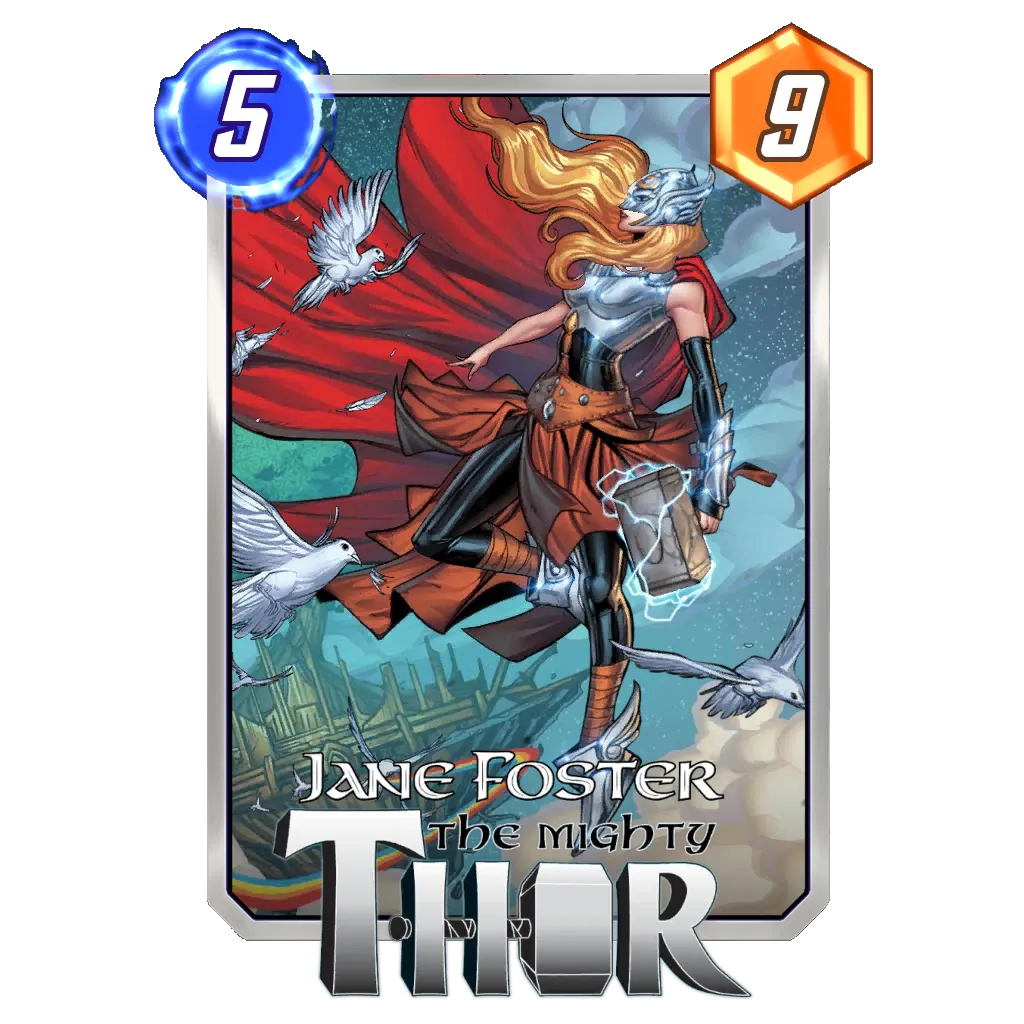Table of Contents
Welcome to our Marvel Snap Meta Tier List for Conquest mode! Each week, we review the best decks in the ever-changing Marvel Snap meta. Then we bring you the decklists, and we provide an in-depth report about them. This report contains information like how their ranks are justified, how to play the decks, and how to build the deck with alternate cards to accommodate different collections.
Marvel Snap Conquest Meta Overview
The last week of the season is often the most important one for those who enjoy competing in Conquest because this is when we can grab the ultimate reward: any Infinite Avatar of our choosing. Most of the time, the meta in Conquest is pretty chaotic with a lot of decks able to put up a solid performance – especially because the league opens at the same time an impactful card releases. On that front, there wasn’t much to note this week considering no one was excited about Martyr.
Another possibility is an OTA shaking the meta on Thursday and changing the strength of some of the dominant decks. That would reshuffle the cards when it comes to what to expect and, more importantly, what to adapt against in Conquest. Once again, nothing happened on that front, which means the meta was bound to be very similar to what we witnessed in the previous week.
The only notable surprise, then, is seeing Silver Surfer make it into the Silent Performers section (even if it isn’t that shocking to see a Werewolf By Night build put up a good performance). Indeed, the card is now undoubtedly the most impactful in Marvel Snap. It represents the most points for its cost, which is always a consideration to evaluate a card. In that regard, even if the card comes down at a mere three power, there are so many solid On Reveal abilities that you really have no excuse for being unable to surround Werewolf By Night one way or another. Bounce, Silver Surfer, and Loki are the three decks that leveraged the card best in Conquest this week, and they could all compete for the top deck to play to get your next Infinity border.
On the other side of the spectrum, we have Annihilus, Professor X, and space limiting strategies, the natural nemesis of Werewolf By Night. In this category, Lockdown, Good Cards, and also Junk have put up solid numbers, and they seem to lead the way when it comes to limiting the 3-Cost card’s ability to grow to crazy amounts of power.
It probably isn’t enough for now if we trust these rankings; Loki took the top spot, and both Bounce and Silver Surfer didn’t make it into Tier 1 due to their play rates, not their Win Rates. Although Annihilus and Professor X are great at what they do, they only come down on Turn 5, and that is plenty of time for opponents to prepare and limit their ability to win a lane. It’s even more difficult because it can be sometimes be easy for the opponent to read the situation and evaluate the impact each card would have on the game. Annihilus is directly connected to The Hood and Sentry, which are indicators of where you should play to limit Annihilus ruining your side of the field. As for Professor X, there are sneakier lines of play with the card. Still, decks with Werewolf By Night can easily move their points around, so it’s often the player trying to use the X-Man who’s in doubt when Turn 5 comes around.
With fewer balance patches on the horizon and a lot of complex interactions to figure out, this meta might be one of the most complex we’ve had in a very long time. Hopefully this report will help you make more sense of the current situation.
Happy Tier List, everyone!
Marvel Snap Conquest Meta Tier List
| Tier | Deck | Guide |
|---|---|---|
| Silent Performer | Bounce | Guide |
| Silent Performer | Silver Surfer | |
| Silent Performer | Double Evolutionary | |
| Tier 1 | Loki Werewolf 🔼 | Guide 🆕 |
| Tier 1 | Good Cards Annihilus 🆕 | Guide |
| Tier 1 | Shuri Sauron 🔼 | Guide |
| Tier 1 | Lockdown 🔼 | Guide |
| Tier 1 | InSheNaut 🔽 | Guide |
| Tier 2 | Discard Dracula | Guide |
| Tier 2 | Deadpool Destroy | Guide |
| Tier 3 | Junk 🆕 | Guide |
| Tier 3 | Mister Negative 🆕 | Guide |
Disclaimer and Tier Explanations
Conquest is not played as much as the Ladder, so it is difficult to have a clear representation of the meta in the game mode. Indeed, there currently is not enough data to precisely assess the power of each deck – even more so when the Proving Grounds have become the default unranked mode for Marvel Snap. Nevertheless, by scanning social media, looking at what players are having success with, and which decks are performing on Ladder, we can form an educated opinion about the best performing decks in Conquest, as well as those worth keeping an eye on.
This Tier List won’t be as detailed as the Ladder one; instead, it will focus on the very best decks right now and a few more worth keeping in mind (similar to the Silent Performers in the Ladder Tier List). I would rather keep this to a shorter list for now so I can provide a more in-depth reasoning, rather than a longer list that I would have to extrapolate on.
Tier 1: Very high Win Rate decks over the last week. These decks look great in the current environment, either because of their overall strength, or thanks to a few match ups they can abuse. Depending on which reason prevails, a deck in Tier 1 can be considered one of the best archetypes in the game, or a great counter to the latest trending archetype.
Win Rate > 60%
Tier 2: Strong decks that are either not completely refined or have a weakness holding them back from Tier 1. When everything goes according to plan, these decks can reach the top of the mountain. However, considering one has to win a lot of matches in a row to successfully run the gauntlet, it is unlikely one of these decks will not face a counter or a deck with a higher points potential that it will have to overcome at some point during a full Conquest run.
60% > Win Rate > 55%
Tier 3: Weaker synergies compared to Tier 1 or Tier 2 if we look at their potential or match up table. Tier 3 decks will typically be decks that can make the most of a meta that has completely forgotten about them (or if one of their good match ups is particularly popular). As such, if we add in the surprise effect, these decks are able to compete against the best.
55% > Win Rate > 50%
No matter which Tier a deck is ranked in, keep in mind that they represent one of the Top 10 or 15 archetypes in the game for Conquest. Also, decks with less than 1% representation are left out, as their sample size is too small to give us a real representation of their strength.
Meta stats and analytics directly from our Marvel Snap Tracker can also be found here.
Tier 1
Loki Werewolf
Rank Justification:
In the last Ranked Tier List, we discussed how Loki was constantly among the better decks, but only truly shone in the hands of the top players. Well, if we look at the Infinity League where people tend to pick their best deck to collect a new Infinity border, Loki is living up to its reputation with close to a 70% Win Rate so far.
Conquest tends to reward decks with the ability to focus on their own game plan and dominate through proactive synergies over the first four or five turns. Then, once in the lead, you can either keep pushing for points, spread them around, or start trying to disrupt the opponent to kill any sort of comeback – especially in the later rounds once you know what cards they are playing.
While the other decks in Tier 1 are pretty good at this strategy, Loki is as close to that explanation as it can get. The Collector and Werewolf By Night are perfect as proactive tools to set you up for points, and Loki gives you both information and flexibility for the last turns of the match. Plus, the deck is flexible enough to include a couple of disruptive cards, so it can even guarantee an edge against other powerhouses in the meta.
How to Play:
Centered around its two signature cards (with support from Quinjet), Loki Collector aims to build a lot of points on two lanes while keeping as many options as possible open for later on. Indeed, if you commit too hard, you might lack the space required for the cards Loki generates, or you might let your opponent know too much about your potential. Speaking of potential, the deck creates many cards during the match, so its biggest strength is keeping the opponent in the dark as to what they should expect. It can also rely on Elsa Bloodstone and Kitty Pryde to build points and mitigate the space used to play low-power cards.
Early on in the match, the deck will set up its anchors, Werewolf By Night and The Collector. As direct support to these two, you have all the cards at three energy or less that will generate cards or move the Werewolf. This iteration of Loki takes a large page from Bounce’s playbook. It looks to leverage the 1-Cost cards to grow both anchors simultaneously, but it is also very flexible in the way is uses the available space. Indeed, constantly finding a way to develop yet never locking yourself out of possibilities is the key to mastering this deck. You will build a lot of points without losing the ability to react to what your opponent does.
Depending on your opponent, the timing of your Loki will vary. If their deck is expensive or runs a lot of counters to your primary plan, you might want to switch early on and create a new game plan with their cards. Otherwise, Loki can be played on Turn 5 to grow The Collector and open a very flexible Turn 6, especially with Quinjet in play. One of the biggest upsides of this deck is its ability to always find new options and play patterns. As such, it is really important to set your mind early on whether you are looking to play with the cards in your deck or trying to generate a new way to achieve victory.
Since Werewolf By Night joined the deck, Loki Collector has used Loki as a Turn 6 option more often – especially if you anticipate finding no On Reveal cards in your opponent’s deck. You can just focus on building a big enough Werewolf to win a lane, and then buff The Collector on the last turn of play to contest the second one. Forge and Nico Minoru can also serve as support for that plan with the power they can grant to other cards, as well as the ability to play them multiple times during a match.
Potential Additions:
Rogue and Shang-Chi are obviously flexible in this deck and can be replaced with other disruptive cards such as Armor and Cosmo. You could also consider Quinjet, Agent Coulson, or Mirage if you like a more proactive approach.
Good Cards Annihilus
Rank Justification:
This is the other powerhouse alongside Loki because it fits that same formula of focusing on developing your own game plan but still annoying the opponent. This week, Darkhawk has managed a great 67% Win Rate so far in the Infinity League.
The deck looks like the best home for Annihilus so far, as the card is considered part of a strong standalone trio with Sentry and The Hood. The important thing is that, combined with the Darkhawk package, we now have nine cards that represent the core of the deck (with Alioth, America Chavez, and/or Doctor Doom often taking two of the three remaining slots).
This looks like the best way of building the deck based on recent results, and having so many of the cards agreed upon by the community has led to the archetype looking more uniform overall. Now there is a list that is clearly dominating the popularity poll, instead of many lists centered around Darkhawk with various results.
Surprise can be a powerful tool in Marvel Snap, but it seems like playing a very strong list across the board does better over time.
How to Play:
A Good Cards deck will typically look to use its energy very efficiently and rely on the standalone strength of its cards rather than complex synergies. The core is usually based around the Rock synergy since it allows you to disrupt the opponent’s deck while building a big anchor for a lane in Darkhawk. Alongside this base, the deck will usually try to mix strong 4-Cost cards to profit from Zabu and great abilities to copy with Iron Lad. Typically, this deck will not develop many points early on. It tries to shuffle Rocks in the opponent’s deck and develop Zabu instead during the first three turns. Unless you are looking to land a disruptive card to block something, seizing priority isn’t a key component of the game plan. Instead, you are using the first half of the match to get set and the second to develop power on the lanes you aim to win at the end of the game.
With Annihilus now in the deck, Good Cards can mix two types of disruption: the Rocks will annoy the opponent’s draws, and the newly added cards will eat up their board space and power on the right lane. With these two possible play patterns, the emphasis for this deck will be on Turns 4 and 5 because this is where you will have to make the important decisions.
- With Alioth in hand, you might want to fight for priority and develop points rather than disrupt the opponent, which gives more importance to Darkhawk.
- Without Alioth, Turn 6 can be flexible and allow you to drop Darkhawk alongside Shadow King, which means you can use Turns 4 and 5 to play Sentry and Annihilus.
Potential Additions:
Shadow King is the flexible card here; it’s mostly included for its cost since it gives you the ability to pair it with a 4-Cost on the last turn of play. With that in mind, you either want to include a proactive option you can play along the curve (such as Cosmo), or another flexible 2-Cost (like Armor, Jeff the Baby Land Shark, Viper, or even Scarlet Witch).
Shuri Sauron
Rank Justification:
I thought Echo was a very strong addition to Shuri Sauron because it helped against both Professor X and Ms. Marvel, but it seems like Enchantress is the better card to run in the deck this week.
Otherwise, Shuri looks like its old self this week. It benefits from a very simple Snap and Retreat strategy that typically doesn’t do so well in Conquest, but it can open the door to some elaborate bluffing. Indeed, with a lot of players usually feeling more pressure when playing in the Infinity League, I’m sure you could leverage that pressure to erode your opponent’s health through early Snaps being met by a quick Retreat.
How to Play:
Shuri Sauron is based around the idea of cancelling negative Ongoing abilities with Sauron and abusing Shuri to create a huge amount of points. In that regard, the deck is very rigid in the mid-game since Turns 3, 4, and 5 are almost always the same: Sauron → Shuri → any card worth doubling the power.
Often times, Turn 2 will also be dedicated to Armor as a way to prevent an opposing Shang-Chi from ruining your plans. Speaking of Shang-Chi, Vision is another way to play around it, as hitting a moving target isn’t so simple.
This leaves only Turn 1 and Turn 6 to be truly flexible, with Nebula or Zero taking up the 1-Cost slot and Taskmaster usually being the default Turn 6 play alongside Ebony Maw.
If this very straightforward approach can lead to a ton of points on two lanes, it also often doesn’t equate to a lot of cubes. Indeed, unless you are Snapping aggressively, the opponent can see the points coming and will rarely stay in the game once you show Shuri (and they can’t handle it). This creates two important factors to take into consideration when playing Shuri Sauron:
- You have to accept Snaps early in the game, especially when Sauron and Shuri show up.
- You need to find lines of play even when you don’t have the best play pattern with the deck, especially when the opponent does not Snap. Even without Shuri, the deck can develop a solid amount of points in order to find some potential game winning lines of play. Enchantress for example, represent a good example of an alternate line of play
Potential Additions:
Echo is still regarded as a solid 1-Cost in the deck. Otherwise, Alioth also sees play.
Lockdown
Rank Justification:
Here is another deck that has included the Annihilus package to its arsenal. I was a little more surprised to see Debrii in the deck, as the card can often be a problem with Ms. Marvel since the Rocks are 1-Cost cards. However, Debrii is a great card against Werewolf By Night and decks with a lot of small cards to play, so it might be considered a strong standalone card in the current meta. Nevertheless, Lockdown resurfaced this season with the addition of Ms. Marvel, and, although we have seen several lists make strides during the month, the archetype solidified its position as a top archetype in Marvel Snap as time passed.
For this first portion of the Infinity League, the deck is including many more reactive cards than it did all month. Shang-Chi and Valkyrie have replaced the usual Doctor Doom, Gamora, America Chavez, or Daredevil. It might be that this way of building the deck is stronger now that Annihilus is a key part of it. However, we also can’t dismiss the fact that maybe Lockdown wasn’t really able to compete on points with the cards we discussed above, so it had to put the emphasis on the disruption.
The Win Rate, a solid 62%, seems to indicate that this is a valid direction – especially for a new build with plenty of room to grow by the end of the season. Still, you can’t dismiss the surprise effect, either, and I wonder how much the performance could suffer once more people expect Valkyrie, Shang-Chi, or Debrii from their opponent.
How to Play:
Most of the time, the goal with this deck is either to develop points flexibly or hide from your opponent where you plan to act. You can also aggressively block your opponent’s play patterns, which is easier in Conquest where you should gather information from one round to another. With Ms. Marvel in the equation, Lockdown is trying to lock one of the side lanes with Storm or Professor X in order to land Ms. Marvel in the middle for support.If you expect your opponent to run an Ongoing counter, you could play Storm on Turn 3 in the lane where you wish to play Ms. Marvel so the opponent can’t land their card later on.
The Annihilus package has put the emphasis on disrupting the opponent more than trying to develop points across the board. Indeed, without Medusa, Gamora, or Doctor Doom, you need to lock lanes so you can make sure the opponent won’t be able to compete there. Typically, the right lane is the important one since donating The Void is a key part of the game plan. To do so, you can Storm that lane, play Sentry somewhere else, and Annihilus will simply send The Void later on. Since that location is closed, it is typically impossible for the opponent to fill it as a counter play.
Professor X represents your other way of locking a lane on Turn 5, but it requires you to have built a lead (or disguise your intentions well enough to avoid the opponent taking the lane away from you) to create a very favorable position going into the last turn of play. You can also support that lane with Ms. Marvel, but you’ll still need more points overall because you probably landed less disruption throughout the course of the match.
As for the location you couldn’t block, the deck packs plenty of disruptive cards to deal with that. It is up to the pilot to find the ideal way to come out on top. It can be through points, as Sentry plus Annihilus is 17 power and can be supported by Ms. Marvel and Jeff the Baby Land Shark on the last turn. You could also try to land a Shang-Chi or Valkyrie to turn a lane around if you don’t expect your opponent to play Alioth on the last turn.
Potential Additions:
Lockdown has seen various builds work very well, which makes it one of the most flexible archetypes right now. Daredevil, Gamora, Iron Lad, Doctor Doom, Viper… There are many cards that can help you adapt the deck to your play style or opponents.
InSheNaut
Rank Justification:
It’s been a roller coaster of a season for InSheNaut. Despite all of the ups and down, Conquest has been the preferred mode for the deck. It once again shows up at the top with the Infinity League opening.
The only question about the build that remained unsolved this season is whether you should play Nebula or Leech, as both lists have posted various results throughout the course of the month. Nebula helps with the proactive part that seems so important right now, but with Loki gaining a ton of popularity (and Bounce rising as well), Nebula is difficult to grow because Falcon and Beast make sure the opponent always has a cheap card to play on that lane. On the other hand, Leech isn’t so good if you are too far behind by Turn 5; it remains a great card to shut the door if you got off to a strong start, though. Plus, there aren’t that many big cards that are played on Turn 6 right now. It’s often is a combination of a 4-Cost with a strong ability plus a tech card or Alioth, both of which are heavily punished by Leech.
With this in mind, it seems logical to see the Leech-based list do a little better this week, posting a 61% Win Rate when Nebula would have placed the deck in high Tier 2 instead.
How to Play:
The goal with this deck is to make the game about points – a battle you are more than suited to win. Ideally, the deck wants to play Magik on Turn 3, Leech on Turn 5, and profit from passing Turn 6 with Sunspot and Misty Knight before dropping two high power cards on Turn 7. However, there are many more play patterns in the deck to achieve victory:
- With Armor, Cosmo, and Leech in some variations of the deck, the deck has quite a formidable disruptive ability against many different decks, in addition to the ability to protect it’s own important cards.
- If Shocker hits The Infinaut, it unlocks a pattern where you pass on Turn 4, play The Infinaut on Turn 5, and then play Evolved Hulk on Turn 6. When reducing either of your 6-Cost cards, you can pass on Turn 5 and play the reduced one plus She-Hulk.
- Without Magik, you can try passing Turn 3 or 4 to play She-Hulk early and follow with a big Evolved Hulk on Turn 6. With Limbo and no Leech, you could also pass on Turn 5 to do the same “The Infinaut into Evolved Hulk” kind of pattern.
- With a hot start through the 1-Costs giving you a nice lead, you might not want to create Limbo and give your opponent more time to mount a potential comeback.
Playing InSheNaut the right way often comes down to identifying which patterns are available and then evaluating how many points you need to win.
Potential Additions:
Nebula remains a great card to run if you manage to dodge Loki or Bounce.
Tier 2
Discard Dracula
Rank Justification:
Similar to Shuri Sauron, Discard Dracula has barely moved deckbuilding wise. The archetype’s performance is mostly based on the environment rather than the deck itself. Indeed, since Hellcow‘s buff to eight power, the list has only experimented with The Collector before quickly going back to Daken.
The reason why Discard looks better this week compared to the last is because Loki gained a lot of popularity, and this archetype is one of Loki’s worst match ups. It obviously isn’t enough to make Discard a Tier 1 deck currently. The synergy simply doesn’t seem flexible enough for that distinction, but it surely helps to elevate it among the decks that are regarded as competitive but not quite part of Marvel Snap’s elite group.
How to Play:
Discard Dracula aims at developing as many points as possible while dodging cards like Shang-Chi (destroys a big Morbius), Cosmo (no more discards on that location), Mobius M. Mobius (resets Swarm to base cost), and other disruptive tools. Ideally, the deck will discard as often as possible, except when Morbius, Daken, or Dracula are at risk, as these three typically represent your largest points contributors. Then, if you have all three, you might want to split them, either with one on each lane, with Dracula alone (if you have Apocalypse), or with Morbius alone (If you anticipate a ton of discards during that match).
Your other cards can also contribute to quite a lot of points, so you should never have to rely on one card alone to win a location. Still, a 20+ power Dracula can do that fairly easily. Daken, in particular, will typically be an eight power card, which is great for a 3-Cost but often not enough to secure a location on its own.
Apart from Hellcow and MODOK, which will typically be used over the last two turns, all the other discards are targeted, meaning you can control their outcome and plan accordingly during the course of the match. With Mobius M. Mobius roaming in various decks, I would advise you to just play Swarm whenever the card is a 0-Cost, at least until you get more information about your opponent. This leads the deck to be very tempo oriented because it is looking to maximize the use of its available energy on every turn if possible, especially if it can discard safely.
Overall, Discard Dracula kind of plays itself when it comes to which cards make sense to use on each turn. The emphasis as a pilot should be on where to place your cards and what information you want to hide from your opponent, rather than just slamming points on the table.
Potential Additions:
Silver Samurai and Gambit can replace other abilities that you might be missing.
Deadpool Destroy
Rank Justification:
I expected the emerging Destroy list (i.e. the one mixing some Lockdown synergies with Destroy’s high tempo in the first half of a match) to remain the best build around the synergy in Conquest, but the deck saw very little play in that mode this week. Deadpool Destroy, however, remains a very popular deck, even if the meta doesn’t looking too good for it. Indeed, Armor and Professor X gained some momentum since Annihilus joined Marvel Snap since both cards can be nice disruption against it. Unfortunately, these two are also pretty good against Destroy, which naturally leads to the archetype feeling a little worse.
It still managed to post a 57% Win Rate, which is enough to be considered a top 10 archetype. The potential is definitely there to win the five necessary matches to grab an Infinity avatar. Still, Destroy also looks like one of the riskiest picks with some pretty difficult-to-overcome cards roaming the meta.
How to Play:
If you find Deadpool in your opening hand, buffing it with Forge or Nico Minoru and destroying it over and over again until Turn 6 is the main concept with this deck. But there are other ways to score lots of points.
First, it is important to understand the role of X-23: to give you energy on specific turns so you can break the expected timing your opponent has for your cards. For example, going for Deadpool plus Taskmaster on Turn 5 can throw an opponent off, and it opens a Knull play on the following turn. Similarly, if you destroy X-23 on Turn 5, you can play both Deadpool plus Knull, or Arnim Zola on Turn 6.
Since you are playing a deck that is easily recognizable and well known in the community, finding those unusual ways of developing your play patterns will open avenues to catch your opponent off guard.
Once you understand the key concepts around your 1-Costs, the rest of the deck is really about dodging the opponent’s traps. Death needs to be played as soon as possible if you suspect your opponent is playing Mobius M. Mobius. Killmonger can be used to destroy opposing cards, not just your Deadpool. Last, Arnim Zola can also be used on Knull, Death, or Venom to create a lot of points.
Potential Additions:
Taskmaster replaces Arnim Zola for some players, while Hulkbuster is sometimes replaced with a disruptive, match up based card.
Tier 3
The more we advance into the season, the more the meta revolves around the same archetypes. Loki, Good Cards, and Lockdown have been fighting at the top of almost every report this month, logically eating up a lot of the space emerging decks could have used instead. Conquest is no different, especially when it comes to the Infinity League where the stakes can push someone to go with a deck everyone is praising over a homebrew or some new synergy they didn’t have enough time to test thoroughly.
Two decks have still managed to make some strides, at least at their level, on the back of very committed strategies. Both Junk and Mister Negative have little more than a plan A that will typically dominate an opponent who is unable to nip it in the bud. It might be weird to get away from at least a bit of flexibility in Conquest; playing such strategies will often mean losing cubes every time your deck isn’t drawing the right cards, especially against a seasoned player who can recognize the situation and Snap. However, this is kind of the only way to compete with the dominant decks right now. They can’t really be attacked with another flexible deck because they are in the dominant position. Thus, the logical choice is to find a synergy that they don’t match up well against and hope to abuse it.
This is exactly the situation Junk and Mister Negative have found themselves in. They have the ability to compete when everything goes right, as Junk is pretty strong into Loki and represents a great synergy against Werewolf By Night. Junk still has to solve the Destroy match up to feel strong in the current meta, which might be the reason why the deck is running both Professor X and Shadow King. As for Mister Negative, the deck still has one of the highest ceilings in the game, and it might have found a way to stabilize with Killmonger. Unfortunately, it is still too inconsistent to be more than a Tier 3 deck for now.
A veteran player might take these sorts of deck to the same level as Discard or Destroy, but it just feels like the decks at the top have found such a perfect mix of cards that archetypes trying to emerge are forced to rely on some unbalanced game plan to make it through.
Junk
Mister Negative
Closing Words
The trio of Loki, Good Cards, and Lockdown seem to have a solid grasp on the meta, even if some archetypes join them in Tier 1 and post a solid performance in Conquest or Ranked at times. They represent well the Werewolf By Night, Annihilus, and Professor X trinity. Through the ability of building points without committing to a specific location with Werewolf By Night, disrupting the opponent while growing your points total with Rocks and Darkhawk, or forcing the opponent to play very proactively to avoid seeing a location close and limit their available space, it seems like the top three decks found a way to combine both a simple game plan to play with and a difficult game plan to play against into one deck.
I’m not sure if their potential is out of line, though. Shuri Sauron managed to sneak in and post a better performance than Lockdown in the Infinity League. Also, InSheNaut can rely on Armor and Cosmo to shut down Alioth, which is the most used 6-Cost in order to cut any comeback potential. There are some strategies that can fight on somewhat even ground. Nevertheless, it seems like the magic formula has been found for the current meta. Seeing Bounce (which is very close to Loki in how the deck is built) and Double Evolutionary (which is reminiscent of InSheNaut) in the Silent Performers section is proof that we know how to build a deck to post a solid Win Rate in Conquest right now.
Can the meta still change before the next season or balance update rolls around? Honestly, I doubt it. I think the change will come from Werewolf By Night suffering a nerf eventually. Still, it isn’t necessarily for the worst. The dominant decks are also very flexible, and we have seen them evolve over the course of the season. This gives a sense of movement to an environment with the same few archetypes routinely putting up better numbers than the rest.
I wish you the best to beat the Infinity League! May you succeed, whether you pick a proven deck or decide to trust your own creation. If you need anything, you can find me on the Marvel Snap Zone community Discord, or follow my Twitter page where I share decks and biased opinions about the game.
Good Game Everyone.

⭐ Premium
Enjoy our content? You can Support Marvel Snap Zone and your favorite content creators by subscribing to our Premium community! Get the most of your Marvel Snap experience with the following perks for paid membership:
- No ads: Browse the entire website ad-free, both display and video.
- Exclusive Content: Get instant access to all our Premium articles!
- Meta Reports: Exclusive daily meta reports, such as the Ultimate Card Metrics Report, Top 10 Decks of the Day, Top 30 Cards, and Top Card Pairs tailored for you!
- Team Coaching: Join our free weekly team coaching call sessions on the Discord server. Claim your Premium role and gain access to exclusive channels where you can learn and discuss in real time!
- Premium Dashboard: Get full instant access to the member-only dashboard, the all-in-one page for all your benefits.
- Support: All your contributions get directly reinvested into the website to increase your viewing experience! You get also get a Premium badge and border on your profile.
- Special offer: For a limited time, use coupon code SBYREX4RL1 to get 50% off the Annual plan!
























